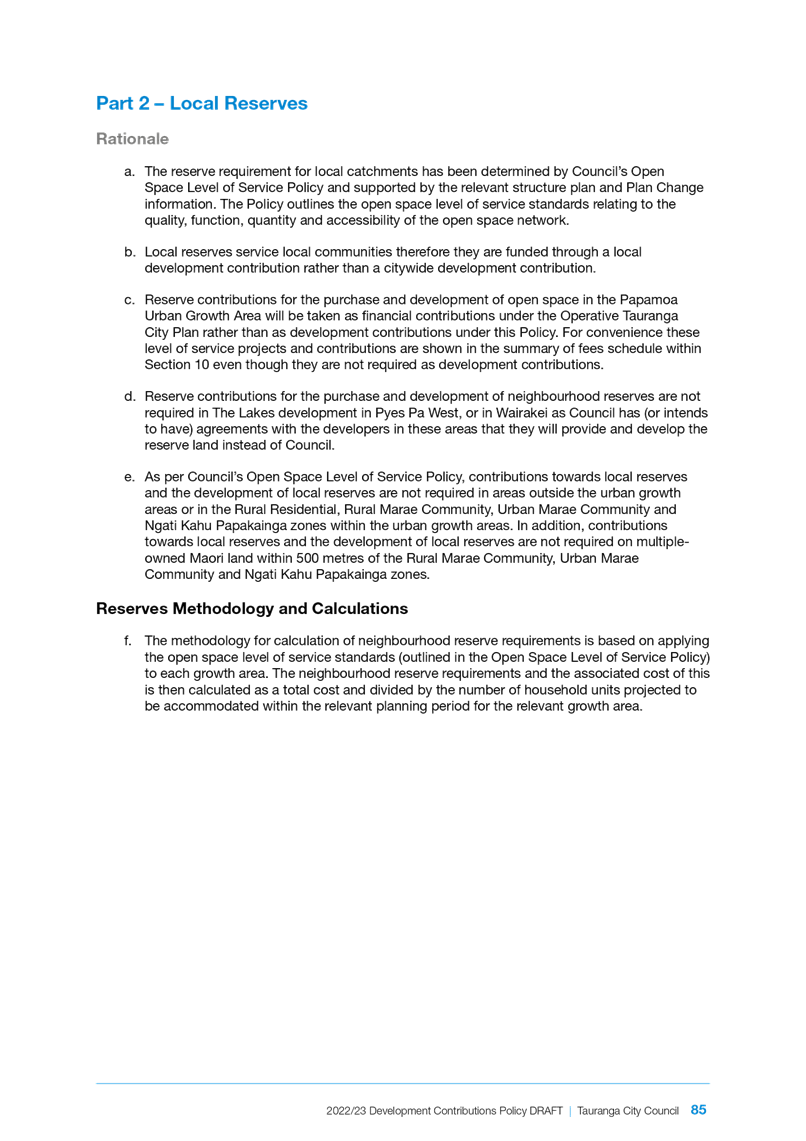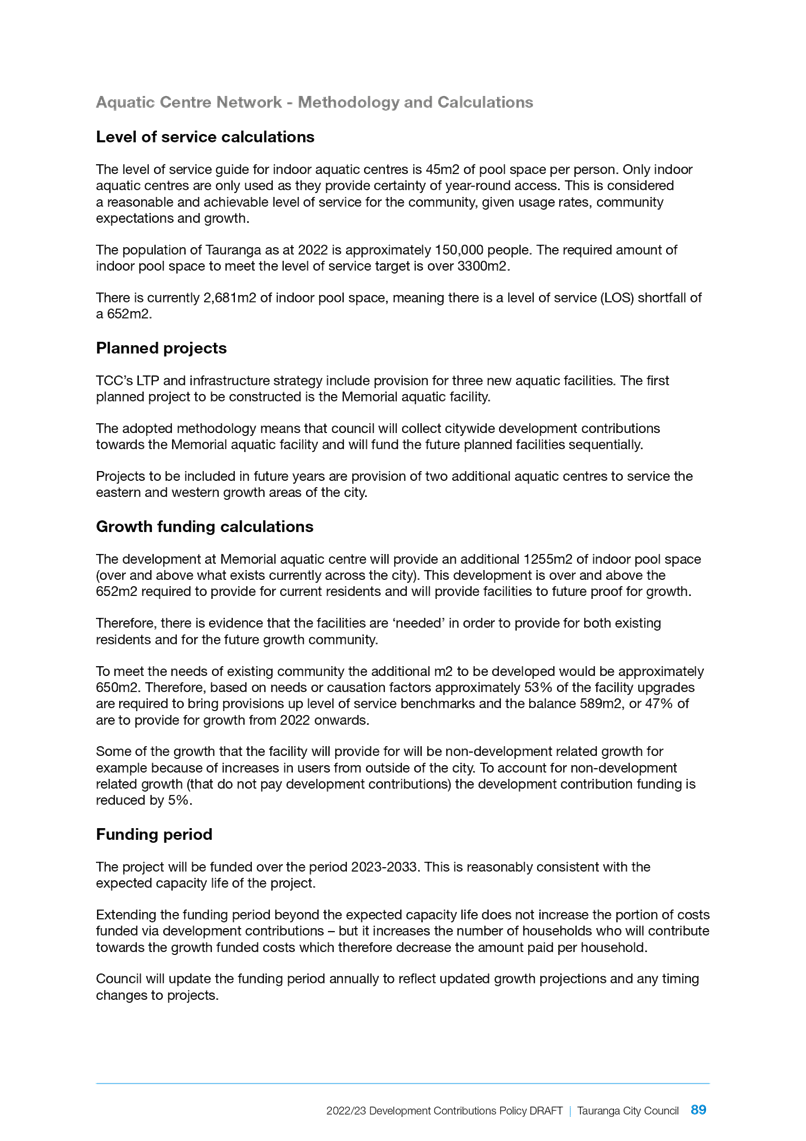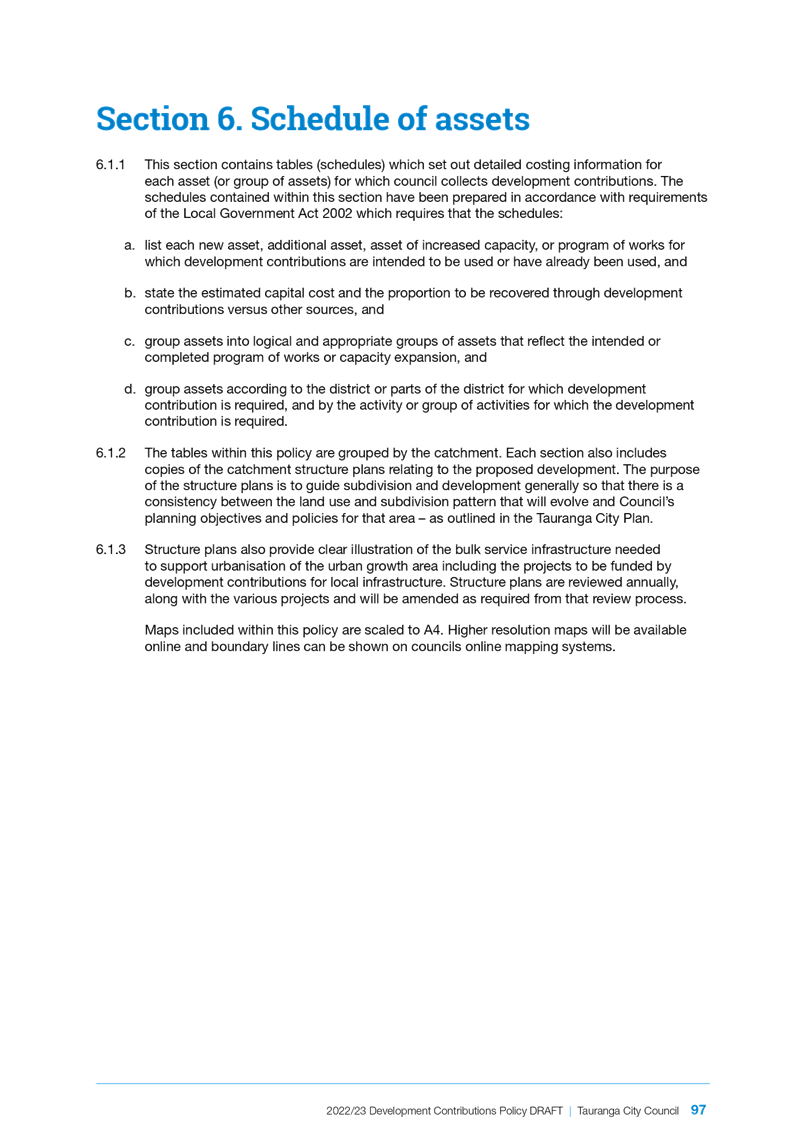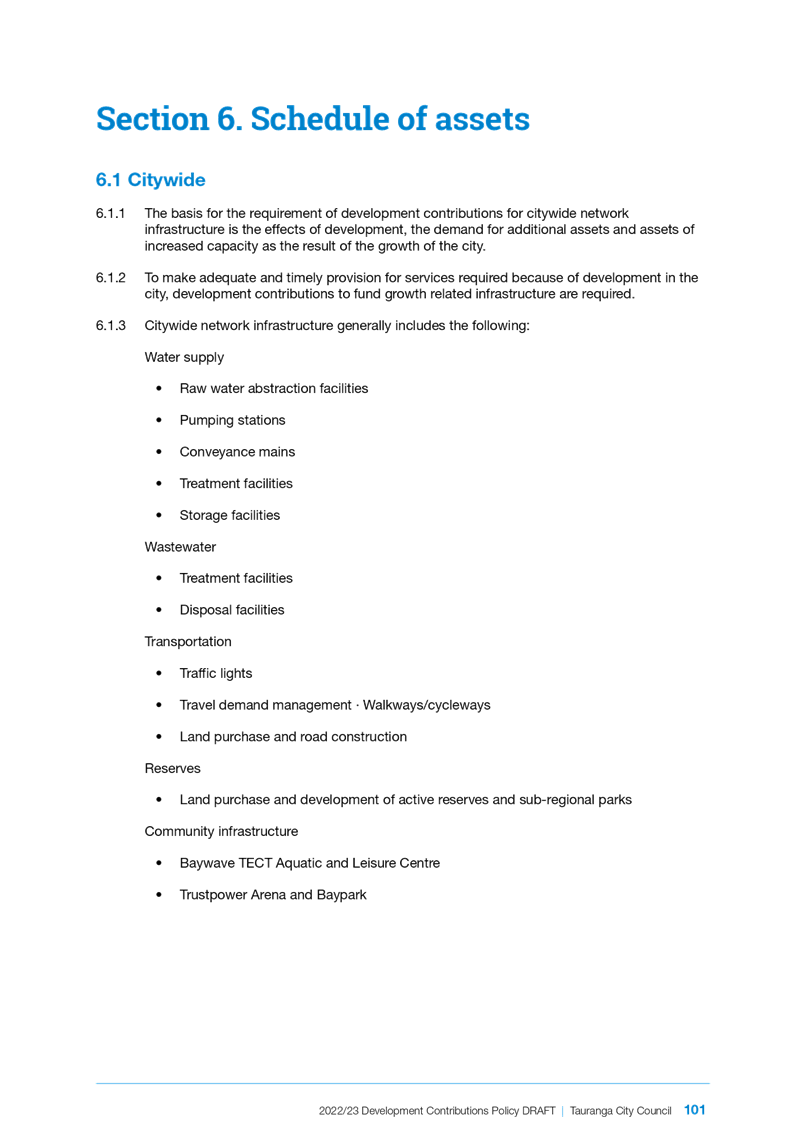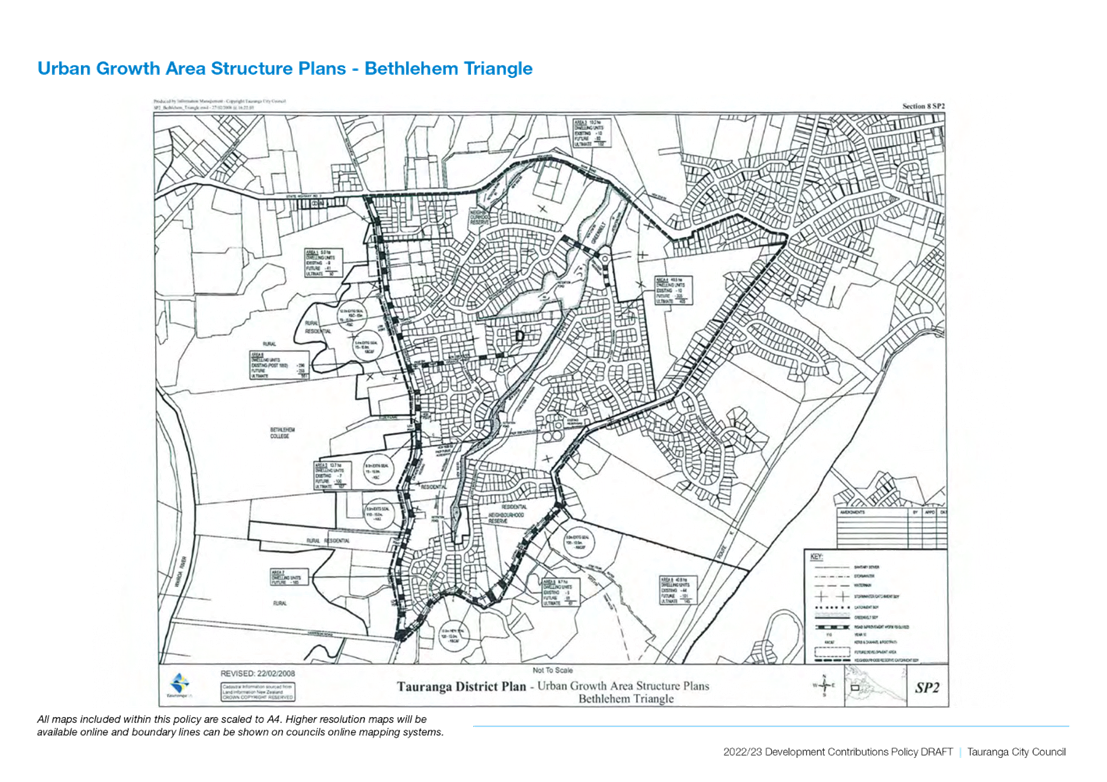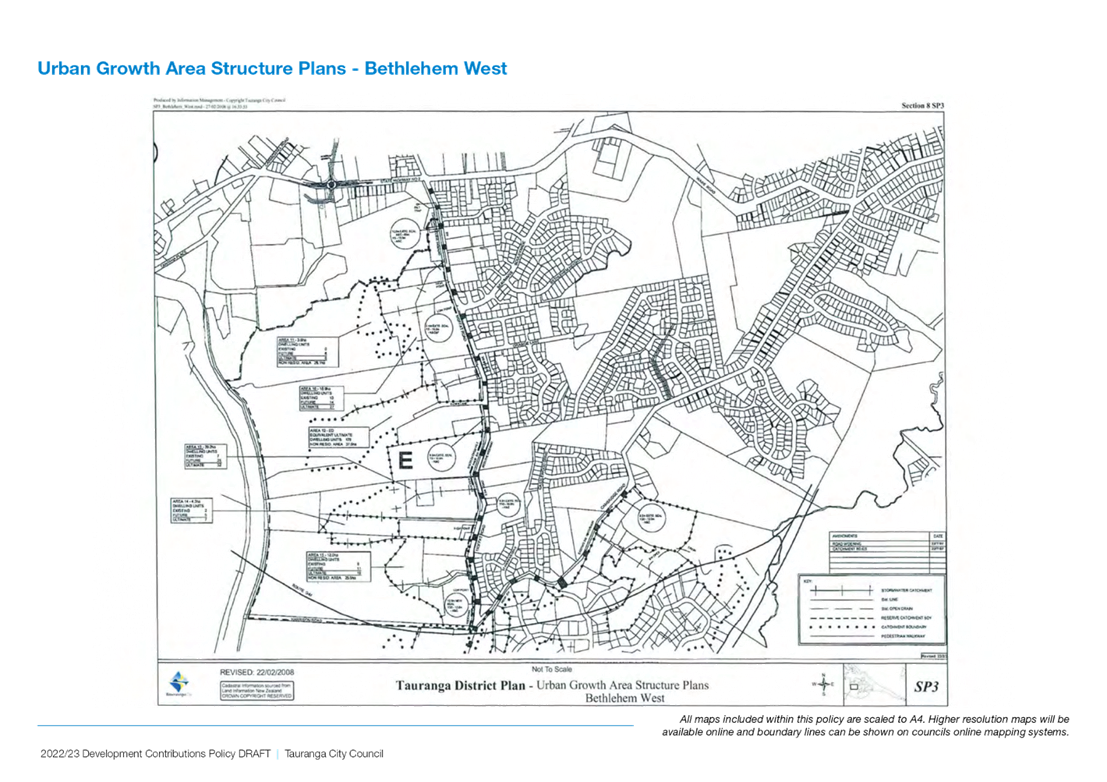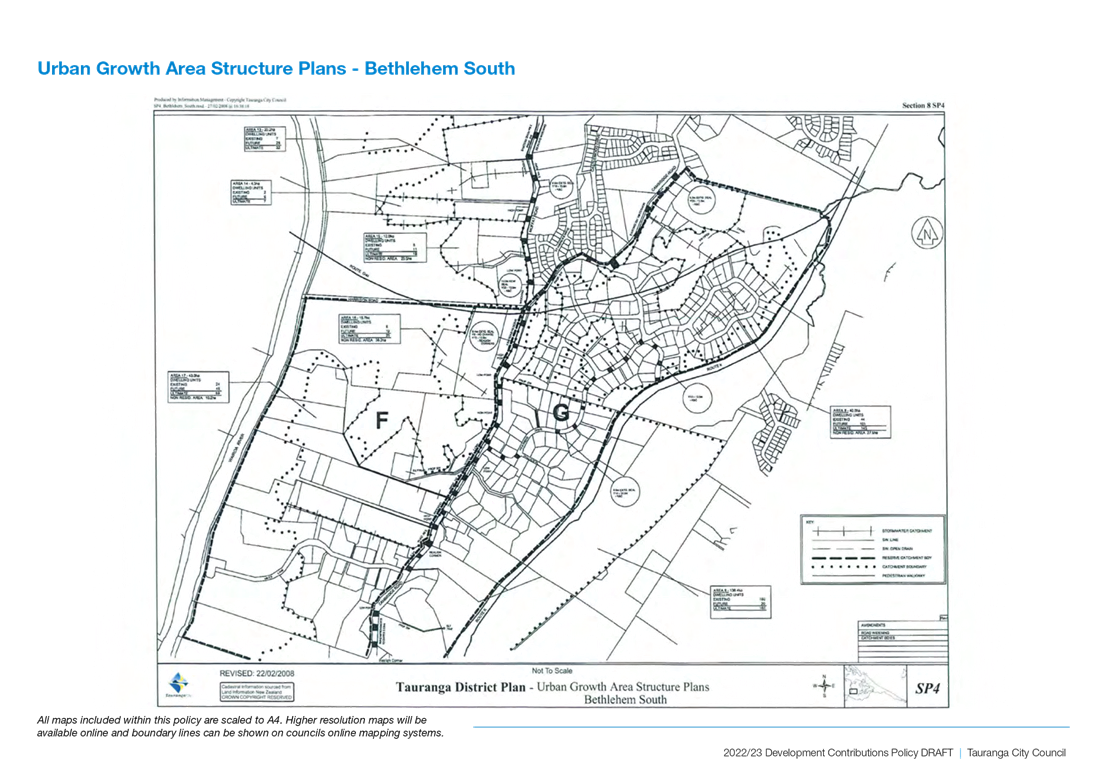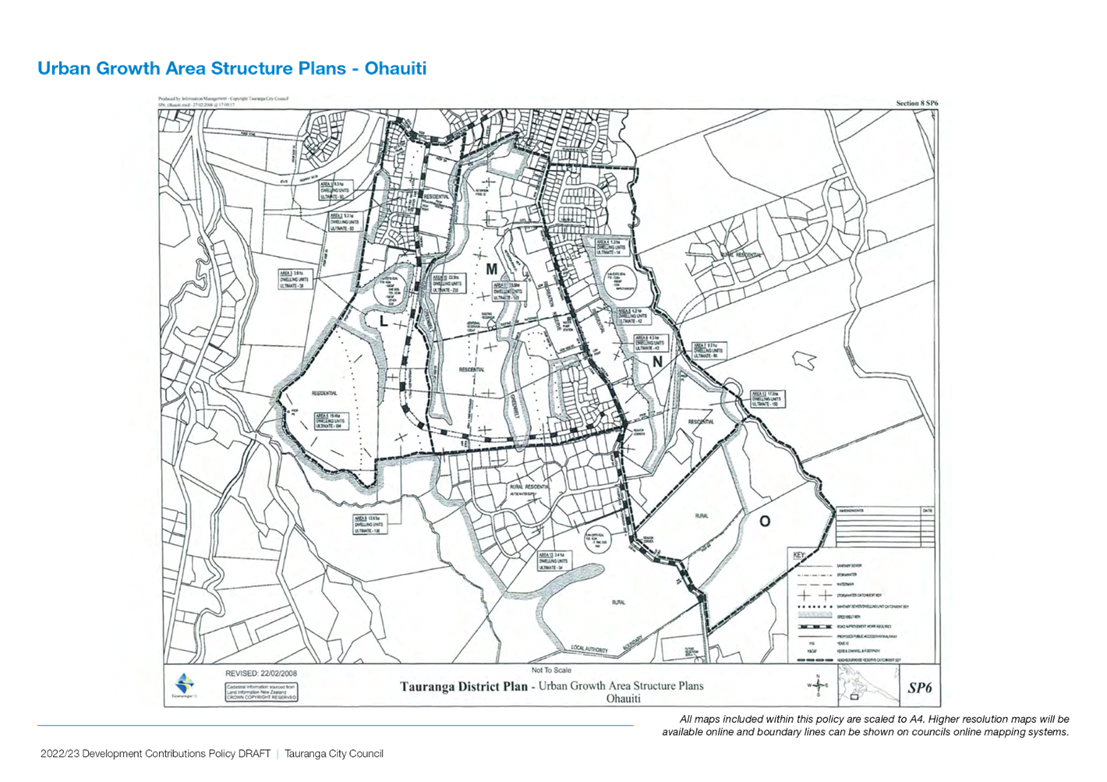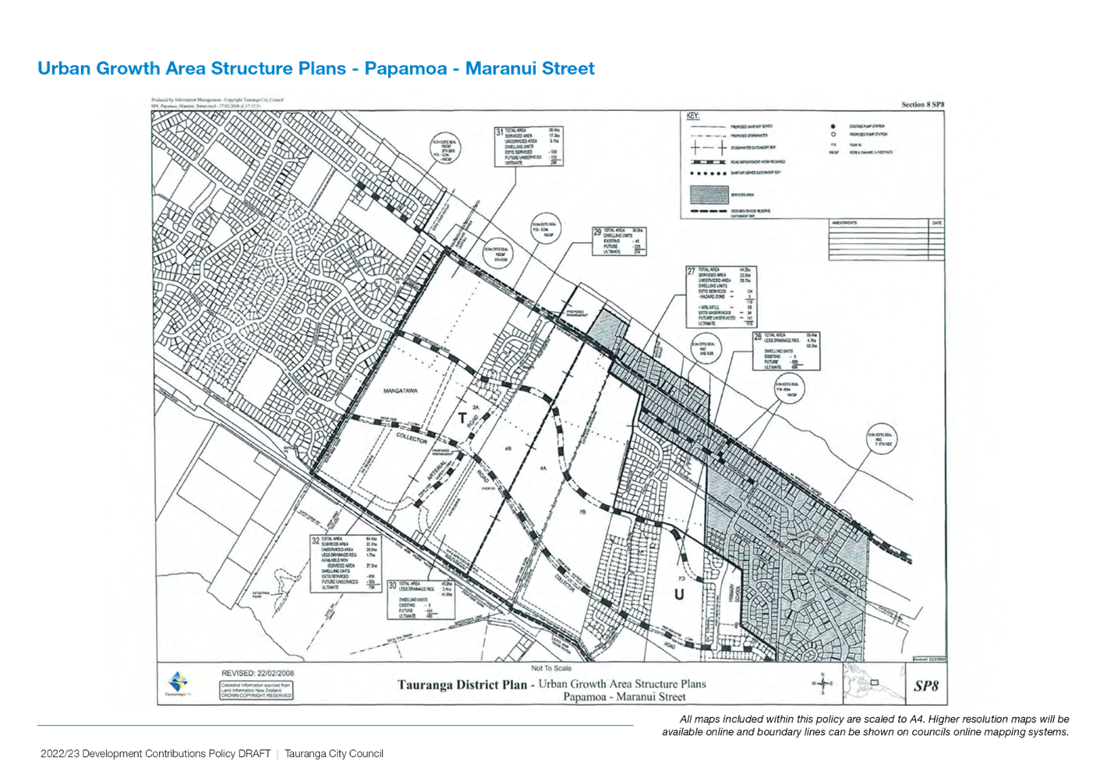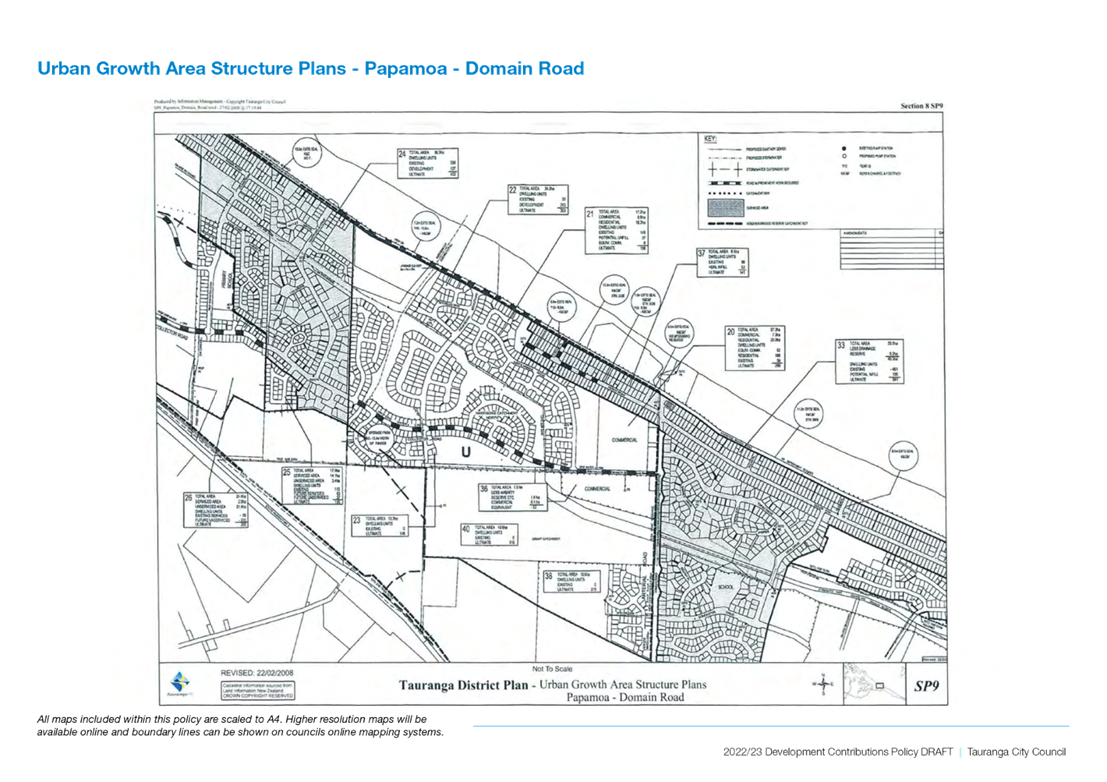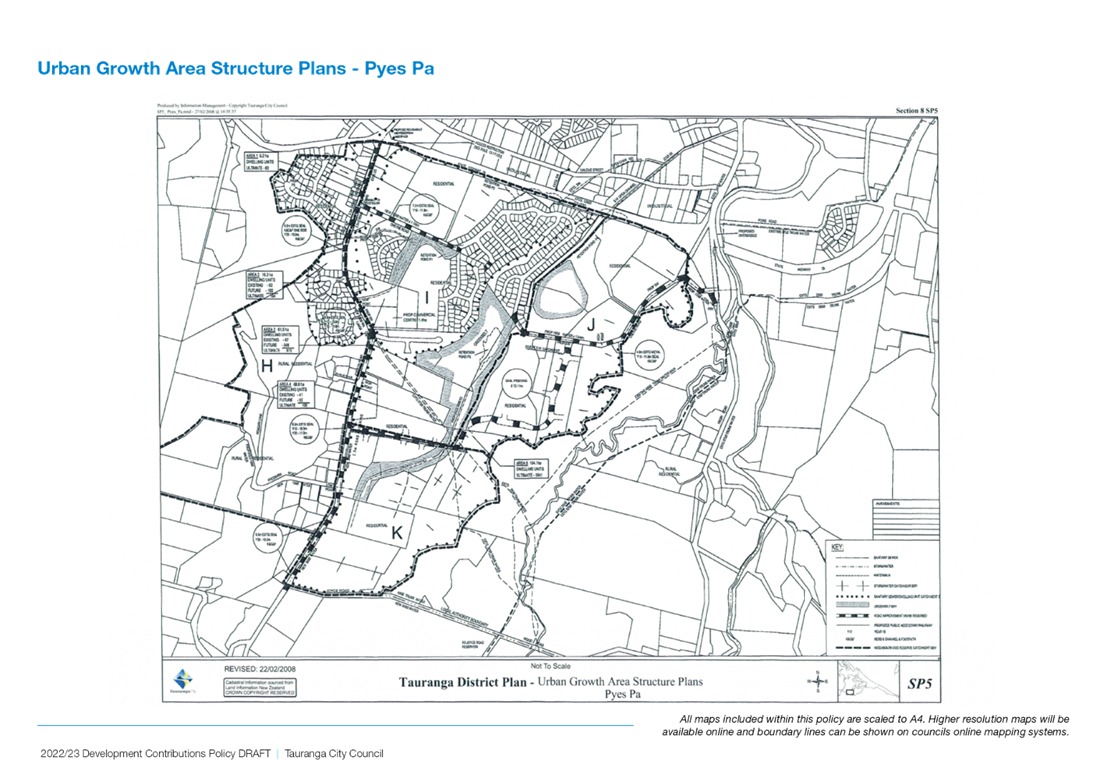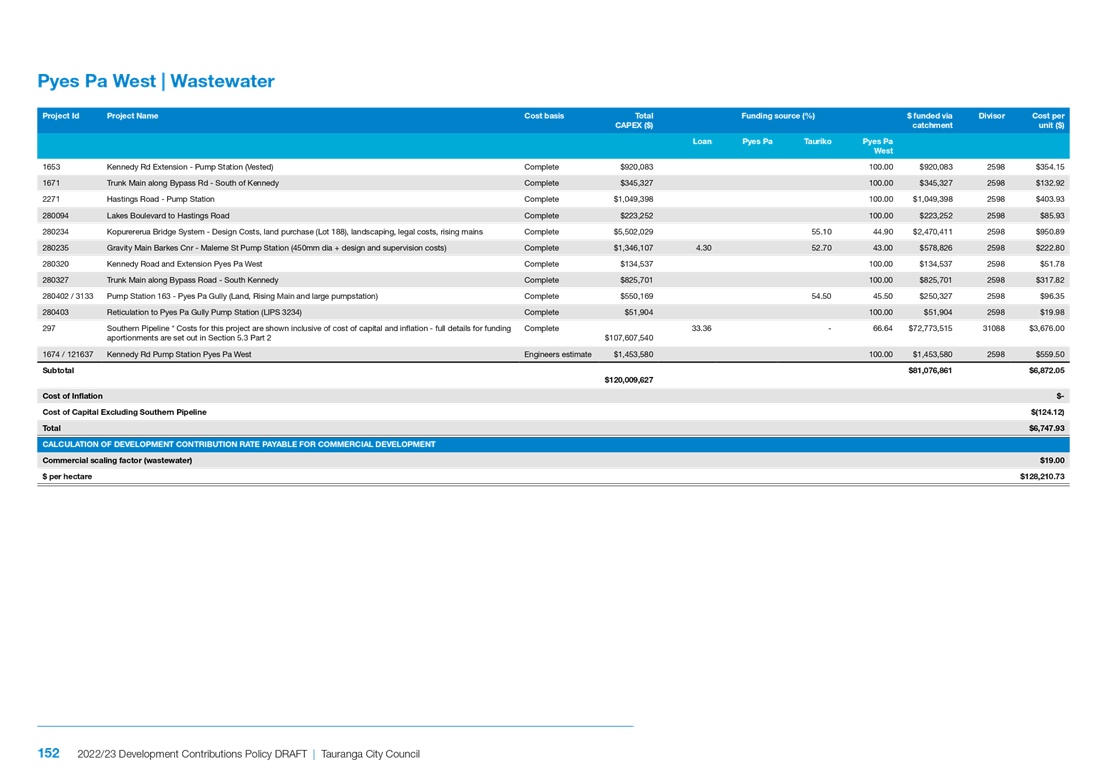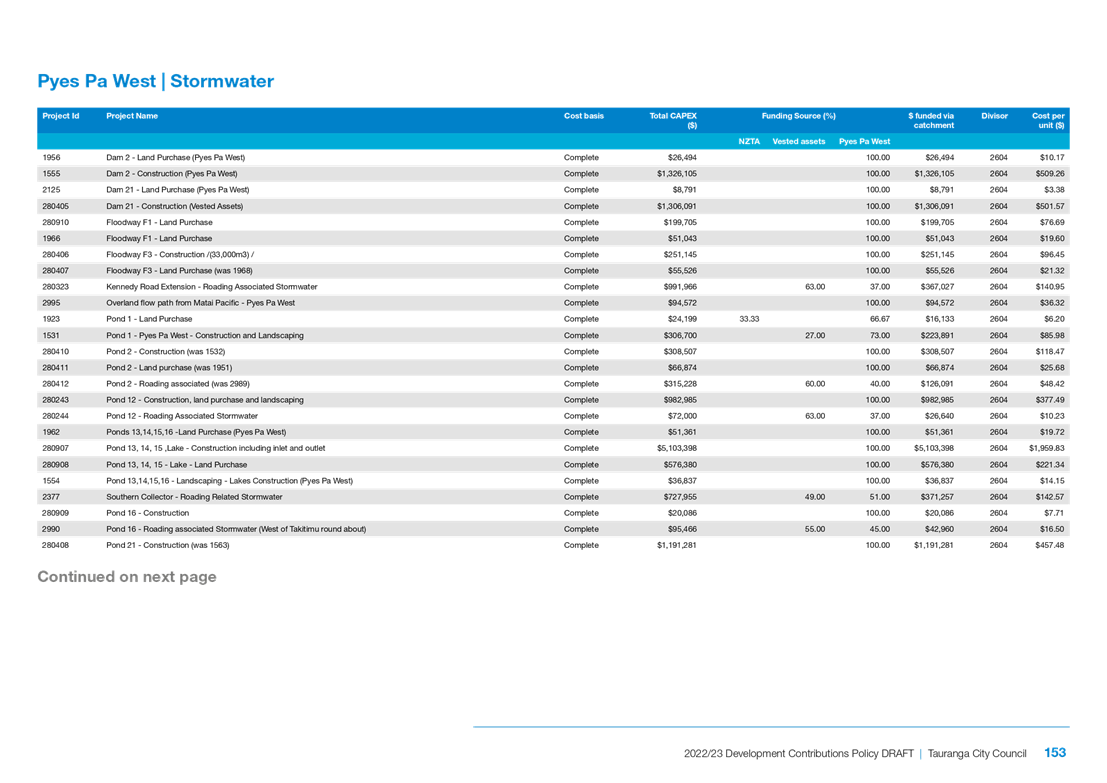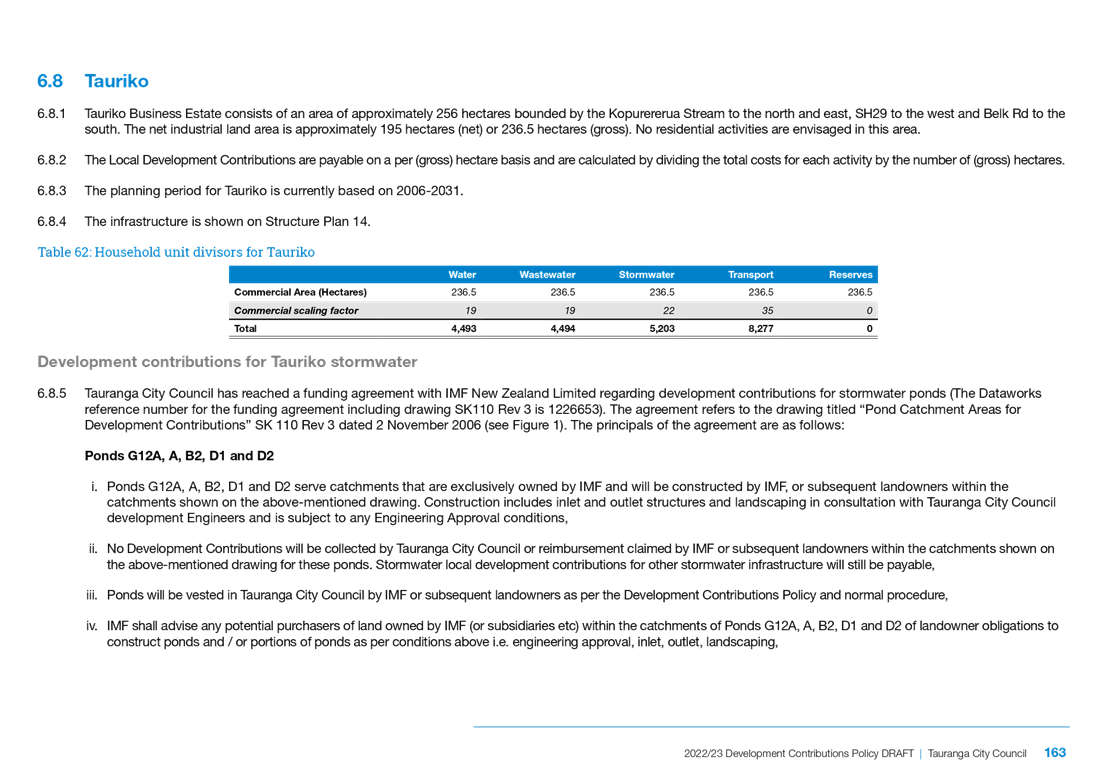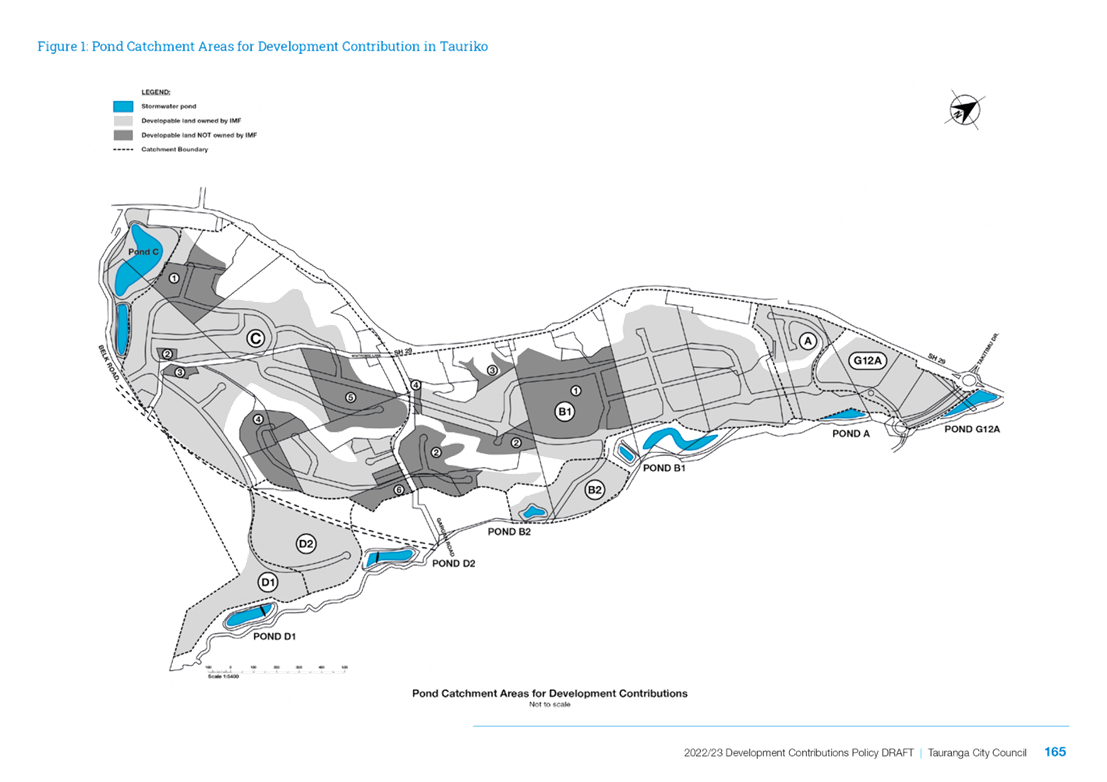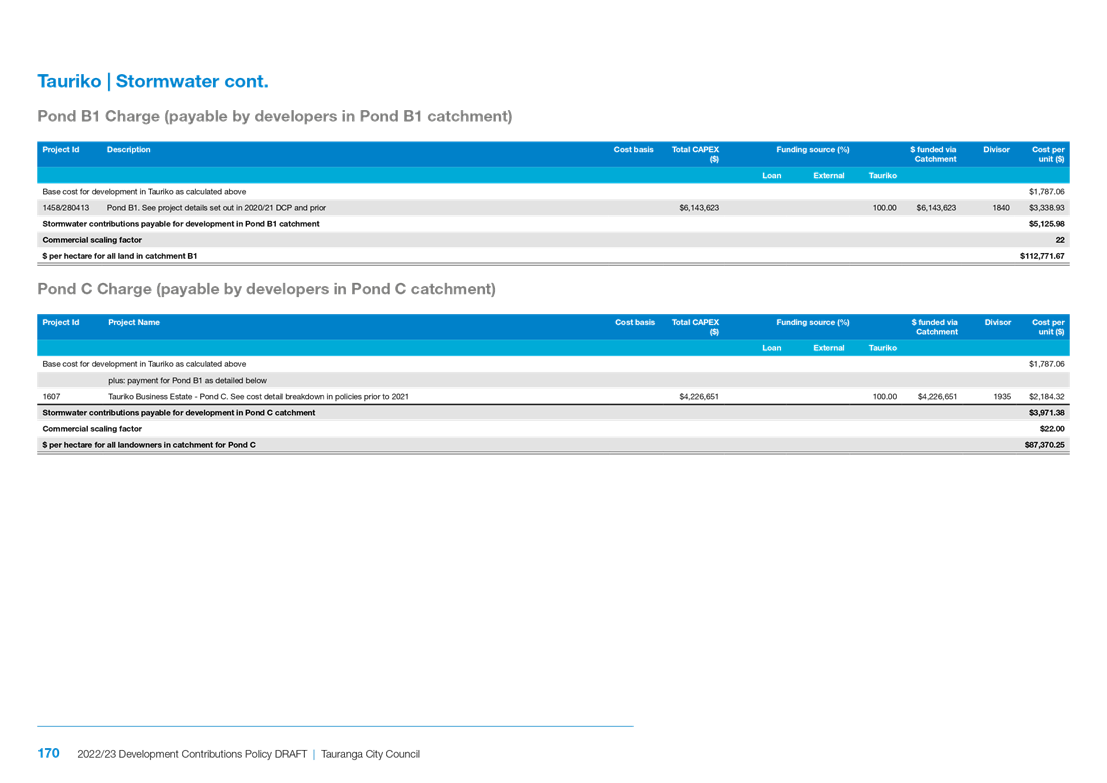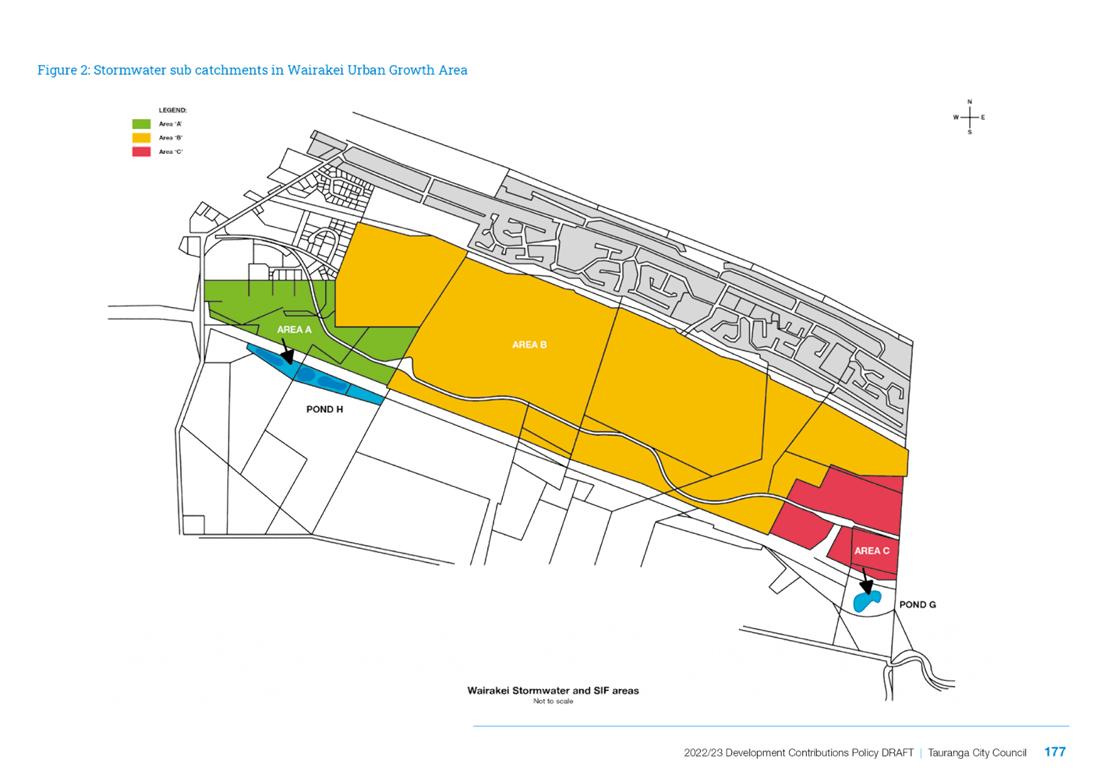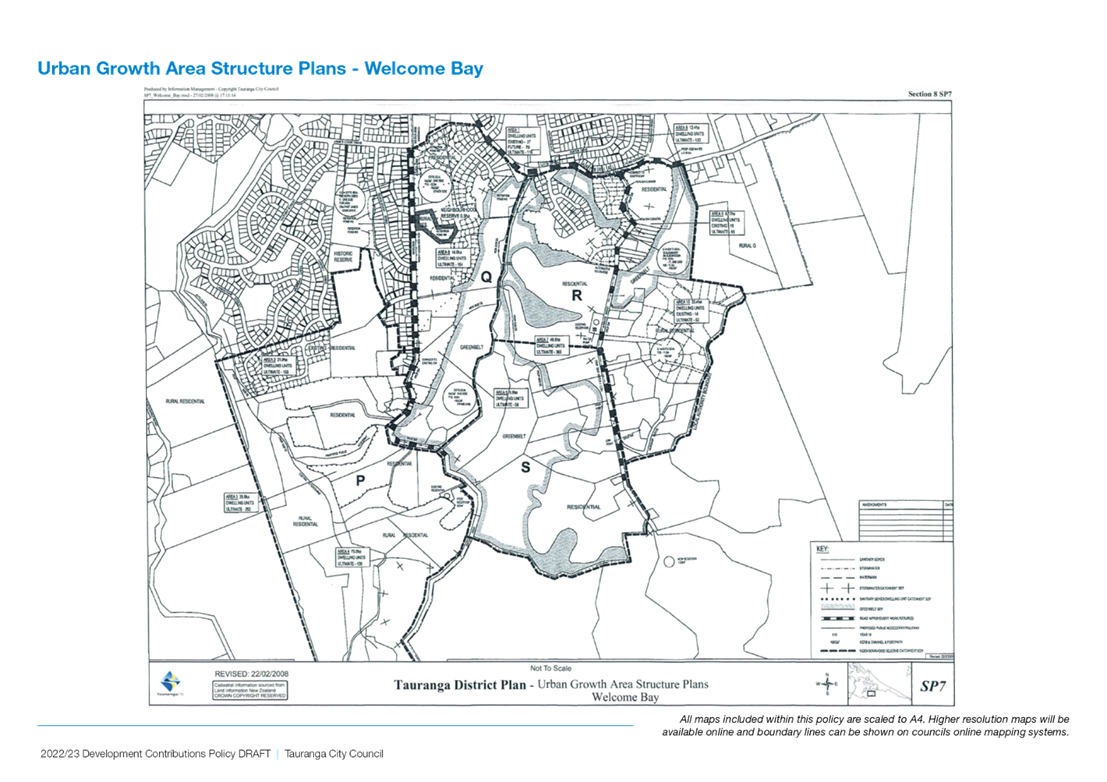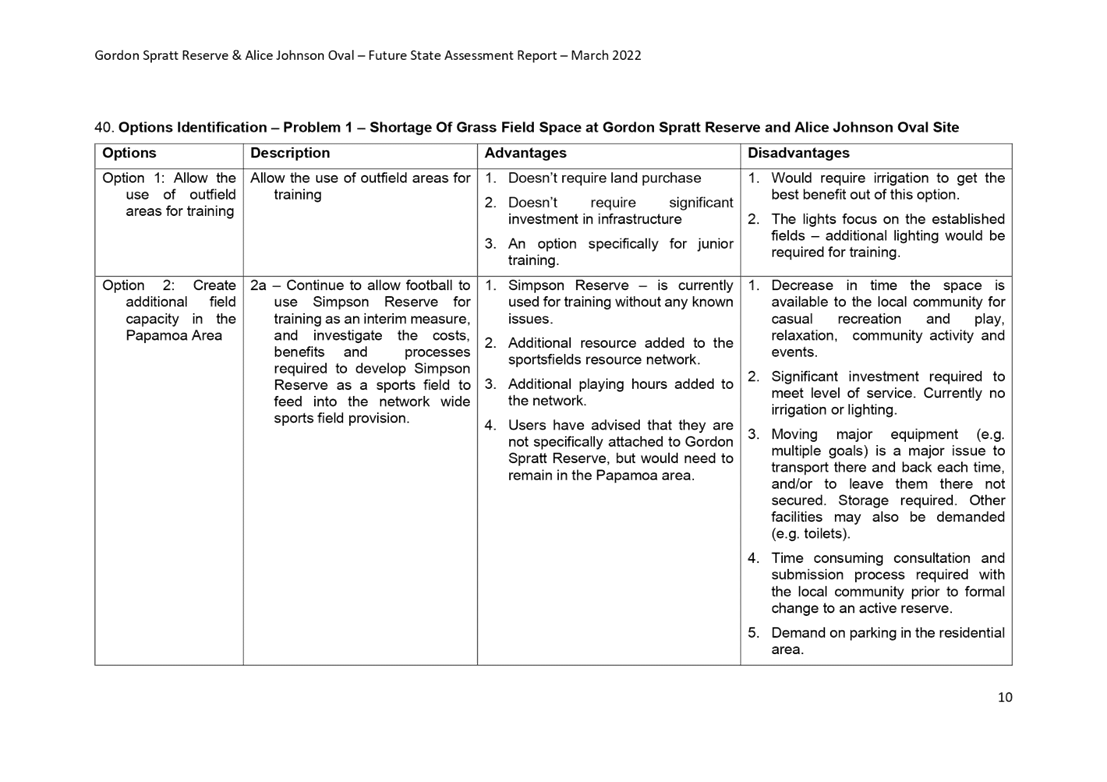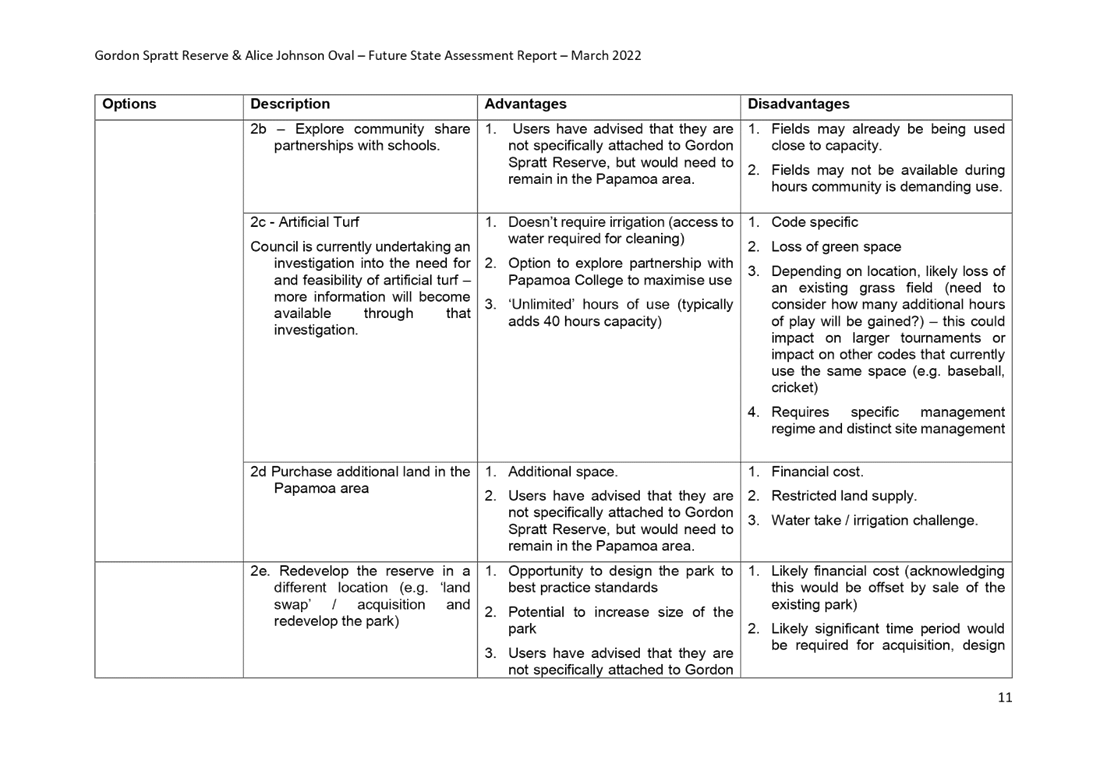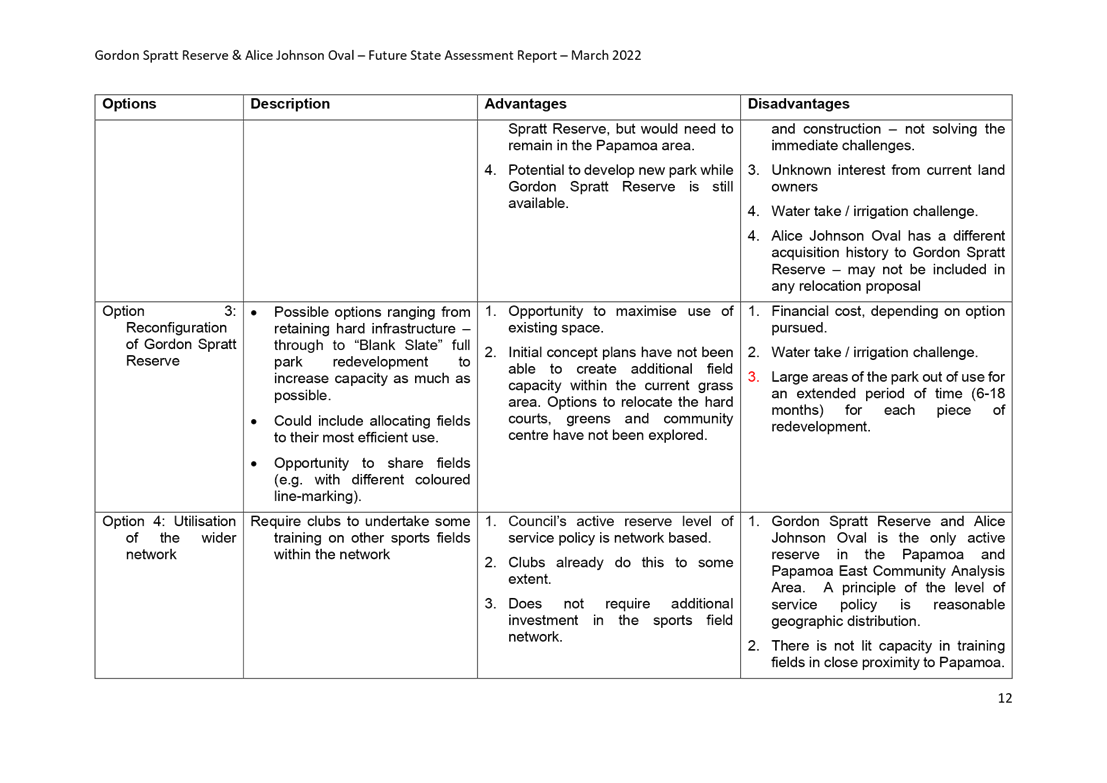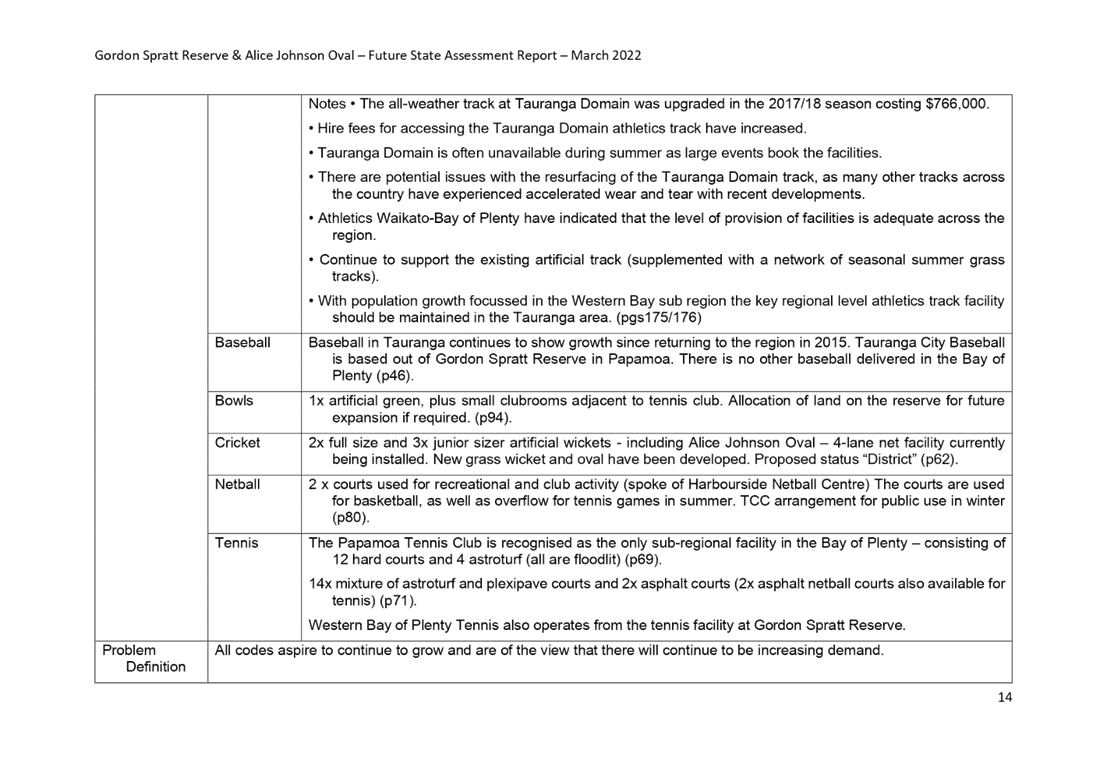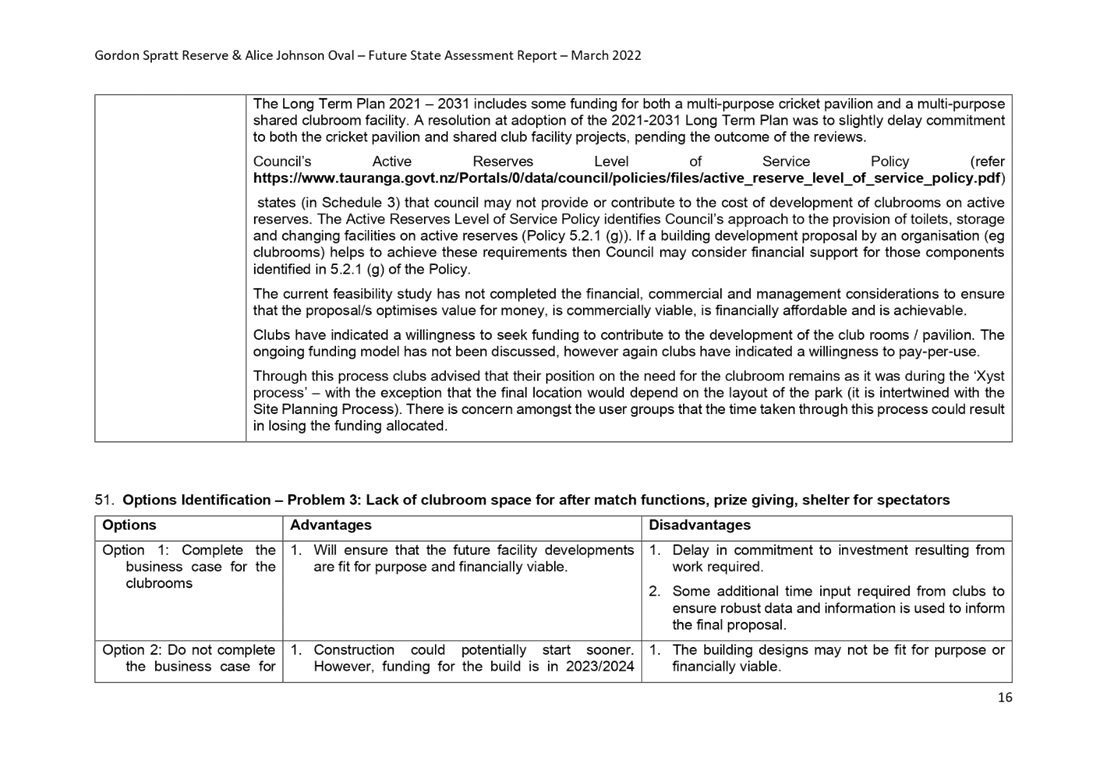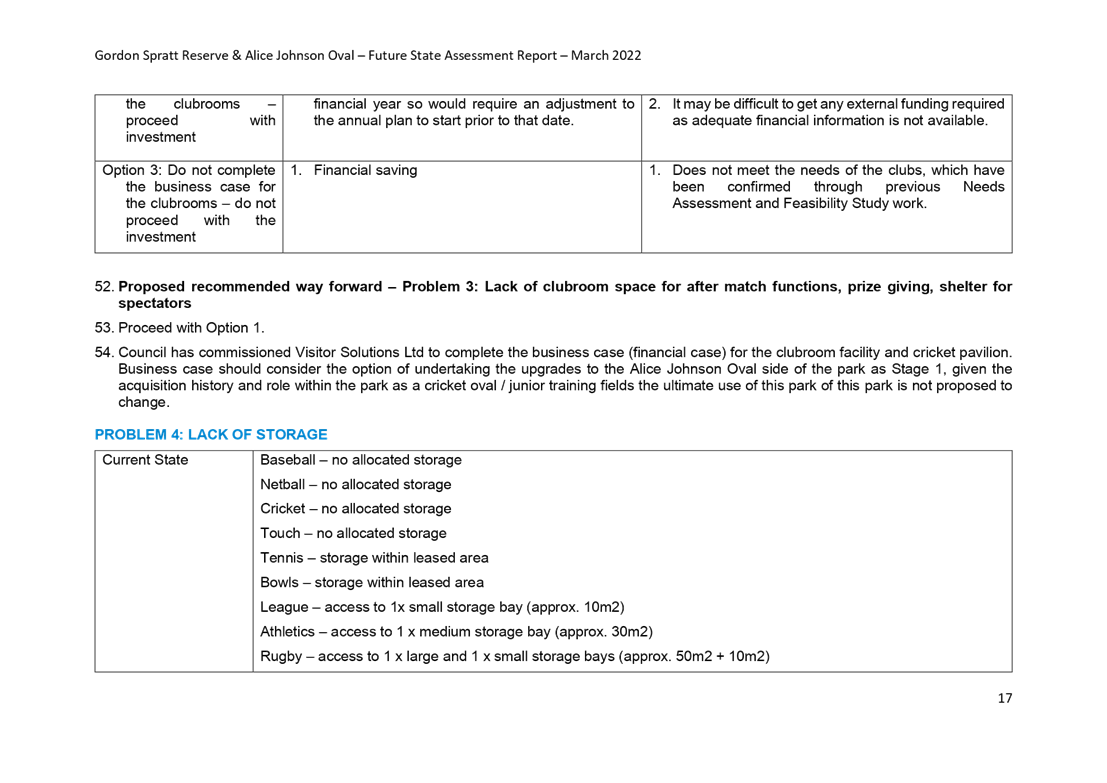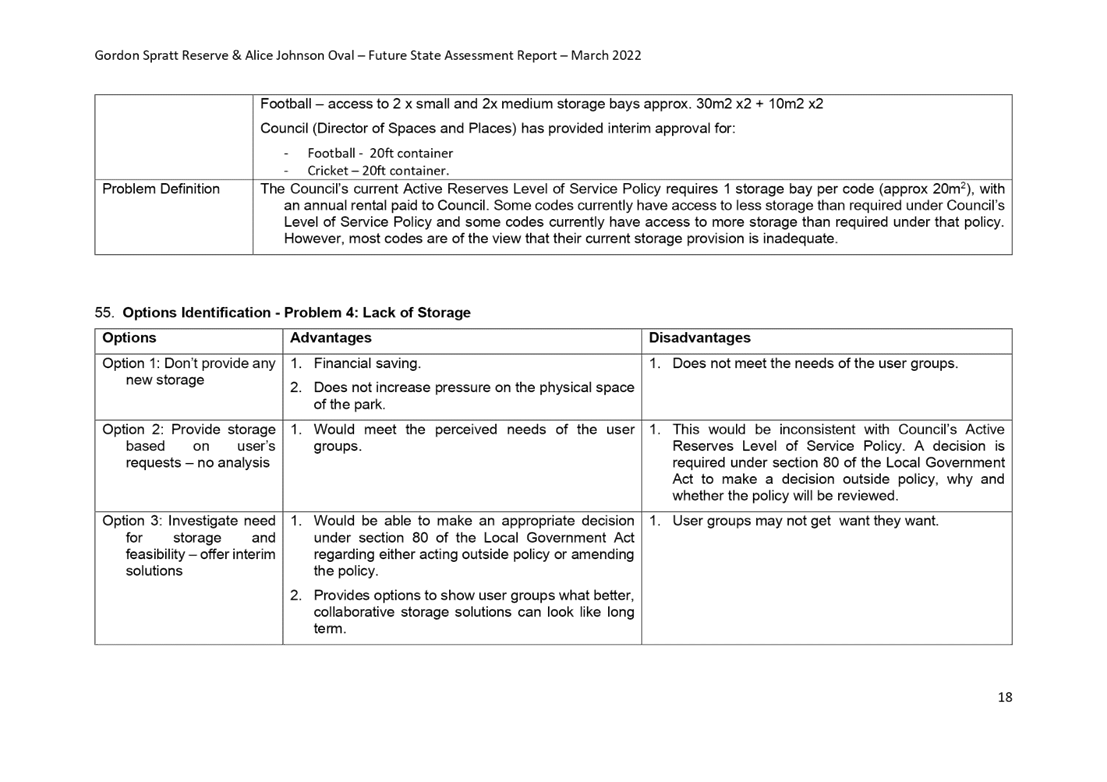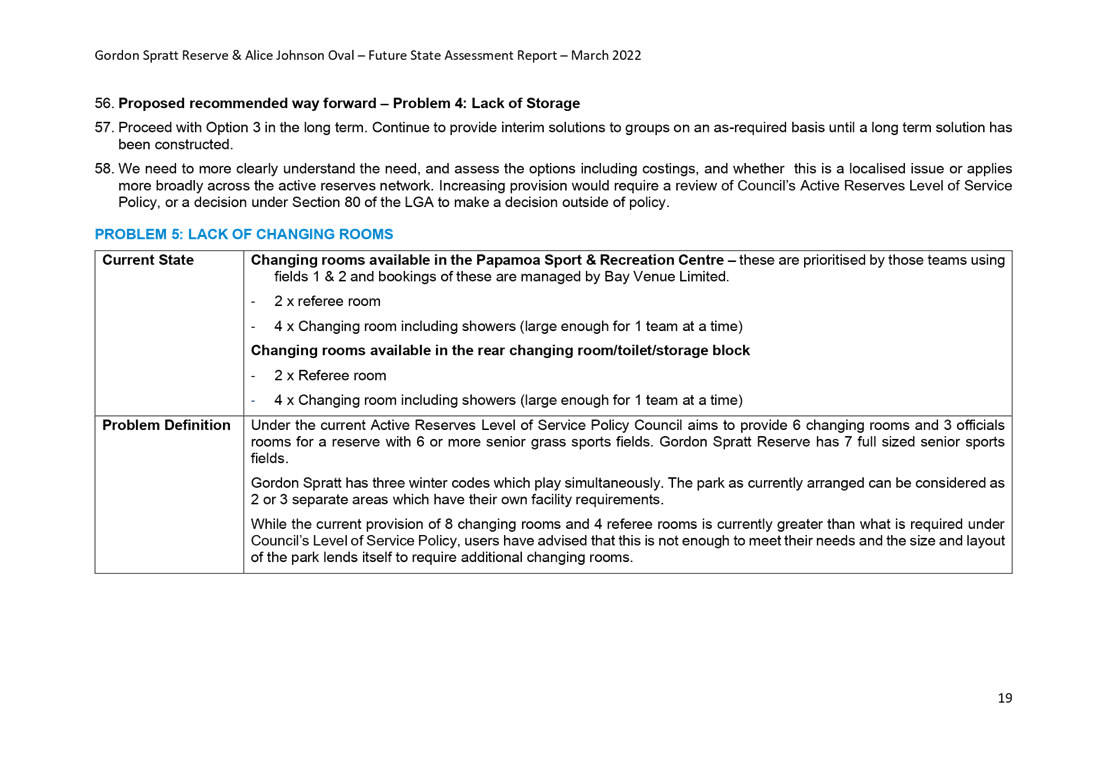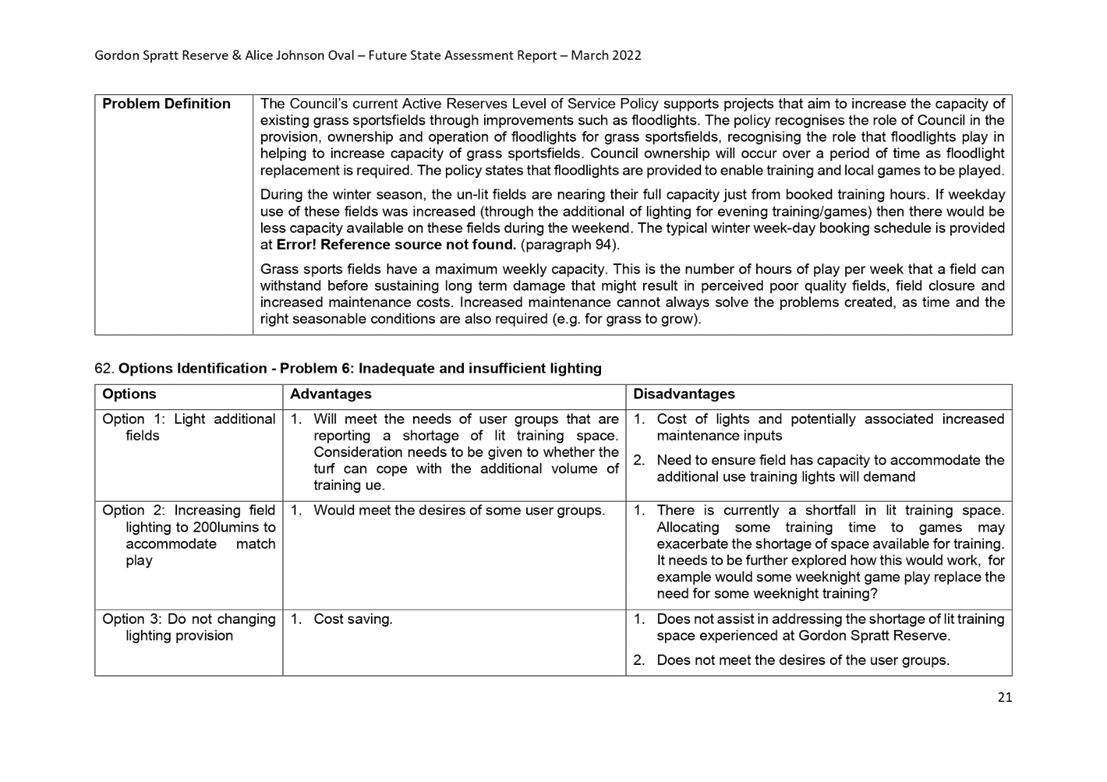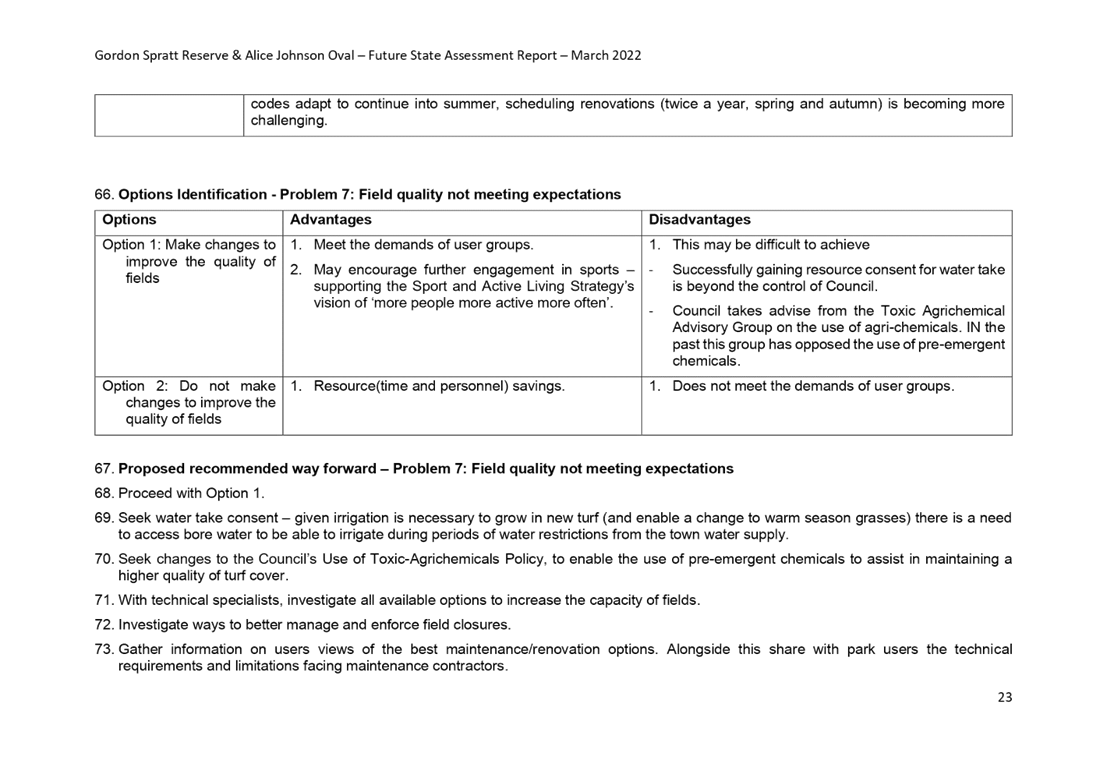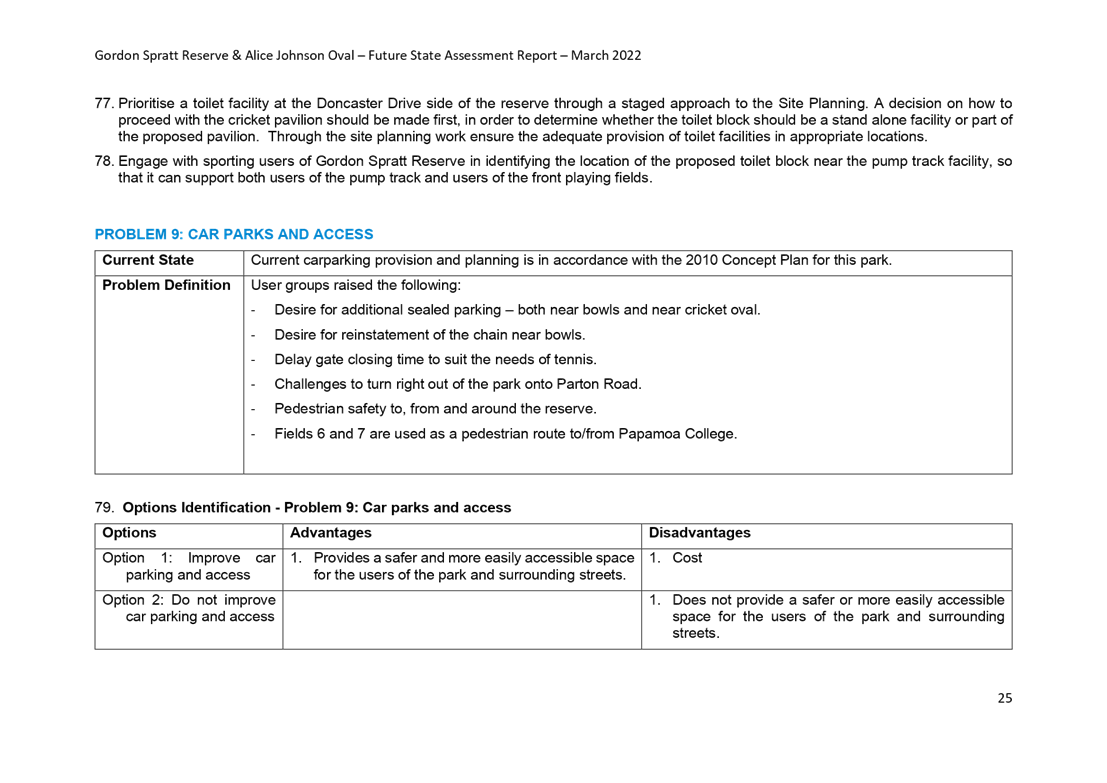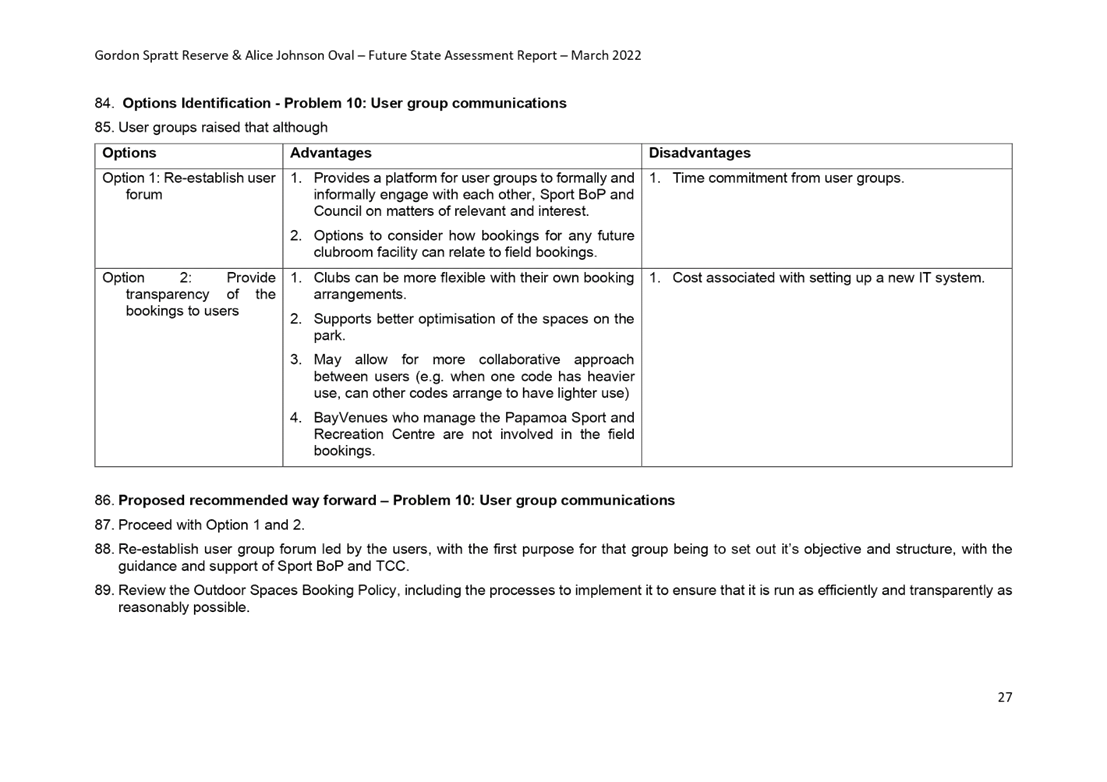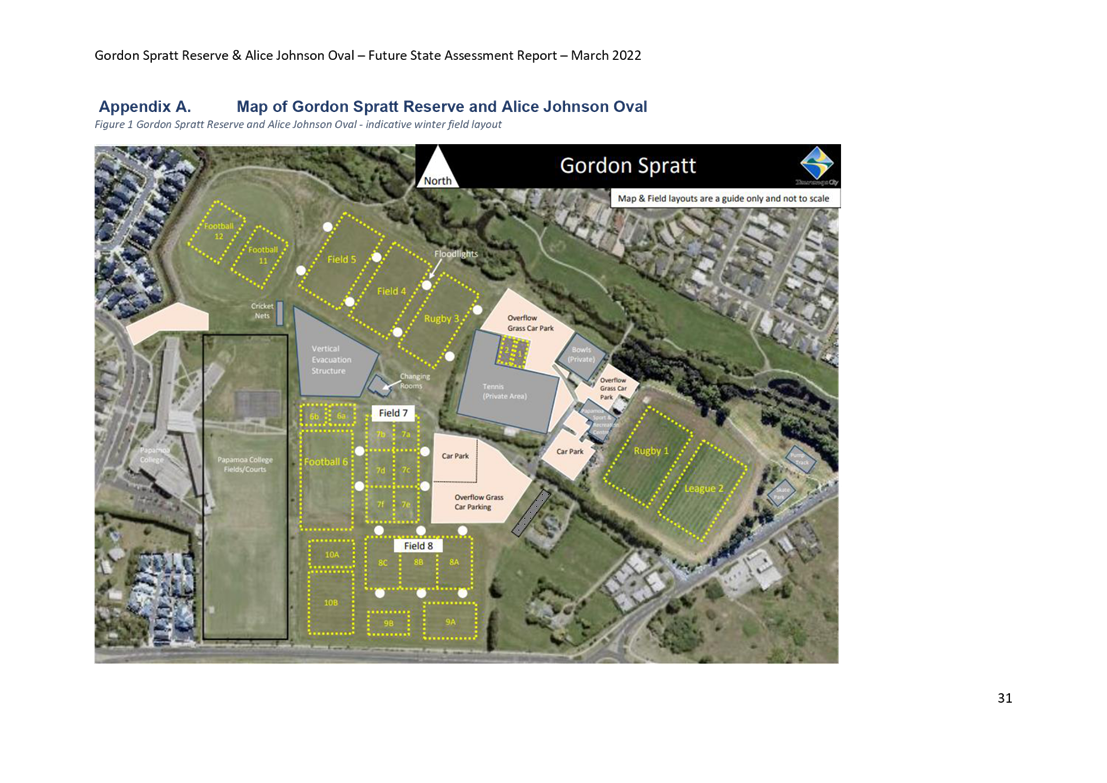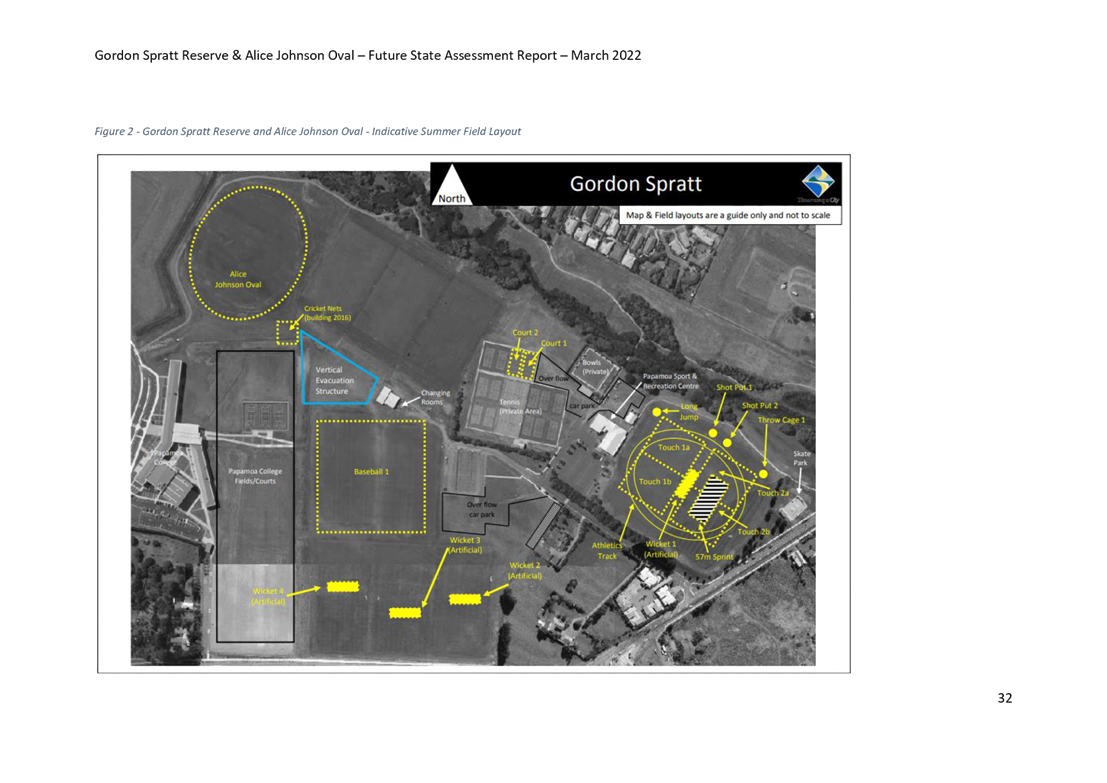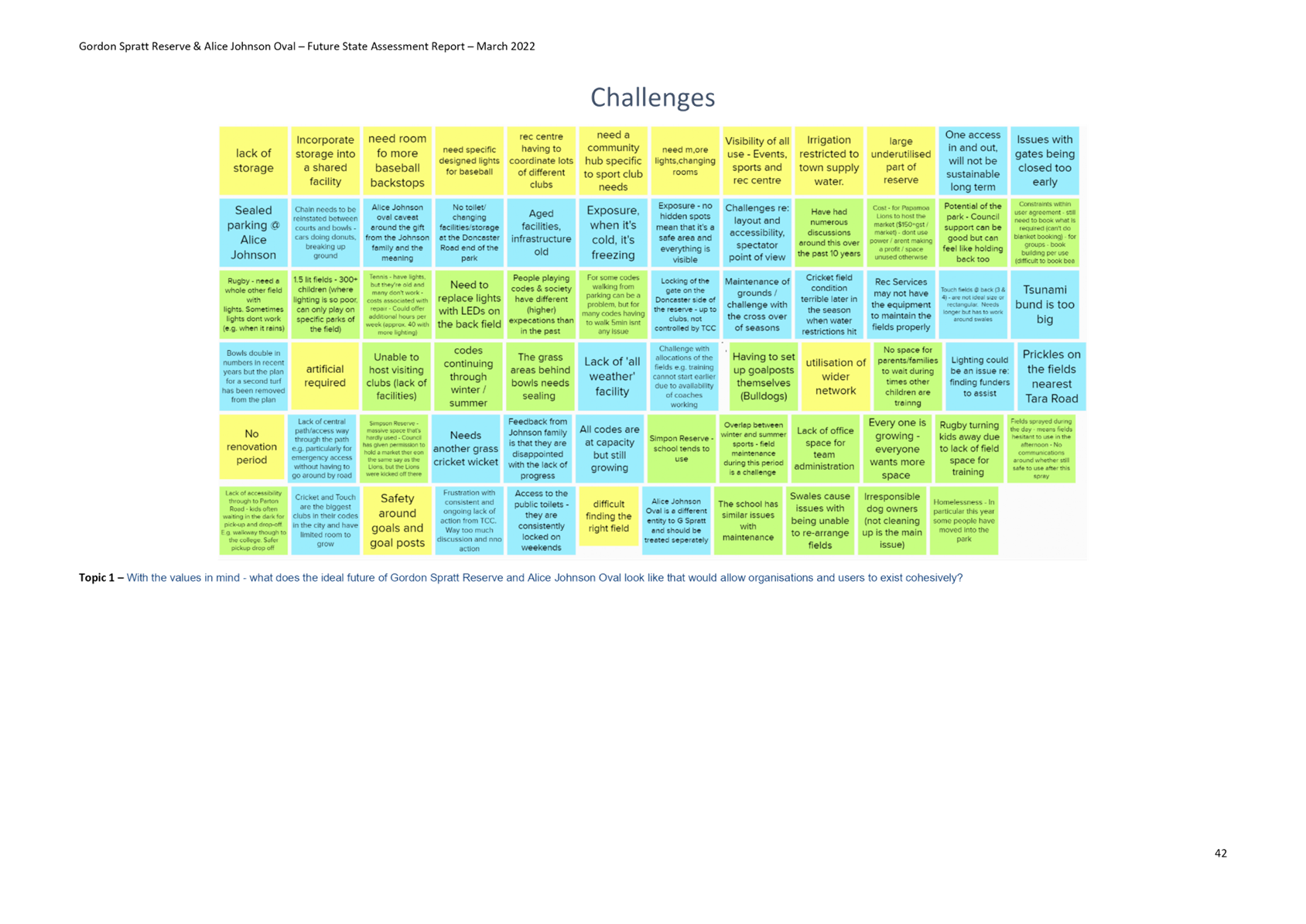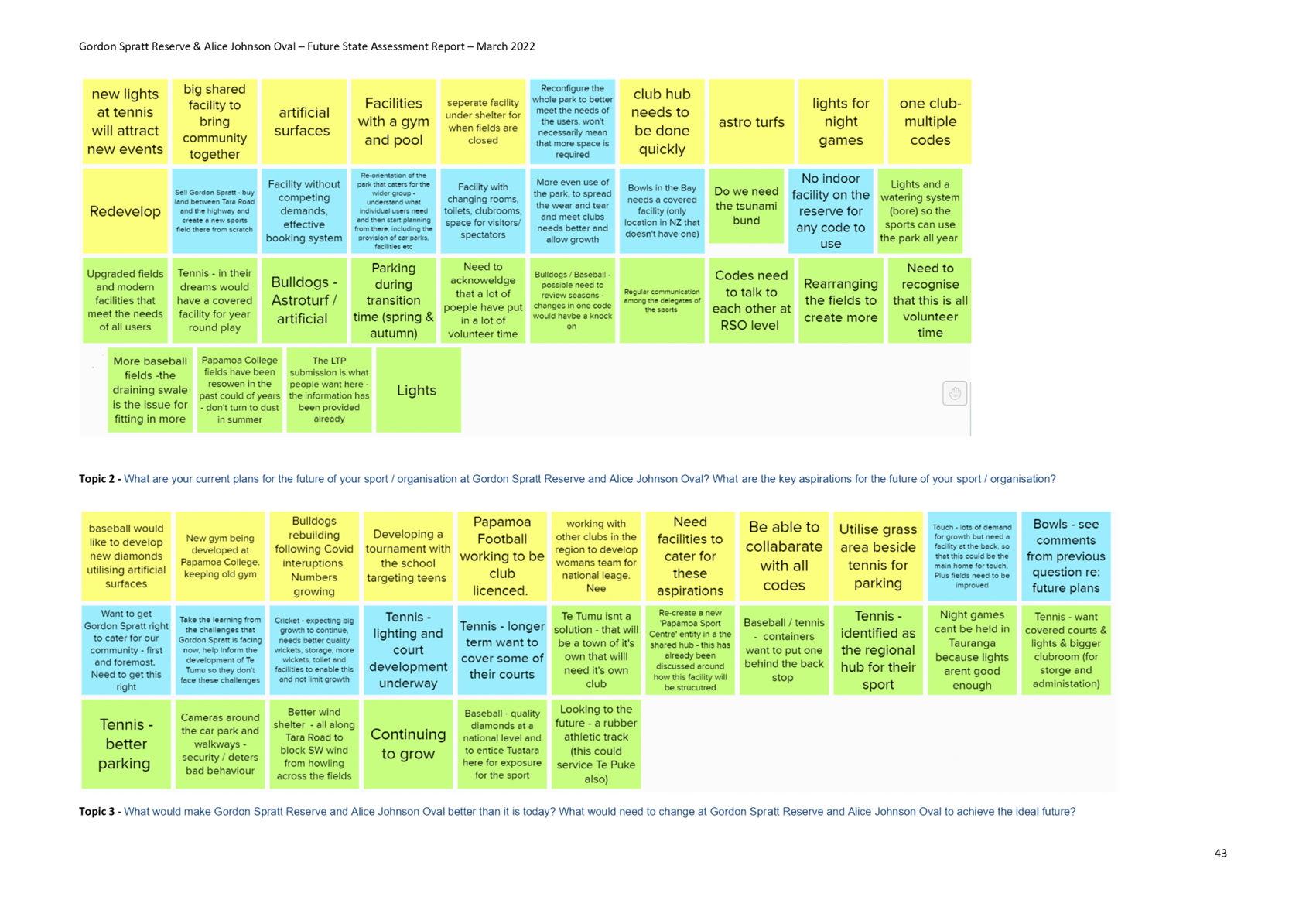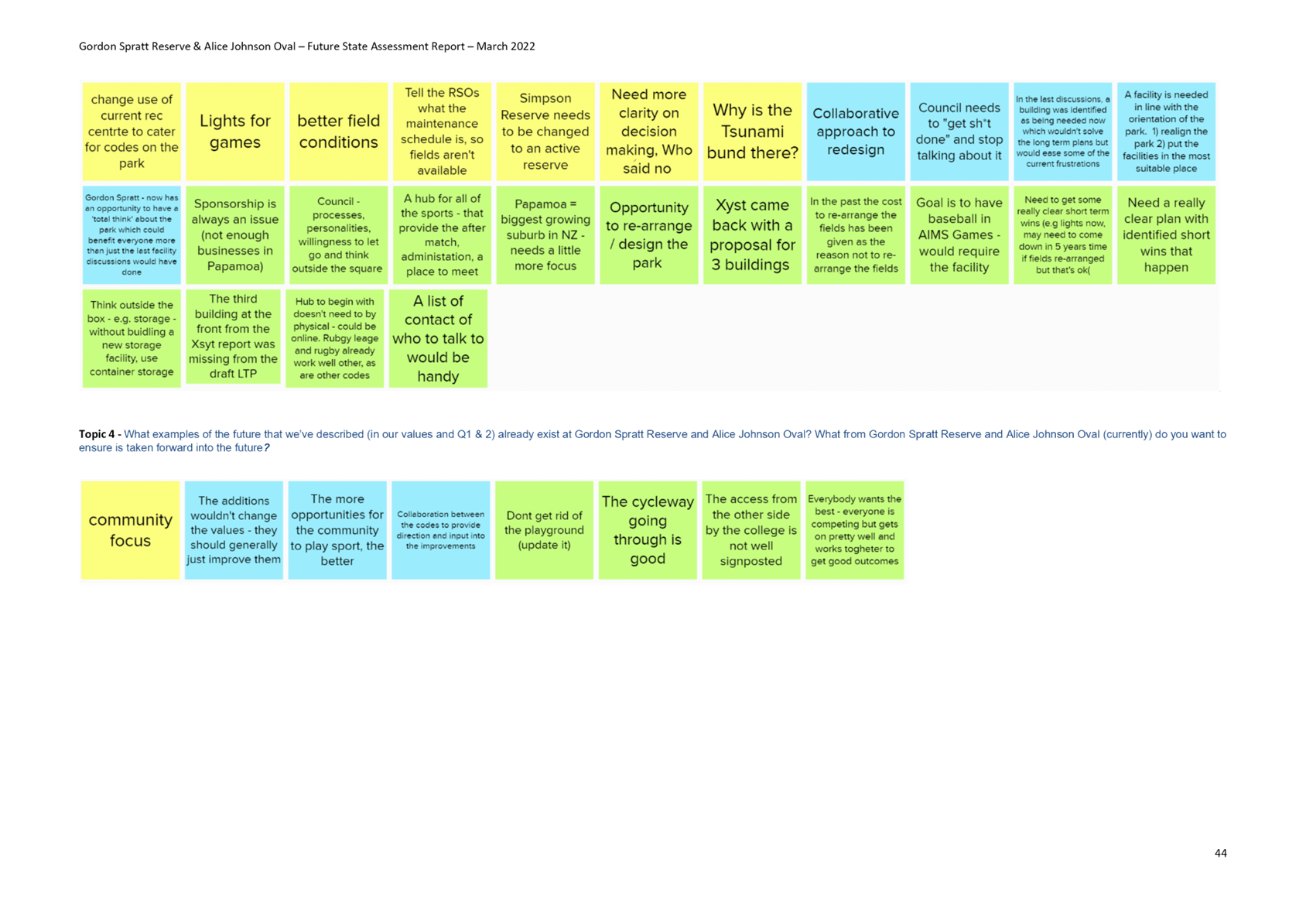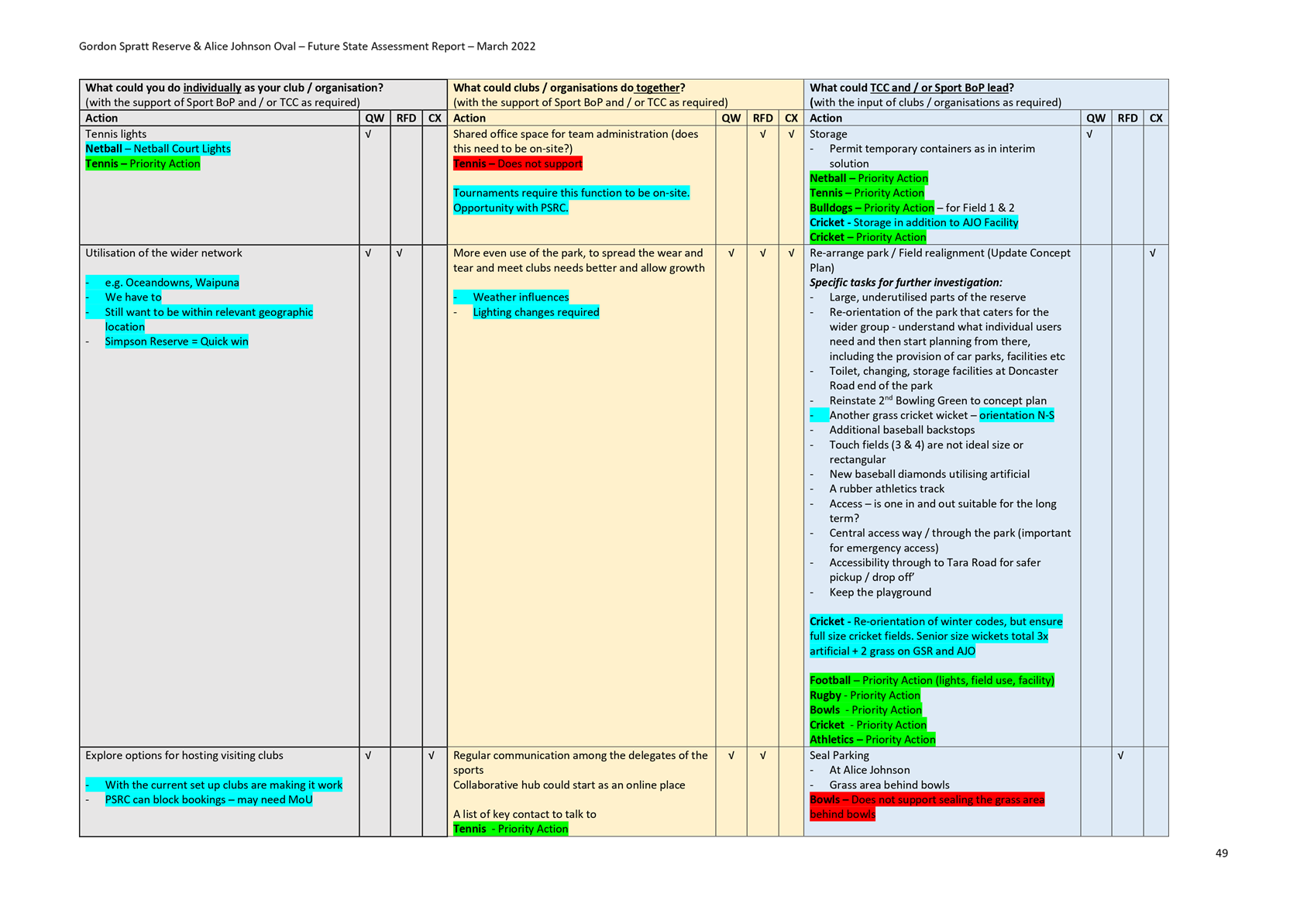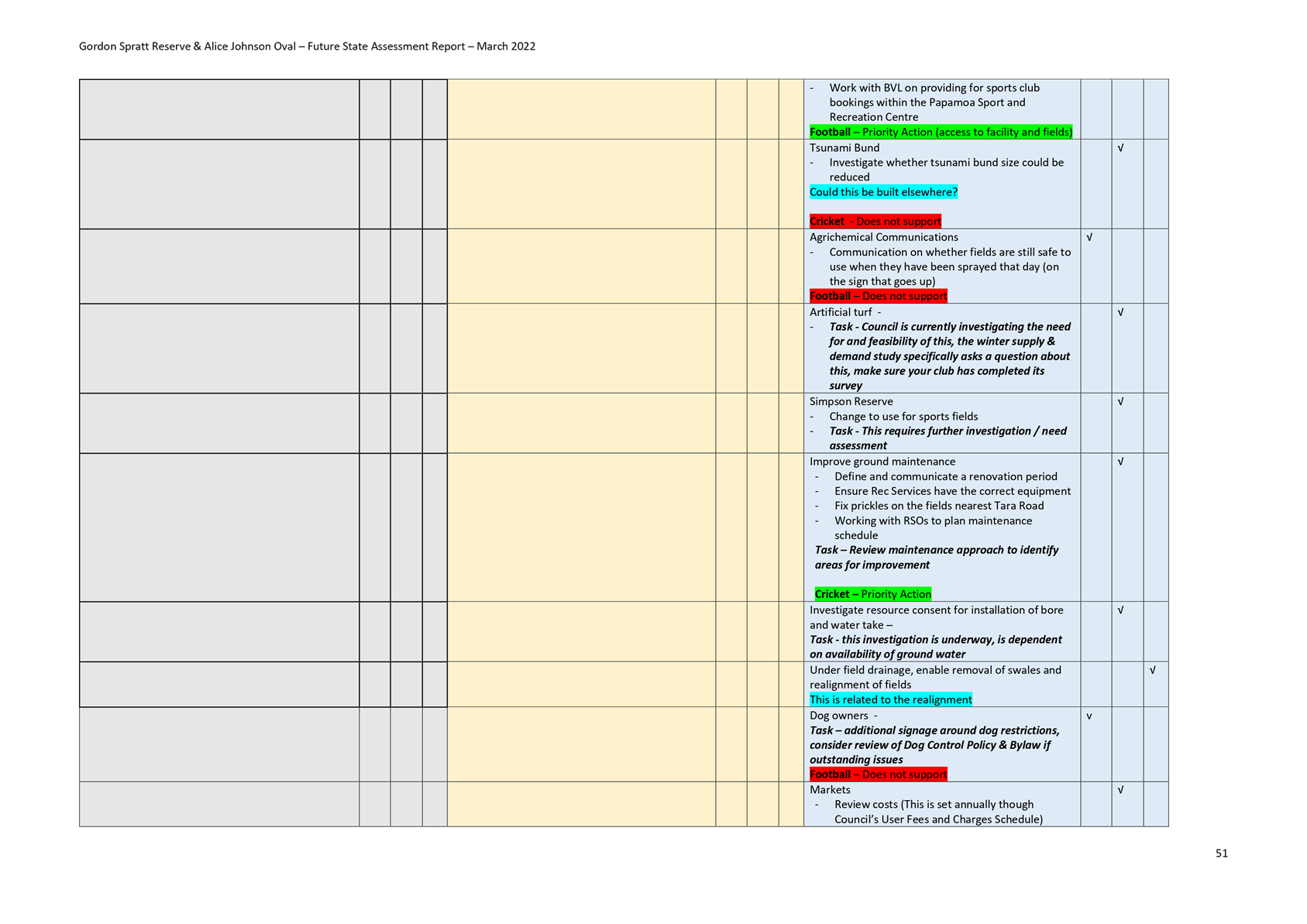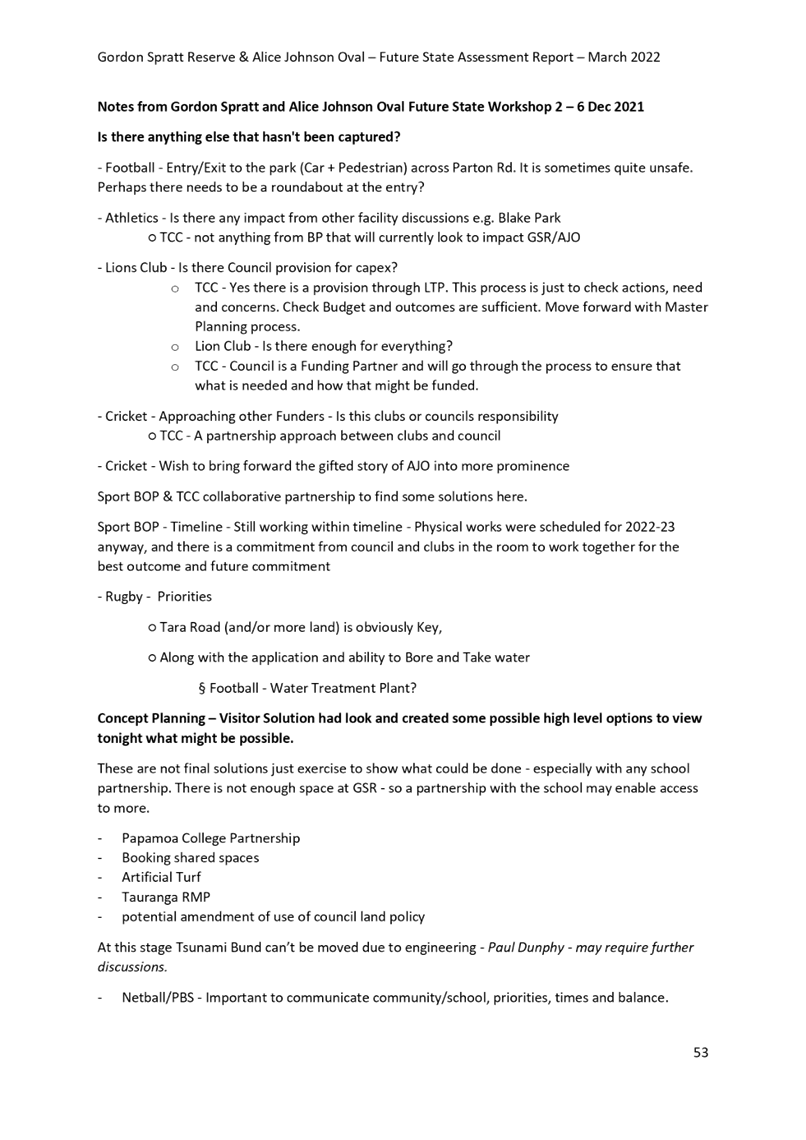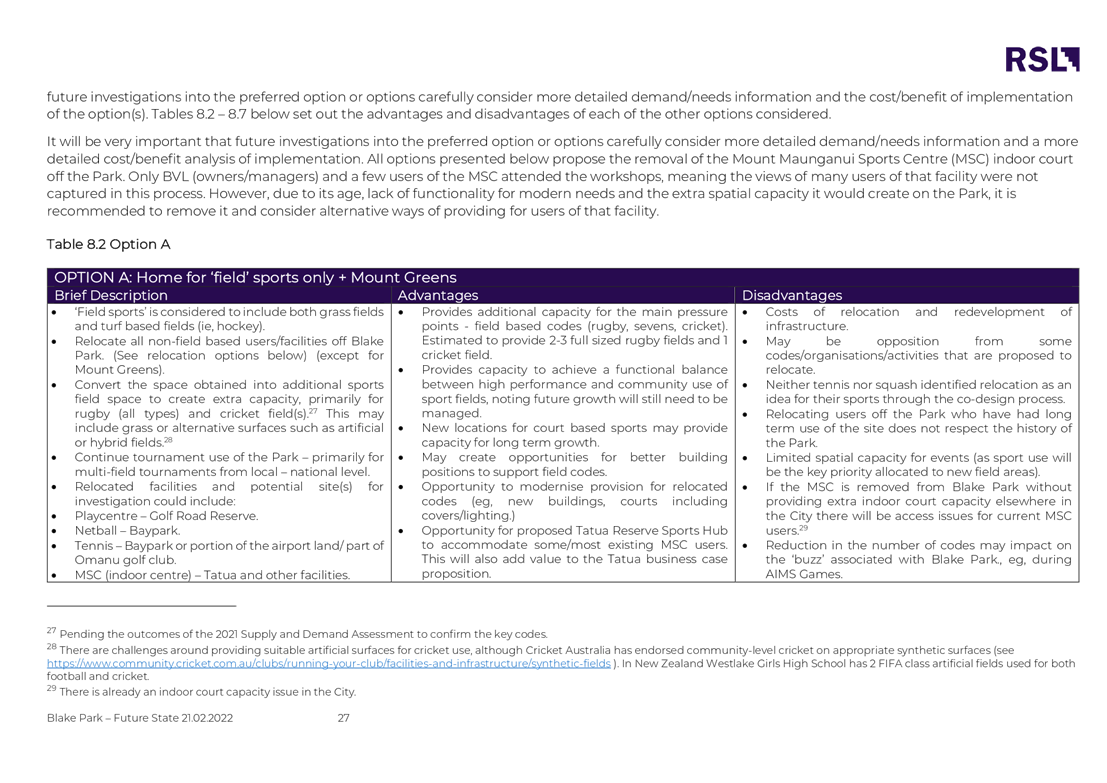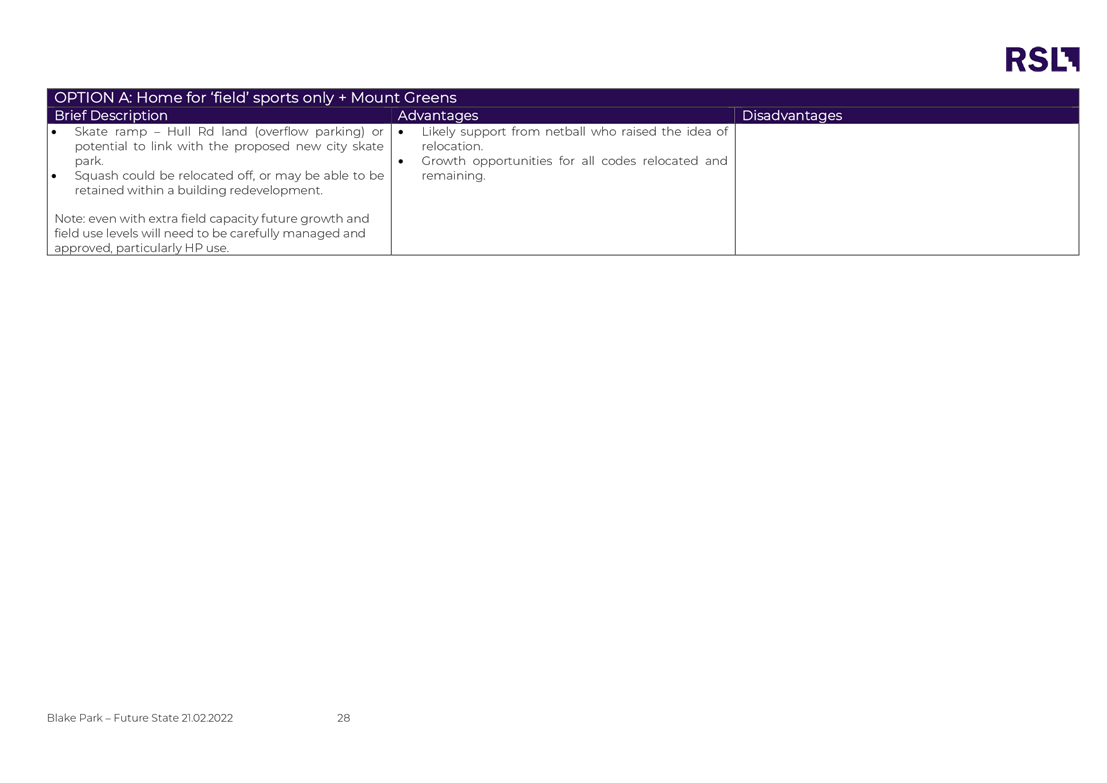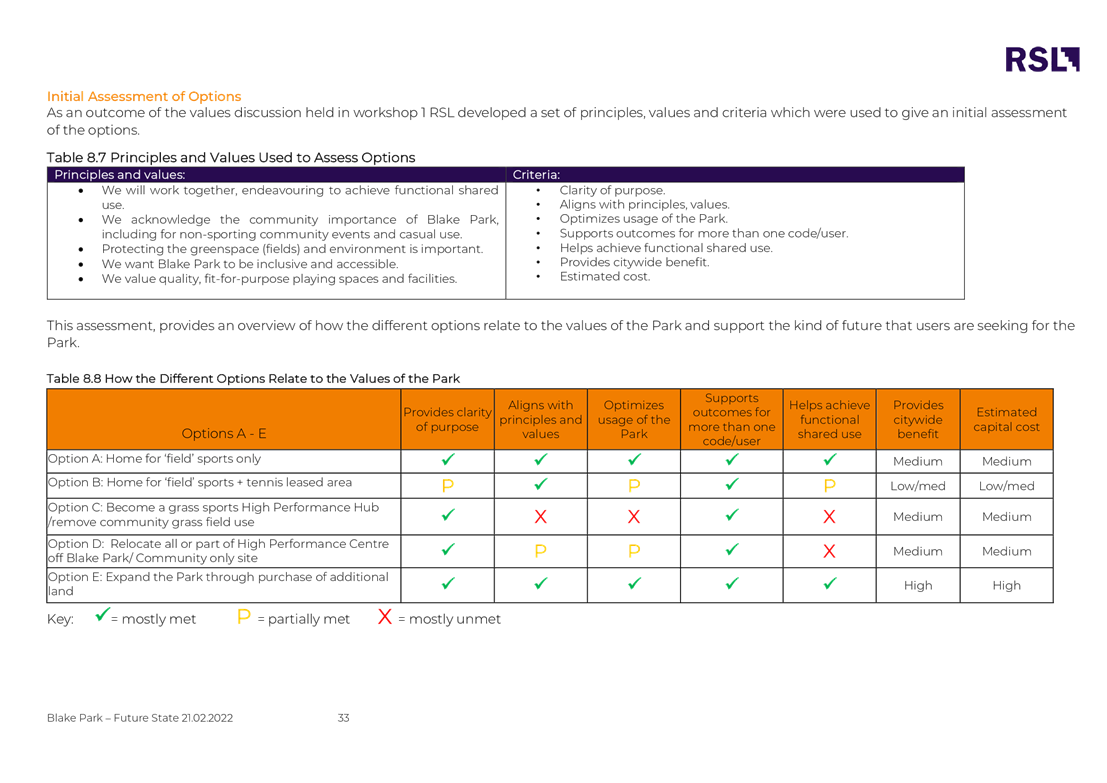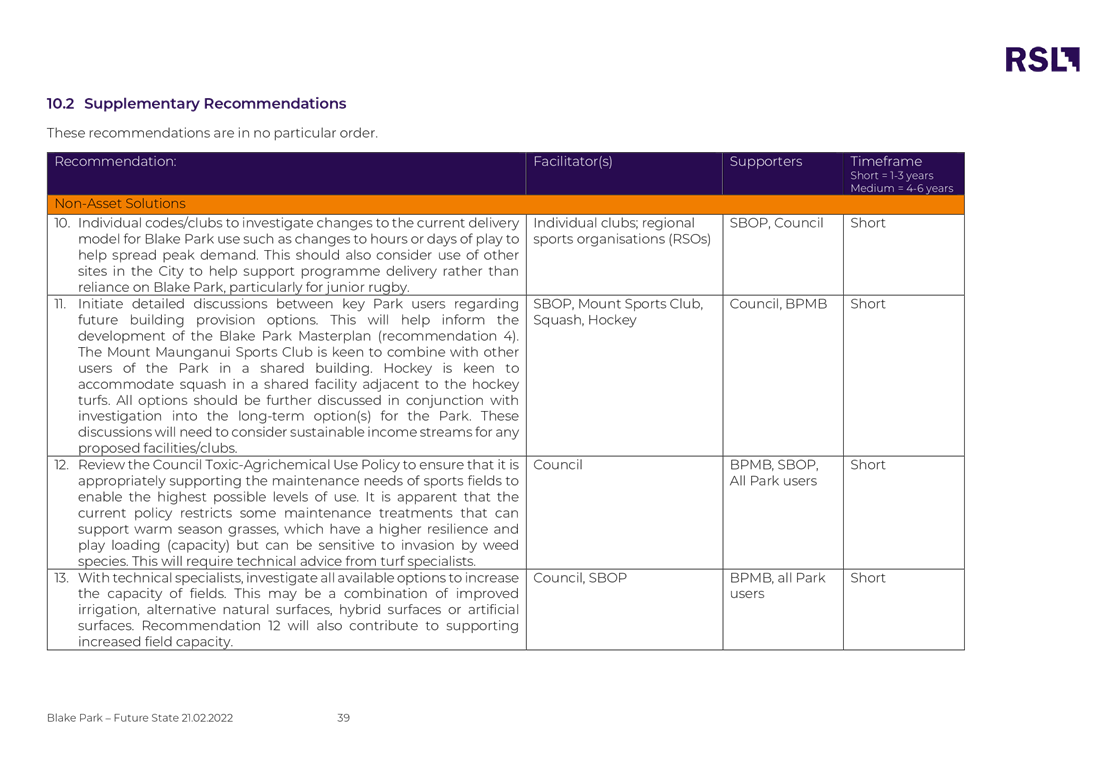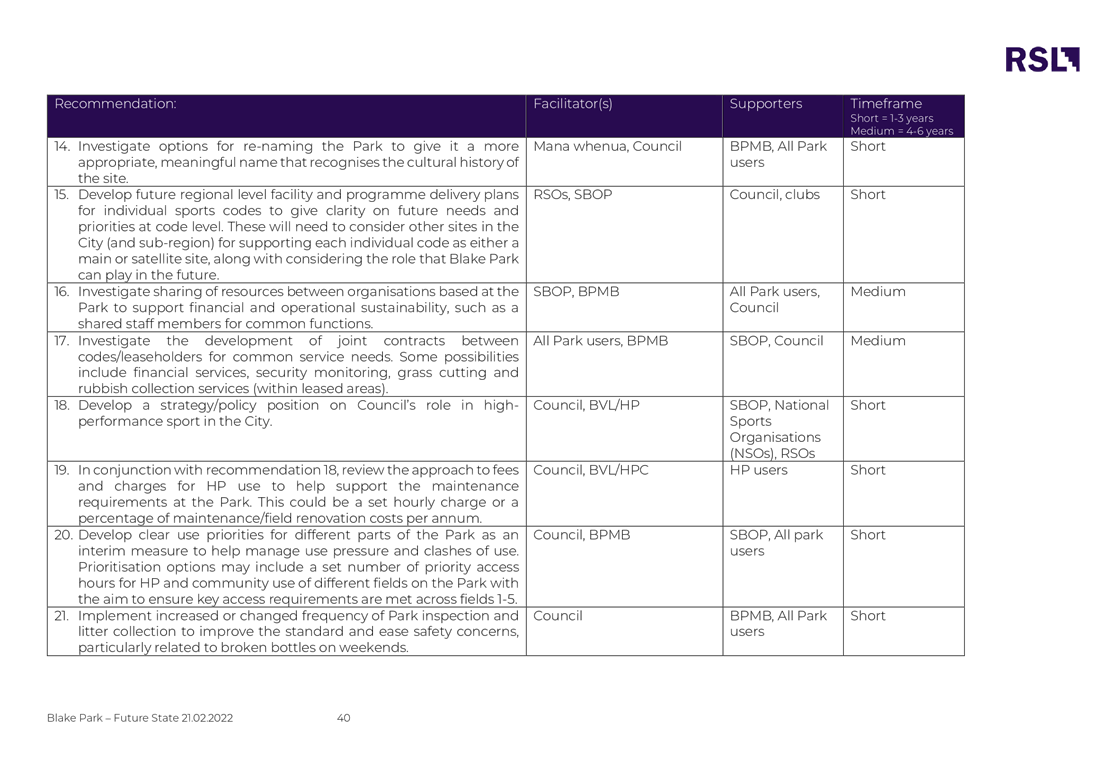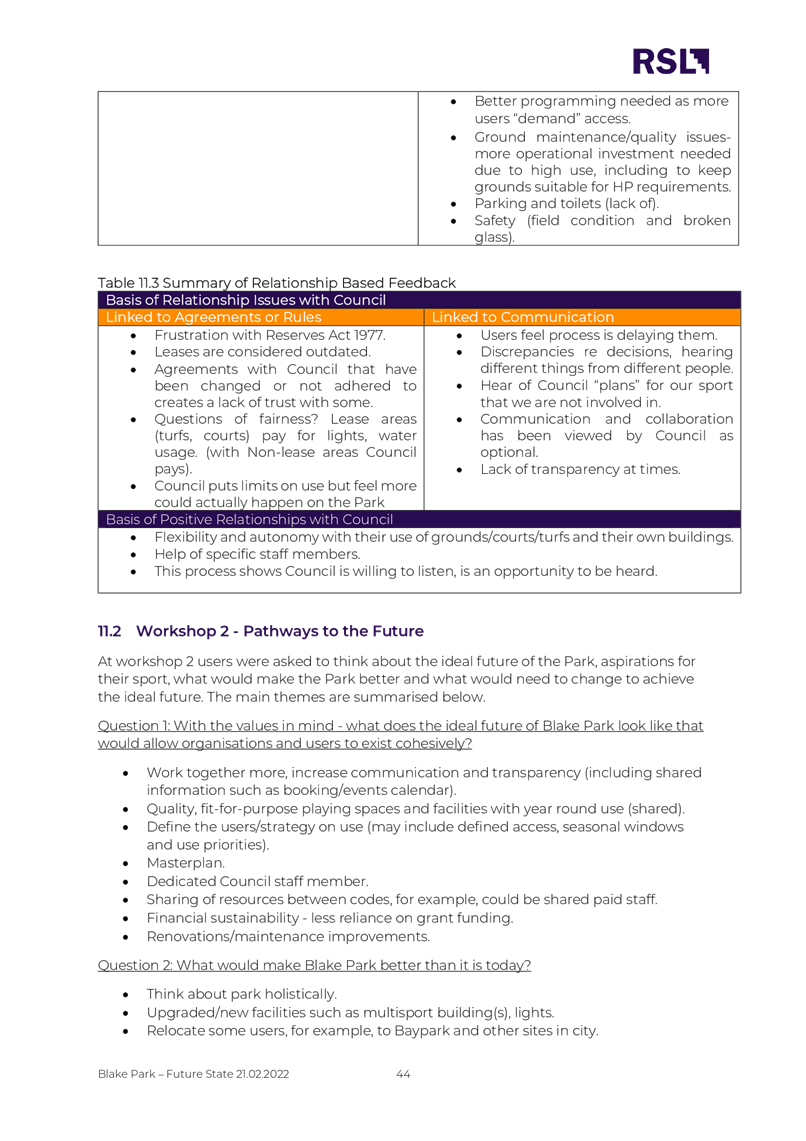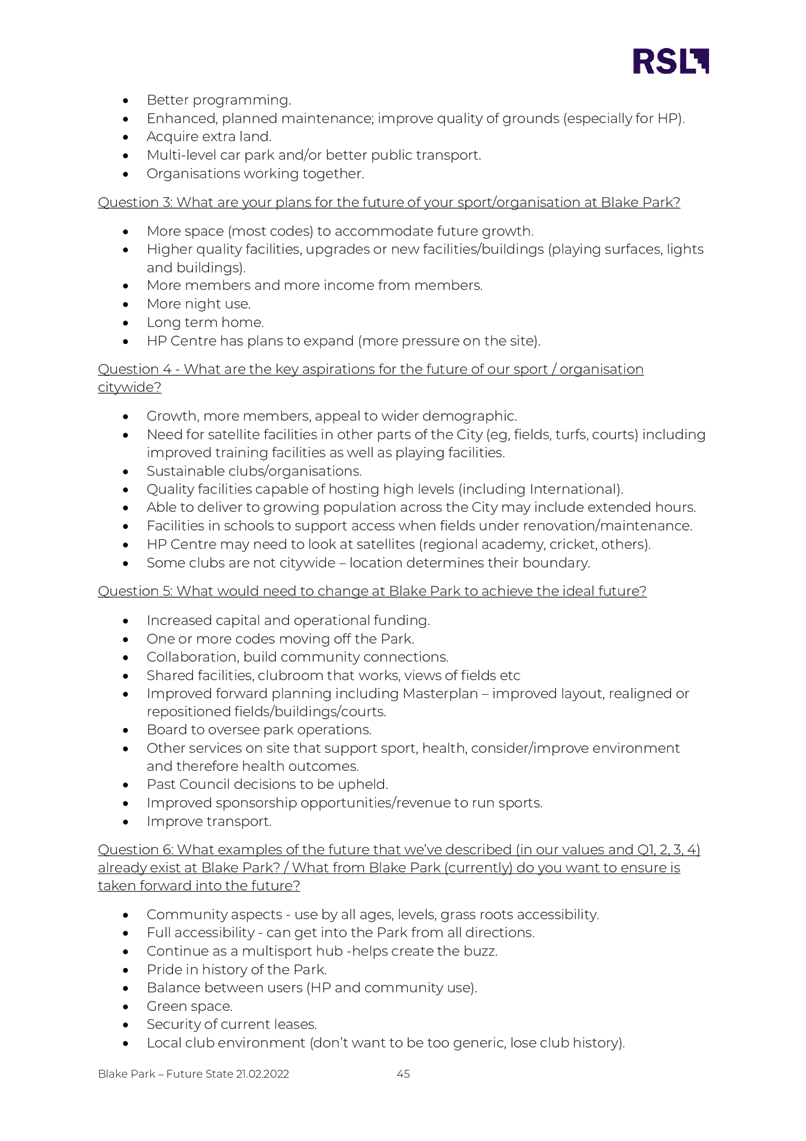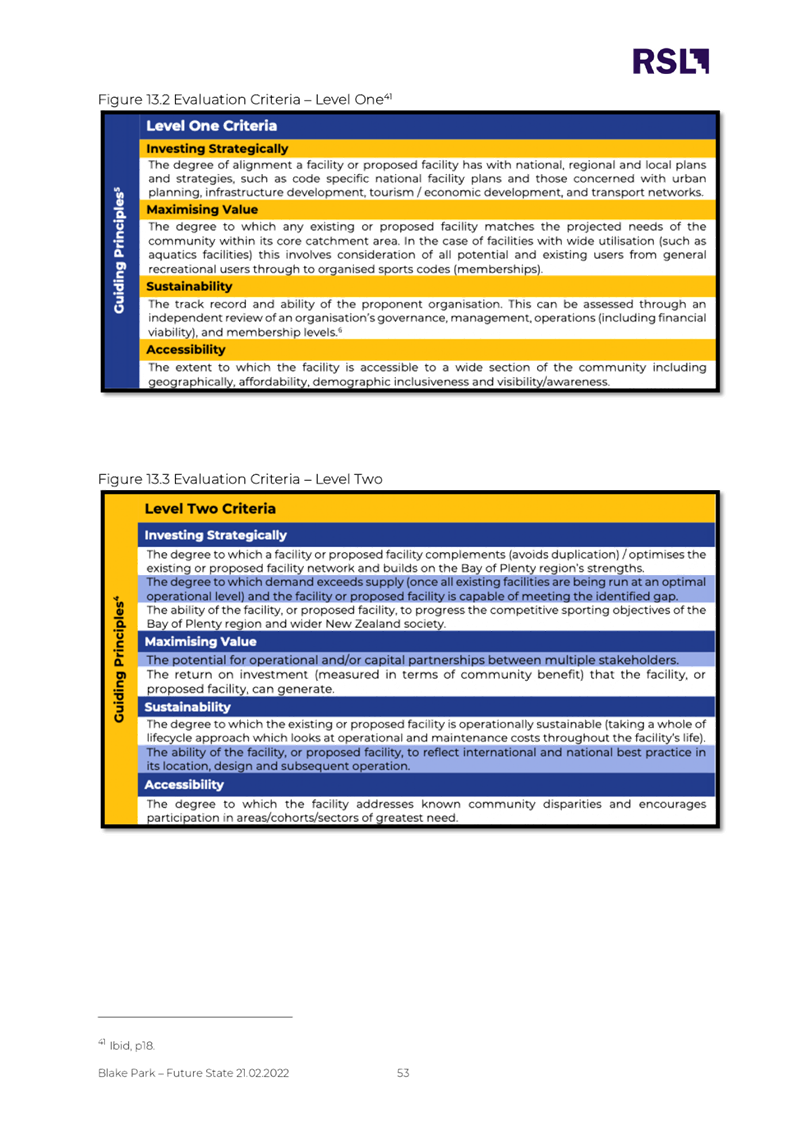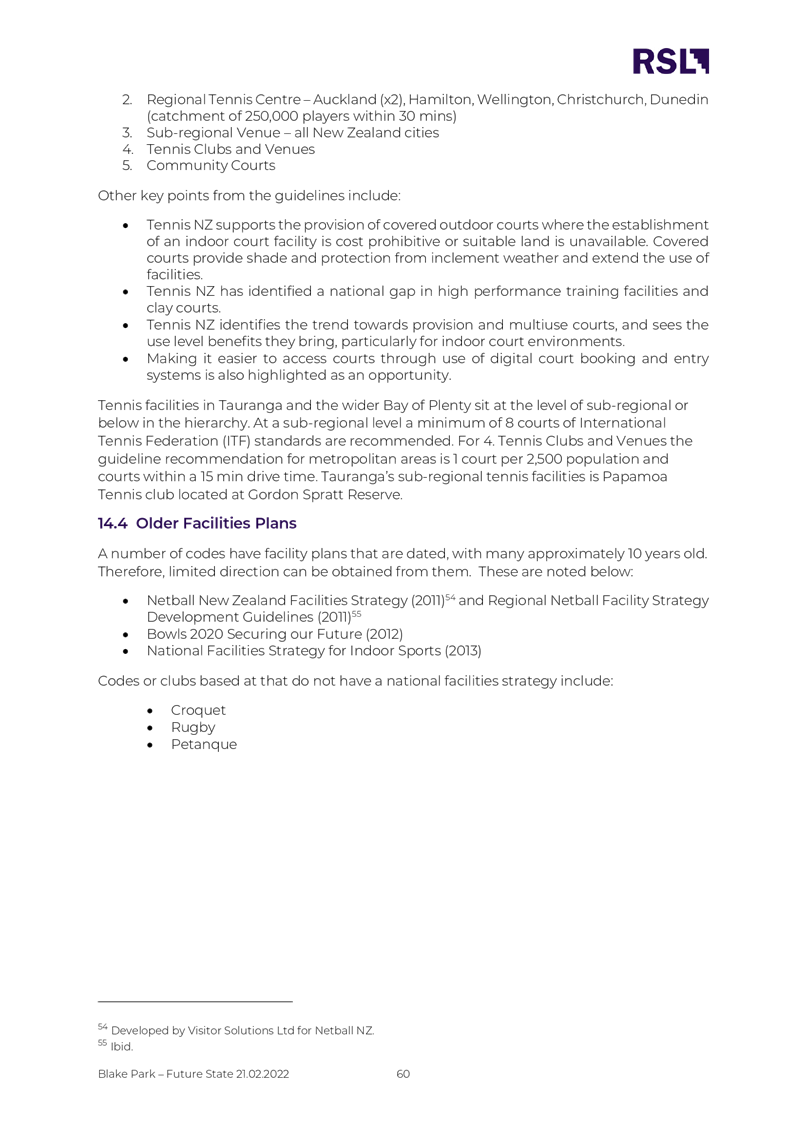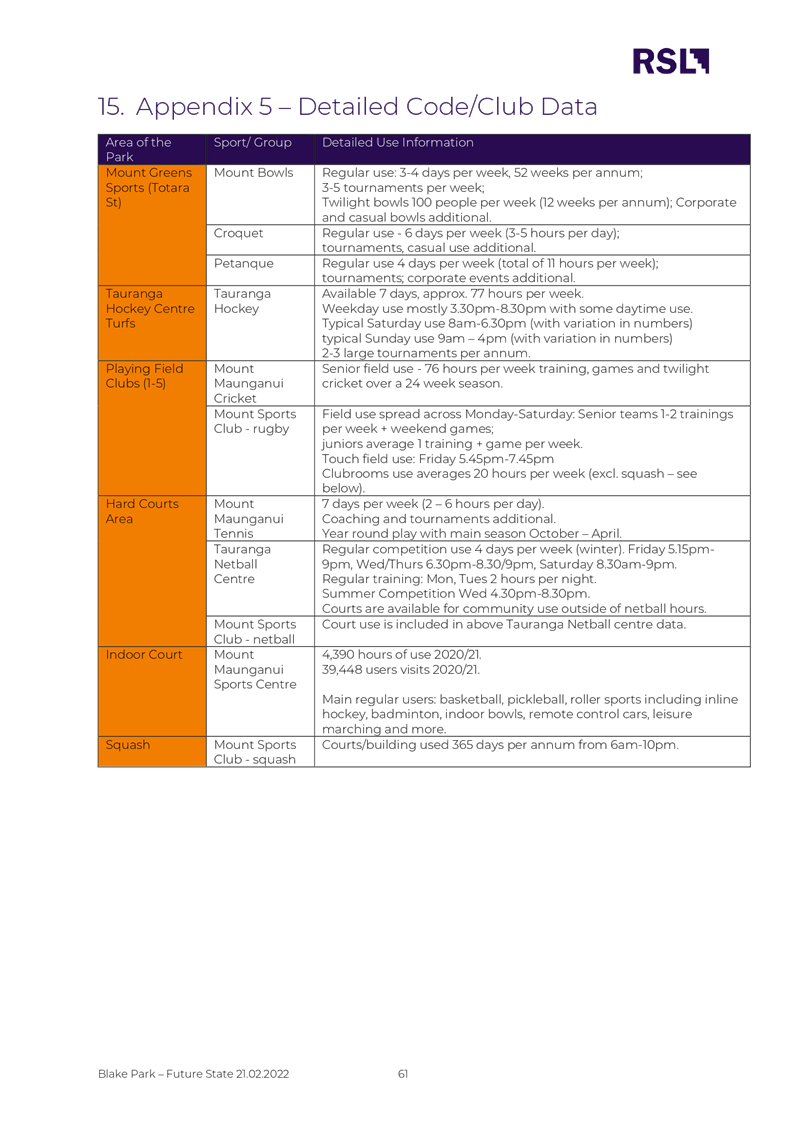|

|
|
AGENDA
Ordinary Council meeting
Thursday, 24 March 2022
|
|
I hereby give notice that an Ordinary Meeting of
Council will be held on:
|
|
Date:
|
Thursday, 24 March 2022
|
|
Time:
|
10am
|
|
Location:
|
Ground Floor - Meeting Room 1
306 Cameron Road
Tauranga
|
|
Please note that this
meeting will be livestreamed and the recording will be publicly available on
Tauranga City Council's website: www.tauranga.govt.nz.
|
|
Marty Grenfell
Chief Executive
|
Membership
|
Chairperson
|
Commission Chair Anne Tolley
|
|
Members
|
|
|
Quorum
|
Half
of the members physically present, where the number of members (including
vacancies) is even; and a majority of the members physically
present, where the number of members (including vacancies) is odd.
|
|
Meeting frequency
|
As
required
|
Role
·
To ensure the effective and
efficient governance of the City
·
To enable leadership of the City
including advocacy and facilitation on behalf of the community.
Scope
·
Oversee the work of all
committees and subcommittees.
·
Exercise all non-delegable and
non-delegated functions and powers of the Council.
·
The powers Council is legally prohibited from delegating include:
o
Power to make a rate.
o
Power to make a bylaw.
o
Power to borrow money, or purchase or dispose of assets, other
than in accordance with the long-term plan.
o
Power to adopt a long-term plan, annual plan, or annual report
o
Power to appoint a chief executive.
o
Power to adopt policies required to be adopted and consulted on
under the Local Government Act 2002 in association with the long-term plan or
developed for the purpose of the local governance statement.
o
All final decisions required to be made by resolution of the
territorial authority/Council pursuant to relevant legislation (for example:
the approval of the City Plan or City Plan changes as per section 34A Resource Management
Act 1991).
·
Council has chosen not to delegate the following:
o
Power to compulsorily acquire land under the Public Works Act
1981.
·
Make those decisions which are required by legislation to be made
by resolution of the local authority.
·
Authorise all expenditure not delegated to officers, Committees
or other subordinate decision-making bodies of Council.
·
Make appointments of members to the CCO Boards of
Directors/Trustees and representatives of Council to external organisations.
·
Consider any matters referred from any of the Standing or Special
Committees, Joint Committees, Chief Executive or General Managers.
Procedural matters
·
Delegation of Council powers to Council’s committees and
other subordinate decision-making bodies.
·
Adoption of Standing Orders.
·
Receipt of Joint Committee minutes.
·
Approval of Special Orders.
·
Employment of Chief Executive.
·
Other Delegations of Council’s powers, duties and
responsibilities.
Regulatory matters
Administration, monitoring and
enforcement of all regulatory matters that have not otherwise been delegated or
that are referred to Council for determination (by a committee, subordinate
decision-making body, Chief Executive or relevant General Manager).
7 Confirmation
of Minutes
7.1 Minutes
of the Council meeting held on 8 February 2022
File
Number: A13309926
Author: Robyn
Garrett, Team Leader: Committee Support
Authoriser: Robyn
Garrett, Team Leader: Committee Support
|
Recommendations
That the Minutes of the Council meeting held on 8 February
2022 be confirmed as a true and correct record.
|
Attachments
1. Minutes
of the Council meeting held on 8 February 2022
These
minutes are submitted for reconfirmation as several errors were contained in
the minutes as confirmed at the Council meeting of 28 February 2022.
|
 Ordinary Council meeting Minutes Ordinary Council meeting Minutes
|
8 February 2022
|
|

|
|
MINUTES
Ordinary Council meeting
Tuesday, 8 February 2022
|
Order of Business
1 Opening karakia. 3
2 Apologies. 4
3 Public Forum.. 4
3.1 Golf
Road Reserve partial reclassification - Submitters Allan Goodhall, Rob
Paterson, Margaret Bowditch, Renee McMillan. 4
3.2 Poteriwhi/Parau
Farms - Submitters Mary Dillon, Greg Brownless. 6
4 Acceptance of
late items. 6
4.1 Annual Plan 2022/23 – Community Grant Fund. 6
5 Confidential
business to be transferred into the open. 6
6 Change to the
order of business. 6
7 Confirmation of
Minutes. 6
7.1 Minutes
of the Council meeting held on 15 November 2021. 6
8 Declaration of
conflicts of interest 7
9 Deputations,
Presentations, Petitions. 7
Nil
10 Recommendations from Other
Committees. 7
Nil
11 Business. 7
11.1 Golf
Road Reserve - Submissions on Proposed Partial Reclassification. 7
11.2 Poteriwhi
(Parau Farms) - Consultation Outcomes. 8
11.3 2023
Annual Plan Issues and Options: Spaces and Places. 9
11.4 Tsunami
Sirens. 10
11.5 Tauranga
Public Transport Joint Committee Terms of Reference. 12
11.6 Traffic
& Parking Bylaw update No. 33. 12
11.7 Annual
Plan 2022/2023 – Community Grant Fund. 12
12 Discussion of Late Items. 13
13 Public excluded session. 13
13.1 Public
Excluded Minutes of the Council meeting held on 15 November 2021. 14
13.2 Exemption
to open competition - Te Maunga Upgrade Programme physical Works. 14
13.3 Variation
to Contract for Communications Services for Cameron Road Stage 1. 14
13.4 The
Sale of Pitau Road village and Hinau Street Village - Disposal Classification. 14
14 Closing karakia. 15
MINUTES OF Tauranga City Council
Ordinary Council meeting
HELD
AT THE Bay of Plenty Regional Council
Chambers, Regional House, 1 Elizabeth Street, Tauranga
ON
Tuesday, 8 February 2022 AT 10.30am
PRESENT: Commission
Chair Anne Tolley, Commissioner Shadrach Rolleston, Commissioner Stephen
Selwood, Commissioner Bill Wasley
IN
ATTENDANCE: Marty Grenfell (Chief Executive),
Paul Davidson (General Manager: Corporate Services), Barbara Dempsey (General
Manager: Regulatory & Compliance), Tony Aitken (Acting General Manager:
People & Engagement), Nic Johansson (General Manager: Infrastructure),
Christine Jones (General Manager: Strategy & Growth), Gareth Wallis
(General Manager: Community Services), Ross Hudson (Team Leader: Planning),
Cheryl Steiner (Consultant: Spaces and Places), Andy
Mead (Manager: City & Infrastructure Planning), Angela Martin (Contractor),
Paul Dunphy (Director of Spaces & Places), Warren Aitken (Team Leader:
Environment), Ana Hancock (Senior Project Manager), Mark Armistead (Principal
Urban Forester), Paula Naude (Manager: Emergency Management), Brendan Bisley (Director of Transport), Anne Blakeway
(Manager: Community Partnerships), Richard Butler (Funding Specialist), Ceilidh
Dunphy (Manager: Community Relations), Coral Hair (Manager: Democracy
Services), Sarah Drummond (Committee Advisor), Anahera Dinsdale (Committee
Advisor)
1 Opening
Karakia
Commissioner
Shadrach Rolleston opened the meeting with a karakia.
Presentation
– stephen burton, 25 years’ service
Commission
Chair Anne Tolley, on behalf of the Council, congratulated Stephen Burton on 25
years’ service and thanked him for his long service and valued
contribution to the city and the community. Stephen joined Tauranga City
Council in 1997 and under his leadership, and thanks to
the capability and capacity that he had built up within City Waters over the
years, Tauranga was recognised as having one of the best council water services
in the country.
Commissioner
Tolley stated that Stephen's professionalism, leadership, sector experience and
in-depth knowledge of the waters industry were reasons why the Department of
Internal Affairs shoulder-tapped him to assist with the planning and
implementation of the Three Waters Reforms. Stephen was currently on
secondment with the Department of Internal Affairs as their Workstream Lead:
Operations; and the Commission was pleased that Stephen, along with his wife
Debbie, were able to be present at the meeting.
Nic
Johansson (General Manager: Infrastructure) presented Stephen with gifts on
behalf of the Council, including a signed paddle and framed map which showed
how the network had grown over the past 25 years.
Stephen
stated that it had been an amazing journey and seeing the network changes over
25 years graphically presented to him highlighted the billon dollars in assets
that had been built to service the country’s fastest growing city.
He thanked the colleagues, contractors, consultants and tangata whenua
representatives he had worked with over the years.
2 Apologies
Nil
3 Public
Forum
|
3.1 Golf
Road Reserve partial reclassification - Submitters Allan Goodhall, Rob
Paterson, Margaret Bowditch, Renee McMillan
|
|
Allan
Goodhall
·
Mr Goodhall stated his submission had taken a
neutral position on the establishment of the Playcentre as his concerns
related to the process .
·
Requested that the decision be deferred until
a full review of the opportunities and potential other users of the site
could be completed. Potential synergies could be made with other users such
as a community garden, beach volleyball and others who may have an interest
in using the reserve.
·
Requested that further investigations also
included parking for overnight campers, the rescue centre, and the overflow
from the Fairway Lodge.
·
Traffic volumes had increased dramatically and
the ingress and egress from the reserve was dangerous, particularly turning
right onto Oceanbeach Road, and this needed to be considered.
·
The delay would provide time to get it right
for generations to come. The reserve had been in place since 1952 and
the long term leases were in place to 2050.
·
Doing this in a piecemeal fashion was not the
best way.
Margaret Bowditch
Tabled
Item 1.
·
Ms Bowditch lived adjacent to the Golf Road
Reserve and her concern was that insufficient consideration had been given to
the best use of the reserve as a whole following the closure of the bowling
club.
·
The relocation of the Playcentre appeared to
be ad-hoc rather than looking at the site in its entirety, and this appeared
to be driven by potential unquantified loss of third-party funding and
pressure for alternative use at its existing site.
·
Suggested the key new building on the reserve
open and its impacts assessed, and determine up front the community demand
for the type of recreational space the reserve could provide.
·
Once the Playcentre building was there,
options would be narrowed.
·
The City Plan zoned the Golf Road Reserve as
Active Open Space which allowed for buildings potentially five stories
high. Ms Bowditch believed this was inappropriate for the site and
neighbourhood and was concerned if that type of building could be built in
the future.
·
The Reserve Management Plan status was Active Reserve
which was primarily used for organised sport. This category would have
been based on the existence of the bowls and bridge club but that was no
longer relevant.
·
Consideration should be given to
re-designating the Reserve from Active Reserve to Neighbourhood Reserve,
which recognised the need for space for casual recreation in increasingly
densely populated areas.
·
There were too many unanswered questions and
Ms Bowditch did not consider the Council had been provided with enough
information to make a good decision on the community’s behalf.
·
Proposed that the Council did not approve
reclassification of 1000 m2 of Golf Road Reserve and did not agree
with proceeding to the detailed design for the Playcentre building.
·
Suggested a more comprehensive analysis of the
whole site’s current and future use to reduce the potential of sub
optimal outcomes for Omanu and the wider Mt Maunganui communities.
Renee Smith, Rita Tunstin (Life
Member) and Emily Bailey (President) on behalf of Mount Maunganui Playcentre
Tabled Item 2.
·
Renee Smith spoke on behalf of the Mount
Maunganui Playcentre (Playcentre) and introduced Rita Tunstin, a Life Member,
and President Emily Bailey.
·
The Playcentre asked the Council to accept the
staff recommendations to reclassify a 1000 m2 portion of Golf Road
Reserve and enter into a long term lease with the Playcentre.
·
The Playcentre had been told it needed to
relocate from Blake Park and had a long-standing commitment that the Council
would relocate the Playcentre to an alternative site.
·
After 16 years of grappling to find an
alternative site, with no viable options, the Golf Road Reserve had become
available. In 2021 the Commissioners approved in principle the
reclassification of the Reserve to enable their relocation.
·
The support of Council and staff during this
reclassification process was acknowledged and the members were grateful for
their work to progress the project.
·
Golf Road Reserve was an ideal location for
the Playcentre as it was located in the heart of the Mount Maunganui
community and central to their families. The site was currently vacant;
flat with existing services; had existing vehicle access and off-street
parking; existing community use. Their proposal would be similar in
character, scale and intensity and the Management Plan direction was to
consider using part of the site for buildings for community organisations.
·
The Playcentre would be an appropriate use of
the Reserve and, in 17 years, no other reserve in the Mount had ticked these
boxes.
·
The Playcentre proposed to build an
architecturally designed single storey building behind the Surf Live Saving
Club that was currently under construction. The building would be small
in scale at 169 m2 and would be residential in character. The
outdoor area would be landscaped and would include an outdoor play space.
·
The Playcentre was confident that their
design, hours of operation and nature of the activity would integrate well
within the surrounding environment and cause minimal impact on the area.
·
The Playcentre was keen to establish
relationships with neighbours and other park users and had done so at Blake
Park.
·
They were aware of the matters raised in
submissions, and considered the high level of community support showed there
was a wide recognition of the importance of Playcentre to the community.
·
The feedback from Ngāti Kuku and
Ngāi Tūkairangi was acknowledged.
·
The unique nature of Playcentre was outlined;
it was fully run by their members who volunteered to take on roles and became
a community for their families.
·
Their centre was popular and thriving, with
over 90 families and 120 children attending.
·
If the decision was not made today, they felt
strongly that the continued operation of their Playcentre was at risk and
external funding of $560,000 would be lost as it was time restricted. This
would be a huge loss for the community.
·
The reclassification would ensure the needs of
the Mount Maunganui community would be met by enabling a long-standing early
childhood education centre and community asset to continue to operate.
In response to questions
In regard to
the number of carparks that would be required, the members had been surveyed
to determine how many would take vehicles and require car parks - 65% stated
they would likely drive to the new centre and 35% would walk or cycle.
This translated into 13-14 carparks per session. The maximum capacity
was 30 children at any session and the adult/child ratio was 1:5 but the
ratio was typically lower.
|
|
A copy of
the tabled documents for this item can be viewed on Tauranga City
Council’s website in the Minutes Attachments document for this meeting.
|
|
3.2 Poteriwhi/Parau
Farms - Submitters Mary Dillon, Greg Brownless
|
|
·
Ms Dillon stated that the Council’s
Vital Signs survey indicated that over 70% of respondents wanted to protect
greenspaces, waterways, harbours, and beaches and put the environment first.
It was within this context that her submission was made.
·
All the large reserves in the city were under
threat and should be kept for the public to enjoy permanently.
·
This was a prime piece of land in Bethlehem
and should be kept for the public to enjoy.
·
Inevitably housing on the land would privatise
the space.
·
Parau Farms had a long history, with which Ms
Dillon had been involved as a councillor, and her understanding was that the
land was sold as the owners believed it would be kept as green space.
·
The growth of the city required more
recreational space, not just sports fields.
·
For the city’s sake Ms Dillon urged the
Council to keep the open green space and protect the biodiversity of the site
for the wellbeing of the people and the environment.
|
4 Acceptance
of late items
|
4.1 Annual Plan
2022/23 – Community Grant Fund
|
|
Resolution CO1/22/1
Moved: Commissioner Shadrach
Rolleston
Seconded: Commissioner
Bill Wasley
That
the late tabled report “Annual Plan 2022/23 – Community Grant
Fund” be accepted and considered at this meeting, as the report cannot
be delayed until a later meeting as the matter is required to be considered
in time to be included in the Draft Annual Plan 2022-23 that will go out for
public consultation.
Carried
|
5 Confidential
business to be transferred into the open
Nil
6 Change
to the order of business
Nil
7 Confirmation
of Minutes
8 Declaration
of conflicts of interest
Nil
9 Deputations,
Presentations, Petitions
Nil
10 Recommendations
from Other Committees
Nil
11 Business
|
11.1 Golf
Road Reserve - Submissions on Proposed Partial Reclassification
|
|
Staff Ross
Hudson, Team Leader: Planning
External Cheryl Steiner, Consultant
(Spaces and Places)
In response
to questions
·
Future uses of the bowling club building were
being explored; however, the building was not in good condition. There had
been some interest expressed in using the building and the sustainability of
its use would be part of the considerations.
·
There was a process to undertake regarding the
alternative uses of the site.
·
Carparking was the biggest issue raised by
those who strongly disagreed with the proposal. Beca had been engaged to
undertake an assessment of the Reserve’s on-site parking requirements,
access, and traffic impacts generated by the planned and potential land use
on the balance of the site. Having this work completed now, rather than
waiting until the use of the balance land was determined, would provide
advice for on-site design regarding access and parking with the Playcentre
and assist with future decision making.
·
The Playcentre demand for carparking was most
likely to be less than the impacts from activities already on the site. The
Beca report would be available within two weeks.
·
The timing of the Playcentre activity was
complementary to other uses on the site.
·
The reserve was classified as an “Active
Reserve” under the Reserve Management Plan and the Playcentre use was
consistent with the management statements that described the uses under this
classification. It was the underlying classification, in the Reserves Act,
that was not consistent and did not fit the education facility use.
·
The use of the carpark by other users, such as
the Fairway Lodge and neighbours, was not formalised, and the carpark was not
actively managed. The wider parking strategy would in the future look to have
a parking management plan for this area.
Discussion
points raised
·
The Playcentre was considered a valuable
community facility and would provide a complementary use of the reserve.
·
The Playcentre had been trying for 17 years to
find an alternative site and deserved to be given certainty.
|
|
Resolution CO1/22/3
Moved: Commission
Chair Anne Tolley
Seconded: Commissioner
Bill Wasley
That
the Council:
(a) Receives
the Golf Road Reserve – Submissions on Proposed Partial
Reclassification report and attachments.
(b) Approves
the partial reclassification of 1000m2 of Golf Road Reserve from
recreation reserve to local purpose (community building) reserve pursuant to
section 24 of the Reserves Act 1977 and acknowledges that as a matter of
process, a further Council resolution is required to confirm this upon
completion of the survey plan.
(c) Approves
for the Mount Maunganui Playcentre to be located at Golf Road Reserve, and to
commence detailed design and lease negotiations.
(d) Requests
staff to advance plans for the future use of the remainder of the Golf Road
Reserve within three months.
Carried
|
|
11.2 Poteriwhi (Parau Farms)
- Consultation Outcomes
|
|
Staff Andy
Mead, Manager: City & Infrastructure Planning
Carlo Ellis, Manager: Strategic Māori Engagement
External Angela Martin, Contractor
Tabled Item 3
– Submission, Rob Paterson.
Key points
·
It was recommended that the late submission
from Rob Paterson, tabled at the meeting, be accepted.
·
The submissions received generally opposed the
proposal for Pōteriwhi (Parau Farms) to be used for housing
development. Common themes had been identified and responded to in the
report.
·
Further input from mana whenua was recommended
prior to a decision on the proposal being made by Council.
In response
to questions
·
The land shaded in yellow on page 45 of the
agenda was low-lying and flood plain land close to the Wairoa River that was
unsuitable for housing development and was not considered for disposal. It
had potential to be developed as sports fields, as Bethlehem College had
developed sports fields on a similar type of land. Currently it was
considered passive reserve and available for stormwater management. The
freshwater management reforms also needed to be factored into any development
of this land.
·
While the potential for sports fields on this
land was part of the story, it was not the key aspect of the consultation and
may not be fully understood in the community.
Discussion
points raised
·
Submitters’ concerns were valid and did
need to be addressed, including transportation access, what the land would
look like, and how the proposal would provide for green spaces and
reserves.
·
Submitters had argued that incremental
decisions made without understanding the overall strategy for green space
across the City, and within Bethlehem, was not the best approach.
·
It was agreed that a greater strategic
approach to projects was required, as these impacted on current and future
generations.
·
Accelerating the Reserves Strategy development
would assist with the decision-making process around housing development to
meet the critical demand for housing in Tauranga.
|
|
A copy of the tabled document for this
item can be viewed on Tauranga City Council’s website in the Minutes
Attachments document for this meeting.
|
|
Resolution CO1/22/4
Moved: Commissioner
Stephen Selwood
Seconded: Commissioner
Bill Wasley
That
the Council:
(a) Receives
the submissions lodged during the consultation period 15 November to 15 December
2021 on the proposal to sell Pōteriwhi (Parau Farms).
(b) Agrees
to receive the late submission from Sport Bay of Plenty, lodged on 22 December
2021 and the late submission from Rob Paterson, received on
8 February 2022.
(c) Notes
a further report will be brought to Council seeking a decision on whether the
land should be disposed of for housing development once mana whenua feedback
and input has been received.
Carried
|
|
11.3 2023 Annual Plan Issues
and Options: Spaces and Places
|
|
Staff Paul
Dunphy, Director of Spaces & Places
Warren Aitken, Team Leader: Environment
Ana Hancock, Senior Project Manager
Mark Armistead, Principal Urban Forester
In response
to questions
·
Certainty around the amount of external
funding for the Omanawa Falls project was subject to gaining a resource
consent. The amount of external funding would be known by the time
Council’s annual plan was adopted. The full amount of the project was
requested to be included in the annual plan at this stage, but would be
refined prior to the annual plan being adopted.
·
The mulching applied to any area that was
actively mowed, which included parks and reserves and streets such as Cameron
Road and Maunganui Road.
·
The contractors’ delays in the Farmers
project at Elizabeth Street were impacting on the Council’s cost and
timeframes. Staff were negotiating with the contractors, and Farmers was also
in conversation with the contractors. This involved going through the
numbers in detail with quantity surveyors.
·
A contingency of 12.5% was calculated on the
cost to complete the work. Staff were waiting to hear from Farmers when
they anticipated finishing so that Council could begin working in the space
they were currently occupying.
Discussion
points raised
·
Keen to explore how Council could externally
fund ongoing operational costs of the Omanawa Falls platforms as well as
capital expenditure.
·
Delighted to see the increase in the level of
service with the mulching around trees.
·
The contractors’ delays in the Farmers
project were costing the ratepayers, which did not seem fair, and was causing
further disruption to traffic.
|
|
Resolution CO1/22/5
Moved: Commissioner
Bill Wasley
Seconded: Commissioner
Stephen Selwood
That
the Council:
(a)
Receives the report ‘2023 Annual Plan
Issues and Options – Spaces and Places’.
Issue 1: Omanawa Falls
(b) Approves
underwriting an additional $2.72 million over what is budgeted to fund the
full scope of the project.
(c) Notes
that officers are in the process of seeking funding from potential partners, including
the potential for revenue from tourism operations, which if successful will
reduce the rates impact.
Carried
|
|
Resolution CO1/22/6
Moved: Commissioner
Shadrach Rolleston
Seconded: Commissioner
Stephen Selwood
That
the Council:
Issue 2: Destination skate park
(d) Increases
the project budget by $1.38m, to a total of $2.05m, to facilitate the desired
outcome of delivering a destination skatepark in 2023.
Carried
|
|
Resolution CO1/22/7
Moved: Commissioner
Bill Wasley
Seconded: Commissioner
Shadrach Rolleston
Issue 3: Mulching around trees
(e) Increases
the operational budget by $175,000 in FY 2023, and $140,000 per annum from FY
2024 onwards, to support a higher level of service for tree mulching.
Carried
|
|
Resolution CO1/22/8
Moved: Commissioner
Bill Wasley
Seconded: Commissioner
Stephen Selwood
Issue 4: Elizabeth Street Streetscape
Upgrade
(f) Approves
increasing the project budget by $575,000 to ensure there is adequate
contingency for the delayed programme.
(g) Defers
$174,847 to Streetscape budget from FY 2022 to FY 2023.
Carried
|
|
11.4 Tsunami Sirens
|
|
Staff Paula
Naude, Manager: Emergency Management
Barbara Dempsey, General Manager:
Regulatory and Compliance
Key points
·
A targeted tsunami awareness project was
delivered over the December/January period. It sought to educate the
community on its own role in preparing for, responding to, and surviving a
tsunami.
·
The messaging was well received and there was
good saturation. A further report was due which would formalise the feedback
from the tsunami ambassadors.
·
It was concerning that some people thought the
Council had sirens in place.
·
The Emergency Management team would continue
to educate the public and raise public awareness with regards to tsunami
preparedness; this would form part of its business as usual.
·
Consultation on tsunami sirens would form part
of the annual plan.
In response
to questions
·
A national tsunami working group was looking
to provide consistent messaging throughout the country and was modelling base
evacuation routes e.g. single blue line. However, until that was up and
running, the current yellow, orange and red maps for tsunami zones were still
relevant.
·
Further work was needed around the safe zones
and signage for tsunami evacuation routes, especially in Papamoa East where
there had been significant further development since the signage was
installed.
·
The community working group, established in
October 2021, would continue as it had helped identify vulnerable
communities.
·
It was recommended that consultation with the
community on all issues around tsunami sirens formed part of the Annual Plan.
·
The over-reliance on tsunami sirens could
result in significantly higher fatalities. The most devastating tsunami
would be the one closest to New Zealand that could take between 50-60 minutes
to arrive after the initial quake. It could take 40-75 minutes to issue
an evacuation order. In this scenario the earthquake was still the most
reliable warning sign for people to self-evacuate.
·
Lessons from the Japan tsunami showed survival
rates were higher among communities that self-evacuated rather than those who
waited for an official warning to be issued.
·
Earthquakes that may not be felt, but could
result in a tsunami, would be generated from much further away and this would
provide enough time for GNS to issue a warning and for evacuation to occur
through the usual channels.
·
Emergency mobile alerting (EMA) was a method
for government agencies to warn at risk communities of events that threatened
people and property. This also triggered the Red Cross hazard app which
could still be activated when there was no mobile coverage. These were
supported by a range of other alerting systems including radio, TV, social
media etc.
·
If sirens were introduced, these would be
activated at the same time as the EMA.
·
Emergency Management Bay of Plenty was
initiating a two-year tsunami readiness programme and Emergency Management
Tauranga City Council would be collaborating on that project.
Discussion
points raised
·
Consultation with the community on all issues
around tsunami sirens would be undertaken as part of the Annual Plan
consultation.
·
The community working group was acknowledged
and thanked for their work.
|
|
Resolution CO1/22/9
Moved: Commissioner
Bill Wasley
Seconded: Commissioner
Shadrach Rolleston
That
the Council:
(a)
Receives the report – Tsunami Sirens.
(b) Supports
Emergency Management Tauranga City Council continuing to educate the public
and raise public awareness with regards to tsunami preparedness.
(c) Consults
with the community on all issues and resolutions around tsunami sirens as
part of the Annual Plan 2022/23.
Carried
|
|
11.5 Tauranga Public
Transport Joint Committee Terms of Reference
|
|
Staff Brendan Bisley, Director of Transport
|
|
Resolution CO1/22/10
Moved: Commission
Chair Anne Tolley
Seconded: Commissioner
Bill Wasley
That
the Council:
(a) Receives
the report “Tauranga Public Transport Joint Committee Terms of
Reference”.
(b) Confirms
that the Joint Committee established in December 2021 by Tauranga City
Council and the Bay of Plenty Regional Council (to set the strategic and
operational direction for an integrated public transport
system for Tauranga City) be named the Tauranga Public Transport Joint
Committee.
(c) Adopts
the Terms of Reference for the Tauranga Public Transport Joint Committee in
Attachment 1 and delegates the role and powers to, and sets the quorum for,
the Joint Committee as specified therein.
(d) Confirms
the appointment of Commission Chair Anne Tolley as the Chairperson and
Councillor Andrew von Dadelszen as the Deputy Chairperson of the Tauranga
Public Transport Joint Committee.
(e) Notes
that these appointments for Chairperson and Deputy Chairperson, along
with the associated administrative support, will be rotated between the
two partner councils on an annual basis, starting with Tauranga City Council
in 2022.
Carried
|
|
11.6 Traffic & Parking
Bylaw update No. 33
|
|
Staff Brendan
Bisley, Director of Transport
The Commissioners thanked Brendan for his presentation to the
Links Avenue community on the trial results.
|
|
Resolution CO1/22/11
Moved: Commissioner
Stephen Selwood
Seconded: Commissioner
Shadrach Rolleston
That
the Council:
(a) Receives the Traffic and Parking Bylaw 2012
Amendments Report.
(b) Adopts the proposed amendments to the Traffic and
Parking Bylaw 2012 Attachment as per Appendix B, effective from 9 February
2022.
Carried
|
|
11.7 Annual Plan 2022/2023
– Community Grant Fund
|
|
Staff Gareth Wallis, General Manager: Community Services
Anne Blakeway, Manager: Community
Partnerships
Richard Butler, Funding Specialist
Key points
·
The Long-Term Plan set up a budget of $1.81
million per annum for community grants and partnership agreements. Over one
third of this budget ($596,000 in 2022-23) was already committed to two
established and significant arts and culture partnership agreements (the
Incubator and the Elms). This meant that the total amount of funding
available and contestable for new partnership arrangements and community
grants was approximately $1.2 million.
·
This had created frustration among community
organisations that funding was not effectively available.
·
To meet the demand for community grants and
new partnerships, it was recommended that an additional budget of $596,000 in
2022-23 be added to the Community Grant Fund.
In response
to questions
·
The previous funding for partnerships had been
on a fixed term basis, and the money in the previous Long-Term Plan had
finished and had not been rolled over into the community grant fund.
Discussion
points raised
·
Preferred to have longer term relationships
with organisations that helped the Council drive the issues and outcomes that
the Council was seeking.
·
Needed to develop parameters around what
strategic partnerships were and how they were to be funded.
·
Requested a further report on the approach to
identifying and funding strategic partnerships and separating this from a
community grants process.
|
|
Resolution CO1/22/12
Moved: Commissioner
Bill Wasley
Seconded: Commissioner
Stephen Selwood
That
the Council:
(a)
Receives the report “Annual Plan 2022/2023 – Community Grant
Fund.
Carried
|
12 Discussion
of Late Items
Considered as
part of business at Item 11.7.
13 Public
excluded session
RESOLUTION TO EXCLUDE
THE PUBLIC
|
Resolution CO1/22/13
Moved: Commissioner
Bill Wasley
Seconded: Commissioner
Stephen Selwood
That
the public be excluded from the following parts of the proceedings of this
meeting.
The
general subject matter of each matter to be considered while the public is
excluded, the reason for passing this resolution in relation to each matter,
and the specific grounds under section 48 of the Local Government Official
Information and Meetings Act 1987 for the passing of this resolution are as
follows:
|
General subject of each matter to be
considered
|
Reason for passing this resolution in
relation to each matter
|
Ground(s) under section 48 for the
passing of this resolution
|
|
13.1 - Public Excluded Minutes of the
Council meeting held on 15 November 2021
|
s7(2)(a) - The withholding of the information is
necessary to protect the privacy of natural persons, including that of
deceased natural persons
s7(2)(g) - The withholding of the information is
necessary to maintain legal professional privilege
s7(2)(h) - The withholding of the information is
necessary to enable Council to carry out, without prejudice or
disadvantage, commercial activities
s7(2)(i) - The withholding of the information is
necessary to enable Council to carry on, without prejudice or disadvantage,
negotiations (including commercial and industrial negotiations)
|
s48(1)(a) - the public conduct of the relevant
part of the proceedings of the meeting would be likely to result in the
disclosure of information for which good reason for withholding would exist
under section 6 or section 7
|
|
13.2 - Exemption to open competition -
Te Maunga Upgrade Programme physical Works
|
s7(2)(h) - The withholding of the information is
necessary to enable Council to carry out, without prejudice or
disadvantage, commercial activities
|
s48(1)(a) - the public conduct of the relevant
part of the proceedings of the meeting would be likely to result in the
disclosure of information for which good reason for withholding would exist
under section 6 or section 7
|
|
13.3 - Variation to Contract for
Communications Services for Cameron Road Stage 1
|
s7(2)(h) - The withholding of the information is
necessary to enable Council to carry out, without prejudice or
disadvantage, commercial activities
|
s48(1)(a) - the public conduct of the relevant
part of the proceedings of the meeting would be likely to result in the
disclosure of information for which good reason for withholding would exist
under section 6 or section 7
|
|
13.4 - The Sale of Pitau Road village
and Hinau Street Village - Disposal Classification
|
s7(2)(i) - The withholding of the information is
necessary to enable Council to carry on, without prejudice or disadvantage,
negotiations (including commercial and industrial negotiations)
|
s48(1)(a) - the public conduct of the relevant
part of the proceedings of the meeting would be likely to result in the
disclosure of information for which good reason for withholding would exist
under section 6 or section 7
|
Carried
|
14 Closing
Karakia
Commissioner
Shadrach Rolleston closed the meeting with a karakia.
The
meeting closed at 1:55 pm.
The
minutes of this meeting were confirmed as a true and correct record at the
Ordinary Council meeting held on 24 March 2022.
........................................................
CHAIRPERSON
7.2 Minutes
of the Council meeting held on 21 February 2022
File
Number: A13309964
Author: Robyn
Garrett, Team Leader: Committee Support
Authoriser: Robyn
Garrett, Team Leader: Committee Support
|
Recommendations
That the Minutes of the Council meeting held on 21 February
2022 be confirmed as a true and correct record.
|
Attachments
1. Minutes
of the Council meeting held on 21 February 2022
|
 Ordinary Council meeting Minutes Ordinary Council meeting Minutes
|
21 February 2022
|
|

|
|
MINUTES
Ordinary Council meeting
Monday, 21 February 2022
|
Order of Business
1 Opening karakia. 3
2 Apologies. 3
3 Public Forum.. 3
4 Acceptance of late items. 3
5 Confidential business to be transferred into the open. 3
6 Change to the order of business. 4
7 Confirmation of Minutes. 4
Nil
8 Declaration of conflicts of interest 4
9 Deputations, Presentations, Petitions. 4
Nil
10 Recommendations from Other Committees. 4
Nil
11 Business. 4
11.1 Draft Annual Plan 2022/2023. 4
11.2 2022/2023 - Draft User Fees and Charges. 5
11.3 Proposed 2022/23 Development Contributions Policy. 6
11.4 Annual Plan - Rating Policy Proposals. 7
11.5 Long-term Plan Amendment Update. 8
11.6 Civic Precinct Options for Long Term Plan 2021-31 Amendment
Consultation. 10
12 Discussion of Late Items. 11
13 Public excluded session. 11
13.1 TCC's Infrastructure Funding and Financing proposals - TSP and
Tauriko West 12
14 Closing karakia. 12
MINUTES
OF Tauranga City Council
Ordinary Council meeting
HELD AT THE Bay of Plenty
Regional Council Chambers, Regional House, 1 Elizabeth Street, Tauranga
ON Monday, 21 February 2022 AT
10am
PRESENT: Commission Chair Anne Tolley, Commissioner Shadrach Rolleston,
Commissioner Stephen Selwood, Commissioner Bill Wasley
IN ATTENDANCE: Marty
Grenfell (Chief Executive), Tony Aitken (Acting General Manager: People &
Engagement), Paul Davidson (General Manager: Corporate Services), Barbara
Dempsey (General Manager: Regulatory & Compliance), Nic Johansson (General
Manager: Infrastructure), Christine Jones (General Manager: Strategy & Growth),
Gareth Wallis (General Manager: Community Services), Jeremy Boase (Manager:
Strategy and Corporate Planning), Andrew Mead (Manager: City and Infrastructure
Planning), Alastair McNeil (Manager: Legal and Commercial), Ceilidh Dunphy
(Community Relations Manager), Tracey Hughes (Financial Insights &
Reporting Manager), Kathryn Sharplin (Manager: Finance), Ben Corbett (Team
Leader: Growth Funding), Ana Blackwood (Development Contributions Policy
Analyst), Malcolm Gibb (Project Manager – Rating Review), Jim Taylor
(Transactional Services Manager), Frazer Smith (Manager: Strategic Finance
& Growth), Mike Naude (Programme Manager - Civic Redevelopment Projects),
Coral Hair (Manager: Democracy Services), Robyn Garrett (Team Leader: Committee
Support), Sarah Drummond (Committee Advisor), Anahera Dinsdale (Committee
Advisor)
1 Opening
Karakia
Commissioner
Shad Rolleston opened the meeting with a karakia.
2 Apologies
Nil
3 Public
Forum
Nil
4 Acceptance
of late items
Nil
5 Confidential
business to be transferred into the open
Nil
6 Change to
the order of business
The
transfer of the Infrastructure Funding and Financing proposals paper from the
open to public excluded agenda for the meeting was noted, with the paper to be
considered in public excluded session for the reason of ongoing commercial
negotiations with Crown partners. The paper would be included in the open
session of the next Council meeting.
7 Confirmation
of Minutes
Nil
8 Declaration
of conflicts of interest
Nil
9 Deputations,
Presentations, Petitions
Nil
10 Recommendations
from Other Committees
Nil
11 Business
|
11.1 Draft
Annual Plan 2022/2023
|
|
Staff Kathryn
Sharplin, Manager: Finance
Key points
·
The draft budget was previously presented in
December. There was a 13% overall rates rise proposed; the 12% rise
indicated in the Long-term Plan was based on a 2.9% inflation assumption.
·
Subsequent decisions made on items to include
in the budget had been taken into account; the deliverability of capital
projects had been reviewed and any re-costing required considered.
·
Noted the reduced capital programme delivery
figure for 2022/23.
In response
to questions
·
The 76/24 split between the residential and
commercial sectors was retained; however, that split would not necessarily be
retained for ever. This should be clearly signalled to the commercial
sector.
·
Very few charges were taking into account the
current rate of inflation therefore costs were moving into rates. Water
rates had allowed for an increase above the rate of inflation but were still
below other metro water charges. If charges did not keep up with
inflation, then a gap was created which a future council would need to
address with a big jump in fees. Important to keep an overall balance
so that fees and charges did not require a top up from general rates.
·
$55m had been moved into the subsequent
financial year for capital delivery. The difficulty of forecasting the
cash flow for land purchases was noted; it was treated almost like a
holding fund which was adjusted as necessary between financial years.
·
External funding would be sought for Omanawa
Falls development with the budget adjusted as funding was achieved.
|
|
Resolution CO3/22/1
Moved: Commissioner Bill
Wasley
Seconded: Commissioner
Stephen Selwood
That
the Council:
(a) Receives
the report ‘Draft Annual Plan 2022/2023’.
Carried
|
|
Report recommendations (b) – (d)
were left to lie until the end of meeting to allow the inclusion of any
changes made to budget figures during the meeting. The following resolutions
were put after consideration of the other meeting business:
|
|
Resolution CO3/22/2
Moved: Commissioner Shadrach
Rolleston
Seconded: Commissioner
Stephen Selwood
That
the Council:
(b) Approves
the 2022/23 capital programme of $304 million.
(c) Approves
the high-level financials in this report as the baseline for the draft
2022/23 Annual Plan with an overall rate increase of 13% after growth, subject to
confirmation of user fees including volumetric water charges.
(d) Resolutions
(b) and (c) be reflected in a draft Annual Plan Consultation Document for
approval by Council on 24 March 2022.
Carried
|
|
11.2 2022/2023
- Draft User Fees and Charges
|
|
Staff Kathryn
Sharplin, Manager: Finance
Key points
·
The rising rate of inflation would put
pressure on the cost of activities. The large activities that had most
impact had been closely considered with proposed significant fee increases
for the airport and car parking activities.
·
Factoring in a higher inflation rate
assumption e.g. 5% could be considered.
In response
to questions
·
The marginal increases of Beachside Holiday
Park fees were noted; some charges such as the peak time charge for cabins
seemed relatively low. Fees would be reconsidered and reported back at a
subsequent meeting.
·
Building inspections were charged out on a
0.75 hourly rate as the average inspection took 45 minutes.
·
An across-the-board review of proposed fees
and charges in terms of the current rate of inflation was suggested. Likely
only a modest impact on revenue but noted the principle of fees keeping pace
with inflation.
·
Noted that Tauranga City Council water rates
were significantly less than those charged in other cities; given the
city’s need for water restrictions, a progressive increase in water
charges was suggested. Options of rainwater/stormwater collection could be
considered but the bottleneck had generally been with provision of treated
water back to the city rather than collection of water; however, with the
recent decline in source streams, a wider review of water demand and supply
was being undertaken jointly with Western Bay of Plenty District Council and
Bay of Plenty Regional Council. Water provision needed to be considered
in terms of sustainability as well as from an engineering perspective.
|
|
Resolution CO3/22/3
Moved: Commissioner Bill
Wasley
Seconded: Commissioner
Shadrach Rolleston
That the Council:
(a) Receives the report, 2022/2023 -
Draft User Fees and Charges.
(b) Leaves
the approval of the draft user fees and charges (as set out in Attachment 1)
for inclusion in the supporting information for
consultation on the 2022/23 Annual Plan to lie until the subsequent Council meeting
on 28 March 2022.
Carried
|
|
11.3 Proposed
2022/23 Development Contributions Policy
|
|
Staff Andrew Mead, Manager: City and Infrastructure Planning
Ana
Blackwood, Development Contributions Policy Analyst
Key points
·
The report outlined proposed changes to the
Development Contributions Policy; the policy would come back to Council in
March for adoption for consultation.
·
There were minor changes to local development
contributions and more significant changes to citywide development
contributions, due to development contributions now being able to be
collected for several types of community facility infrastructure.
·
A 15% increase in citywide development contributions
was proposed; this was significant but slightly less than had been signalled
to the development and building sectors.
In response
to questions
·
The policy aimed to provide equity regarding
who paid for what in the city, and to ensure that growth paid for growth as
much as possible.
·
Risks around the rising cost of projects was
being mitigated with increased risk and contingency allowances in the capital
project costing model; only foregone costs could not be recovered, as soon as
updated project costs were received then development contributions could also
be updated. Staff were confident that the project management structure
and framework being established was as robust and disciplined as possible;
while not a safeguard as such against increased costs it provided a good
framework for analysis and review. Any material changes would come back
to Council, particularly around cost increases.
·
West Bethlehem development contributions were
subsidised to provide certainty to the market and to ensure development was
enabled; development contributions were a significant barrier for multi-owned
Māori land.
·
Clarification was provided around
Council’s ability to collect development contributions on reserves
developed due to intensification and upgrading amenity such as trees and
green spaces.
·
National averages were taken into account when
levels of service figures were determined for development of community
facilities. Growth should only pay for a portion of growth – the
need to be very clear on the apportionment and calculations of level of
service to ensure integrity and transparency in collection of appropriate
development contributions was noted.
·
Clear and comprehensive communication was
required with developers, builders and home buyers. A monthly newsletter
was sent out by council’s planning team to planners and developers
which they were encouraged to share with prospective customers. There
had been direct communication with some building companies; social media had
also been utilised to try to bring possible costs to the attention of people
considering building.
·
The Annual Plan consultation document would
include a section on future changes to the policy.
Discussion
points raised
·
The commissioners noted the thoroughness and
readability of the report.
|
|
Resolution CO3/22/4
Moved: Commissioner Bill
Wasley
Seconded: Commissioner
Stephen Selwood
That
the Council:
(a) Receives
this report; and
(b) Approves
the proposed changes to the operative Development Contributions Policy and
incorporate changes into the Draft 2022/23 Development Contribution Policy
for public consultation.
Carried
|
|
11.4 Annual
Plan - Rating Policy Proposals
|
|
Staff Paul
Davidson, General Manager: Corporate Services
Malcolm
Gibb, Project Manager – Rating Review
Jim Taylor, Transactional Services
Manager
Kathryn Sharplin, Manager: Finance
External Fraser Colegrave, Insight Economics
Tabled Document
1.
Key points
·
An increase in commercial rates would be
phased in over a two-year period. This was based on the analysis of
transportation costs undertaken by Insight Economics, and would bring the
rates allocation into line with the 50/50 benefit split of transportation
between the commercial and residential sectors.
·
The commercial ratepayer group spanned a wide
variety of business interests; however, there was not significant enough
variation within the commercial category to justify splitting up the rate
more than simply between residential and commercial. Noted the need to adjust
the balance between commercial and residential to reflect percentage
generation of daily and peak hour trips.
In response
to questions
·
The increase in commercial rates tried to obtain
equity between who paid for what benefits in the community and had been
signalled strongly to the commercial/business sector during the previous
year’s Long-Term Plan consultation. Transport was a key driver of
costs.
·
Trip data used was from the latest publicly
available New Zealand dataset.
·
Assessment was based on primary trips with
diverted trips discounted. Noted that retail trips were often done as
part of a trip somewhere else e.g. en route to work and, in that situation,
had not generated any additional trips.
·
Future changes should also be
signalled/discussed in the Annual Plan consultation document.
·
Supported the phasing proposal and emphasised
the need to be cognisant of the impact of business. There was a need to
redress the balance as quickly as possible while recognising the current
challenging business environment.
|
|
Resolution CO3/22/5
Moved: Commissioner Bill
Wasley
Seconded: Commissioner
Stephen Selwood
That
the Council:
(a)
Receives the report Annual Plan – Rating
Policy Proposals; and
(i)
Approves the recommendation that Option 2 be
included in the 2022/23 Draft Annual Plan to initiate the change for the
commercial and industrial sector to contribute a higher share of the rate
funding for the transportation activity
(ii)
Approves the recommendation that Option 2
takes full effect by 2023/24 so the commercial and industrial general rate
differential moves to 1.9 in 2022/23 and then to 2.13 in 2023/24 and for the
transportation targeted rate differential to move to 3.33 in 2022/23 and then
5 in 2023/24.
(iii)
Acknowledges staff will continue to look at
further options for the appropriate rating of the commercial and industrial
sectors.
Carried
|
|
11.5 Long-term
Plan Amendment Update
|
|
Staff
Kathryn Sharplin, Manager: Finance
Key points
·
This was an umbrella report that provided a
wider context for the Long-term Plan Amendment (LTPA), and related primarily
to relevant financial information: reduction of the capital programme in
2022/23; civic precinct decisions; possible impacts of the Infrastructure
Funding and Financing work; additional grant funding; asset realisation and
the Waka Kotahi subsidy. Draft detailed financials would be reported to
Council at the 28 February Council meeting.
In response
to questions
·
The LTPA covered several significant changes
to what was consulted on and included in the previous year’s Long-term
Plan.
·
The proposed rebuild of the civic centre was
significant and would provide a focus and heart for the city while
recognising the history of the site; however, the proposal was different to
what had been consulted on and needed to be put back to the public for
consideration.
·
The LTPA would signal to the community that
Council was having discussions on alternative funding possibilities such as
Crown funding, and was also considering selling some council assets e.g.
marine precinct, car parking buildings.
·
Three Waters reform was included, based on an
assumption of ownership of those assets remaining with TCC.
·
Cameron Rd costs had increased significantly,
with no commitment of Crown funding at this stage. Noted that the
benefits of the outcome did not change based on source of funding. The
broader benefits to the community of the Cameron Rd works should be considered;
in particular, the intensification of Te Papa and the increased growth in
Tauriko with the associated vehicle use of SH29. There was a need to
convert people out of cars into viable public transportation.
|
|
Resolution CO3/22/6
Moved: Commissioner Bill
Wasley
Seconded: Commissioner
Shadrach Rolleston
That
the Council:
(a) Receives
the report.
(b) Agrees
that the Long-term Plan Amendment preferred option for consultation will
include:
(i) The
LTPA preferred option for the Civic Precinct (Te Manawataki O Te Papa)
(ii) Additional
financial options to be finalised in the Council meeting of 28th
February including a potential Infrastructure Funding and Financing (IFF)
levy for the Transport System Plan (TSP) and Tauriko West
(iii) Further
work to support sale of the Marine Precinct and Elizabeth Street and Spring
Street Carparks, noting that no adjustment has been made to budgets pending
further analysis and decisions around user fees.
(iv) Grant
funding levels as proposed for the Civic Precinct report on this agenda, with
additional risk analysis around lower grant funding levels completed
(v) NZTA
funding assumed at full subsidy for core IFF projects but with some risk
analysis around wider TSP programme
(vi) Include
as a reduction in debt the proposed government grant to councils for better
off funding of $48m proposed as part of three waters reform
(vii) The
assumption remains within the LTPA that council will retain ownership of
three waters infrastructure assets
(viii) A
review of capital programme delivery timeframes and significant known cost
changes.
Carried
|
|
11.6 Civic
Precinct Options for Long Term Plan 2021-31 Amendment Consultation
|
|
Staff Marty
Grenfell, Chief Executive
Christine
Jones, General Manager: Strategy and Growth
Gareth
Wallis, General Manager: Community Services
Paul
Davidson, General Manager: Corporate Services
Mike
Naude, Programme Manager - Civic Redevelopment Projects
Key points
·
The civic precinct development was a $303m
project and was the largest programme of capital work that Tauranga would see
for city amenities for some time.
·
The draft masterplan for the precinct had been
adopted by the Commissioners. Further information was provided on
funding, financing, delivery and timing of development of the whole civic
precinct.
·
The background to the development of a city
centre strategy was outlined. A museum was a key part of the initial
strategy; this strategy had been reflected in ongoing strategic initiatives
both sub-regionally and for the city. The civic precinct was a key part
of inner-city revitalisation and would create a centre point for the city.
·
Tauranga was in community amenity catch-up
mode following a history of under-investment. Outlined the function,
ideals and purposes of the separate key components on Site A – a civic
whare, library and community hub, museum and exhibition centre, an upgraded
and modernised Baycourt, civic plaza spaces including upgrading Masonic
Park. Site B, which contained a performing arts centre and a
hotel/conference facility, would be privately developed. Site C
comprised the waterfront area with a new wharf, an upgraded playground and
links with other parts of the city e.g. Memorial Park. Highlighted the
importance of the three sites linking and supporting each other in terms of
functionality and development.
·
The report recommended a single stage phased
project, with the bulk of the project delivered within six years, starting
with the library and community hub. The expertise of the design and delivery
teams would be retained if framed as one phased project, project delivery
would be faster and costs and site services would be rationalised.
·
The project allowed for $150m of TCC debt;
other funding was expected from government sources, asset realisation and
application of three waters funding. Impact on rates was a 0.7% rates
increase.
In response to questions
·
If external funding was not forthcoming the
scope and delivery of the project could be reviewed and reset as
necessary. There would be checkpoints along the way which would be a
stop or go assessment for each component of the precinct.
·
Using a single stage phased project delivery
framework would attract developers and contractors that would not necessarily
be interested on a project by project basis. Development of the civic
precinct would provide wider economic stimulus for the city e.g. attraction
of conferences.
·
Need to have conversations with the community
about the ongoing operational costs as well as the capital costs.
Discussion points raised
·
Determination to give the city the heart it
deserves and needs, was an enormous opportunity for the city of Tauranga.
|
|
Resolution CO3/22/7
Moved: Commissioner Bill
Wasley
Seconded: Commissioner
Stephen Selwood
That
the Council:
(a) Receives
the report ‘Civic Precinct Options for Long Term Plan 2021-31 Amendment
Consultation’.
(b) Agrees
to consult on the following options regarding the future of the civic
precinct, via the Long-Term Plan 2021-31 Amendment consultation process.
· Option One: Te Manawataki O Te Papa (Civic Precinct)
Masterplan (Refreshed 2021) at an estimated capital cost of $303.4 million.
· Option Two: Civic precinct projects and services currently
included in the LTP 2021-31 (modified status quo option with updated
costings) at an estimated capital cost of $126.8 million.
(c) Approves
Option One ‘Te Manawataki O Te Papa (Civic Precinct) Masterplan
(Refreshed 2021)’ as the preferred option for Long Term Plan 2021-31
Amendment consultation.
(d) Approves
$600,000 of Te Manawataki O Te Papa operational costs in 2022/2023, to be
loan funded over five years, including costs relating to the completion of
business cases.
(e) Notes
that, while future external funding is uncertain, it is Council’s intention
that no more than 50% of the financing for the preferred Option 1 project is
via ratepayer-funded loan.
(f) Notes
that staff will report back with a full cost
refresh prior to the deliberations on the Long-Term Plan Amendment following
the consultation process.
Carried
|
12 Discussion
of Late Items
Nil
13 Public excluded session
RESOLUTION TO EXCLUDE THE PUBLIC
|
Resolution CO3/22/8
Moved: Commissioner
Shadrach Rolleston
Seconded: Commissioner Stephen Selwood
That the public be excluded from the following parts of the
proceedings of this meeting, with the exception of Sean Wynne, Crown
Infrastructure Partners.
The general subject matter of each matter to be considered while
the public is excluded, the reason for passing this resolution in relation to
each matter, and the specific grounds under section 48 of the Local
Government Official Information and Meetings Act 1987 for the passing of this
resolution are as follows:
|
General subject of each matter to be considered
|
Reason for passing this resolution in relation to each matter
|
Ground(s) under section 48 for the passing of this resolution
|
|
13.1 - TCC's Infrastructure Funding and Financing proposals -
TSP and Tauriko West
|
s7(2)(i)
- The withholding of the information is necessary to enable Council to
carry on, without prejudice or disadvantage, negotiations (including
commercial and industrial negotiations)
|
s48(1)(a)
- the public conduct of the relevant part of the proceedings of the meeting
would be likely to result in the disclosure of information for which good
reason for withholding would exist under section 6 or section 7
|
Carried
|
14 Closing Karakia
Commissioner
Rolleston closed the meeting with a karakia.
The
meeting closed at 1pm.
The
minutes of this meeting were confirmed as a true and correct record at the
Ordinary Council meeting held on 24 March 2022.
........................................................
CHAIRPERSON
11 Business
11.1 Adoption
of consultation document and supporting material - Long-term Plan Amendment and
Annual Plan 2022/23
File
Number: A13289794
Author: Josh
Logan, Team Leader: Corporate Planning
Kathryn Sharplin, Manager:
Finance
Authoriser: Paul
Davidson, General Manager: Corporate Services
Purpose
of the Report
1. To
present the consultation document for the proposed amendment to the Long-term
Plan 2021-2031 and the draft Annual Plan 2022/23 for adoption.
|
Recommendations
That the Council:
(a) Receives
the report.
(b) Approves the consultation document
for the proposed amendment to the Long-term Plan 2021-2031 and draft Annual
Plan 2022/23 (Attachment 1).
(c) Adopts the proposed amendment
to the Long-term Plan 2021-2031(Attachment 2) to be consulted on
through the Long-term Plan Amendment consultation document.
(d) Adopts the draft Annual Plan
2022/23 supporting financial information (Attachment 3).
(e) Adopts the proposed
amendments to the fees and charges schedule and the Statement of Proposal for
the draft 2022/23 user fees and charges as the basis for public consultation
(Attachments 4 and 5).
(f) Receives the audit
opinion on the consultation document for the proposed Long-term Plan Amendment,
pursuant to s93D (4) of the Local Government Act 2002.
(g) Adopts the audited consultation
document for public consultation for the proposed Long-term Plan Amendment,
using the special consultative procedure pursuant to s93 and s93A of the
Local Government Act 2002.
(h) Authorises
the Chief Executive to make minor amendments to the documentation to ensure
accuracy and correct minor drafting errors.
|
Executive
Summary
2. Council has previously
agreed to consult through a Long-term Plan Amendment (LTPA) on additional
investment around the Civic Precinct with the objective of being a city which
is proud of itself and its heritage and has a vibrant heart.
3. The second consultation
item for the LTPA is to look at alternative funding and financing arrangements
due to Council’s balance sheet constraints, while also ensuring groups
within the community pay their fair share.
4. The Infrastructure
Funding and Financing arrangements are for investment at Tauriko West new
growth area, and on specific transportation projects. These alternative
arrangements are under the Infrastructure Funding and Financing Act 2020
(IFF).
5. The
consultation document is presented for adoption as Attachment 1.
6. Further
supporting documentation is included as Attachment 2 including:
(a) Changes from the LTP
document,
(b) Further explanation of the IFF
proposals.
7. Council
has previously adopted the draft annual plan budget, user fees and charges
schedule, and proposed changes to rating structure to increase the commercial
differential.
8. The
specific consultation items for the annual plan relate to the ongoing work to
ensure different types of ratepayers pay their fair share. As a result, there
are proposed changes to the rating structure to increase the commercial
differential. A second consultation item is included to not install Tsunami
sirens.
9. Further
information is provided as supporting documentation in Attachment 3
including:
(a) draft annual plan budgets
(b) further information on changes
to the rating structure.
10. User fees schedule and statement of
proposal are attached as Attachments 4 and 5.
11. In addition to this report a further
report, Adoption of the Draft 2022/23 Development Contributions Policy,
presented at this meeting contains the Draft Development Contributions Policy
as well as the Statement of Proposal for the Development Contributions Policy
which will require adoption in order to progress to public consultation.
Background
12. On 6 December 2021, Council considered two reports on the
Civic Precinct Masterplan and the key issues and proposed approach to the
Annual Plan 2022/23. As part of the Civic Precinct Masterplan report council
approved the preparation of a Long-term Plan Amendment alongside the annual
plan.
13. In the second report on the annual plan, in addition to
agreeing on the approach and timeline Council, also resolved to:
· Agree to
redirect $1.1m debt retirement proposed for stormwater debt in 2023 to instead
retire $1.1m of debt associated with existing unfunded liabilities
· Note that in
future Annual Plan processes the portion of stormwater debt retirement above
$1.3m per annum proposed in subsequent years of the LTP could be diverted to
retire debt associated with unfunded liabilities until that debt is
extinguished.
· Note that the
review of aspects of the rating structure agreed as part of the 2021-31
Long-term Plan deliberations is continuing with a view to implementing changes
to the current rating approach in the 2022/23 year.
· Note that
there is increased supply and cost pressures since the 2021-31 Long-term Plan
was adopted that will be factored into the upcoming Annual Plan.
14. On 13 December 2021, Council considered the indicative
draft budget for the Annual Plan 2022/23. Council endorsed, in principle, the
Annual Plan draft budget for capital and operations as summarised in the
attachment to the report.
15. In addition, Council
· Confirmed
the funding mix for general rates, stormwater, resilience and community
targeted rates between the commercial/industrial sector and the residential
sector will at least be maintained at 76%/24% once the property revaluation
process on capital values is completed for the 2022/23 financial year
· Endorsed
the principle that the benefits provided by the transport activity be further
considered in February 2022, to more fairly allocate rate revenue funding
between the commercial/industrial sector and residential sector, for inclusion
in the draft 2022/23 draft Annual Plan.
· Consult
with the community during the 2022/23 Annual Plan process on how best to
transition to a higher differential for the commercial/industrial sector to
align with benefits received from council investment to ensure the rate funding
mix is better balanced across all its activities.
16. On 8 February 2022, Council was presented with issues and
options papers on matters relating to budget decisions for the annual plan.
Decisions considered through these were amendments to budgets for capital
projects for the Spaces and Places activity and also a decision was made to
consult on the Tsunami Sirens project.
17. On
21 February 2022, Council was presented with reports on the following items:
· Draft
Annual Plan 2022/2023
· 2022/2023
- Draft User Fees and Charges
· Annual
Plan - Rating Policy Proposals
· Long-term
Plan Amendment Update
· Civic
Precinct Options for Long Term Plan 2021-31 Amendment Consultation
18. In relation to the Annual Plan for
2022/23, along with receiving the report Council resolved the following:
(b) Approves
the 2022/23 capital programme of $304 million.
(c) Approves
the high-level financials in this report as the baseline for the draft 2022/23 Annual
Plan with an overall rate increase of 13% after growth, subject to confirmation of user fees including volumetric water
charges.
(d) Resolutions
(b) and (c) be reflected in a draft Annual Plan Consultation Document for
approval by Council on 24 March 2022.
19. The
2022/2023 - Draft User Fees and Charges report was left to lie on the table and
asked that further work be undertaken to consider a higher rate of inflation
(as 2.9% had been used as per what was in the Long-term Plan) and also ensure
that those using the services paid their fair share. This work was to be
reported back at the next meeting on 28 February 2022.
20. A
report on rating policy proposals was then considered and through this Council
resolved to:
(i) Approves
the recommendation that Option 2 be included in the 2022/23 Draft Annual Plan
to initiate the change for the commercial and industrial sector to contribute a
higher share of the rate funding for the transportation activity
(ii) Approves
the recommendation that Option 2 takes full effect by 2023/24 so the commercial
and industrial general rate differential moves to 1.9 in 2022/23 and then to
2.13 in 2023/24 and for the transportation targeted rate differential to move
to 3.33 in 2022/23 and then 5 in 2023/24.
(iii) Acknowledges
staff will continue to look at further options for the appropriate rating of
the commercial and industrial sectors.
21. The Long-term Plan amendment update
agreed that the Long-term Plan Amendment preferred option for consultation will
include:
(i) The
LTPA preferred option for the Civic Precinct (Te Manawataki O Te Papa)
(ii) Additional
financial options to be finalised in the Council meeting of 28th
February including a potential Infrastructure Funding and Financing (IFF) levy
for the Transport System Plan (TSP) and Tauriko West
(iii) Further
work to support sale of the Marine Precinct and Elizabeth Street and Spring
Street Carparks, noting that no adjustment has been made to budgets pending
further analysis and decisions around user fees
(iv) Grant
funding levels as proposed for the Civic Precinct report on this agenda, with
additional risk analysis around lower grant funding levels completed
(v) NZTA
funding assumed at full subsidy for core IFF projects but with some risk
analysis around wider TSP programme
(vi) Include
as a reduction in debt the proposed government grant to councils for better off
funding of $48m proposed as part of three waters reform
(vii) The
assumption remains within the LTPA that council will retain ownership of three
waters infrastructure assets
(viii) A review of
capital programme delivery timeframes and significant known cost changes.
22. Finally,
the Civic Precinct Options for Long Term Plan 2021-31 Amendment Consultation
were considered, and Council resolved to:
(a) Receive
the report ‘Civic Precinct Options for Long Term Plan 2021-31 Amendment Consultation’.
(b) Agree
to consult on the following options regarding the future of the civic precinct,
via the Long-Term Plan 2021-31 Amendment consultation process.
· Option
One: Te Manawataki O Te Papa (Civic Precinct) Masterplan (Refreshed 2021)
at an estimated capital cost of $303.4 million.
· Option
Two: Civic precinct projects and services currently included in the LTP
2021-31 (modified status quo option with updated costings) at an estimated
capital cost of $126.8 million.
(c) Approve
Option One ‘Te Manawataki O Te Papa (Civic Precinct) Masterplan
(Refreshed 2021)’ as the preferred option for Long Term Plan 2021-31
Amendment consultation.
(d) Approve
$600,000 of Te Manawataki O Te Papa operational costs in 2022/2023, to be loan
funded over five years, including costs relating to the completion of business
cases.
(e) Note
that, while future external funding is uncertain, it is Council’s
intention that no more than 50% of the financing for the preferred Option 1
project is via ratepayer-funded loan.
(f) Note
that staff will report back with a full cost refresh prior to the deliberations
on the Long-Term Plan Amendment following the consultation process.
23. On 28 February 2022, the final reports prior to the
preparation of the consultation material were considered. Included were:
· Long-term Plan
Amendment Financials
· 2022/2023 - Draft
User Fees and Charges
24. The
first report on the Long-term Plan Amendment Financials considered the effect on Council financials and the financial strategy
of the proposed 2021-31 Long-term Plan Amendment for the Civic Precinct and
Infrastructure Funding and Financing initiatives. Through this Council:
(i) Agreed
to the proposed updates to the draft financials for the proposed 2021-31
Long-term Plan Amendment,
(ii) Agreed
to include the proposed Crown Infrastructure Partners Levies within the
Long-term Plan amendment with offset adjustments to transportation targeted
rates applying from 2025,
25. The
updated user fees and charges report was considered again with a higher rate of
inflation (5.9%) applied. Council approved the user fees for consultation and
also agreed to include in the annual plan an overall rates increase, including
water volumetric charging of 13.7%. Noting that excluding water volumetric
charging the overall rates increase is 13%.
26. The Long-term Plan Amendment and
draft Annual Plan 2022/23 have been produced in line with the above
resolutions. In addition further debt retirement has been able to be
reduced across other activities as well as transportation as a result of
improved balance sheet capacity across early years of the LTPA.
This improvement has been enabled by a combination of a rephased capital
programme, additional subsidies and grant revenue and IFF off balance sheet
arrangements.
27. A consultation document has been
produced accordingly which aims to consult with the community regarding
Council’s preferred approach for Civic Precinct Master Plan,
Infrastructure Funding and Financing Act proposals, proposed changes to the
commercial differential (within the general rate and transport targeted rate),
Tsunami sirens project and the proposed budget for 2022/23.
28. Finally, noting that the above
recommendations for 2022/23 have resulted in a median residential rate increase
of 9.2% and median commercial rate increase of 24%. Also included in the
changes are the changes in the commercial general
rate differential to from 1:1.6 to 1:1.9 and the transportation targeted rate
differential move from 1:1.6 to 1:3.33 in 2022/23.
Fees and
Charges
29. Council was presented with draft
user fees and charges in the 28 February 2022 meeting, which were approved for
consultation alongside the Long-term Plan Amendment and Annual Plan.
30. However, in final review, a number
of slight wording amendments and some price corrections have been made in the
document for the following activities:
· Animal
Services
o Dog
registration - fees have been removed as these are to be set by Council
resolution, in a process separate to the Annual Plan.
o Microchip
fees - new standard fee introduced for all microchipping, regardless of whether
dog is impounded or not.
· Building
Services
o Certificate
of Acceptance (COA) site inspection
(i) for
clarification wording amended to:
Inspection
time will be charged in 45min blocks, and will include travel time, time onsite
and time spent completing associated inspection documentation.
(ii) Certificate
of Acceptance (COA) Residential – proposed fee reduced from $207 to $201
o Onsite minor variation
(Residential) – proposed fee reduced from $207 to $201
· Sustainability
& Waste
o Additional
140L bin for rubbish collection service - proposed fee increased from $100 to
$140
o Garden
waste service – four weekly 240L bin - proposed fee increased from $65 to
$70
Strategic / Statutory
Context
31. This
report forms part of the requirements under the Local Government Act 2002 in
preparing an annual plan and Long-term Plan Amendment for consultation.
Options Analysis
32. This
report brings together for the purposes of consultation prior decisions of
Council, so no options are presented as part of this report
Financial
Considerations
33. The
annual plan and LTPA set out the financial implications for the Council of the
proposals in the consultation document. Further information is provided
in supporting documentation which is referenced in the consultation
document.
34. Overall, under the LTPA proposals,
individually and in combination, Council would remain financially sustainable
with debt to revenue ratios maintained within limits and with headroom for
unforeseen risks.
35. Under the LTPA rates would be higher
than the LTP to support the additional facilities provided as part of the Civic
Precinct.
36. However, overall total ratepayer
payments (including rates and IFF levy) could be reduced from the LTP levels by
amending the debt retirement levels that were set in the LTP.
37. The reason the rates funded debt
retirement could be reduced in the next ten years is a combination of lower
debt and higher revenue in the LTPA reflecting:
(a) a rephasing of capital
delivery to later years,
(b) the higher external grant
revenue assumed for the Civic precinct,
(c) higher revenue assumed from
NZTA as the 51% share of higher costs of roading projects at Tauriko West and
Cameron Road,
(d) an additional $260m of funds
provided to TCC during the 8-year period to 2031 to fund the costs of
IFF-funded capital projects. This brings TCC debt levels down while,
under the IFF repayment profile, most of the debt repayment occurs outside the
ten years of the LTP. To some extent rates could be brought down using
targeted rates instead of IFF by apportioning more of the debt retirement
outside the ten years than had been planned in the LTP. However, this
would reduce Council’s debt headroom compared with the IFF option.
Legal Implications /
Risks
38. The Local Government Act 2002 sets the requirements for
preparation of the Long-term Plan Amendment and the annual plan.
Significance
39. The
Local Government Act 2002 requires an assessment of the significance of
matters, issues, proposals and decisions in this report against Council’s
Significance and Engagement Policy. Council acknowledges that in some
instances a matter, issue, proposal or decision may have a high degree of
importance to individuals, groups, or agencies affected by the report.
40. In
making this assessment, consideration has been given to the likely impact, and
likely consequences for:
(a) the current
and future social, economic, environmental, or cultural well-being of the
district or region
(b) any persons who are likely to be
particularly affected by, or interested in, the issue, proposal, decision, or
matter.
(c) the capacity of the local authority to
perform its role, and the financial and other costs of doing so.
41. In
accordance with the considerations above, criteria and thresholds in the
policy, it is considered that the consultation document for the Long-term Plan
Amendment and Annual Plan is of high significance as it has high
financial consequences, large consequences for the city and is of high public
interest.
ENGAGEMENT
42. Taking
into consideration the above assessment, that the Long-term Plan Amendment and
Annual Plan are of high significance, the consultation document will go
out for public consultation using the special consultative procedure under the
LGA. This will be for a period of one month, from 25 March to 26 April
2022.
43. Consultation
on the Statement of Proposals for User Fees and Charges, and for the
Development Contributions Policy will be held concurrently with the Long-term
Plan Amendment and Annual Plan. A formal submission process and hearings will
be held in May 2022.
Next Steps
44. The consultation document and
supporting documents will be published on 25 March 2022.
Attachments
1. Attachment
1 - Consultation Document - A13309162 ⇩ 
2. Attachment
2 - LTPA Supporting Information - A13309163 ⇩ 
3. Attachment
3 - Annual Plan Supporting Information - A13309164 ⇩ 
4. Attachment
4 - Draft 2022/23 User Fees and Charges - A13275633 ⇩ 
5. Attachment 5 -
Statement of Proposal - Draft 2022/23 User Fees and Charges - A13290789 ⇩ 
|
Ordinary Council meeting Agenda
|
24 March 2022
|

|
Ordinary Council meeting Agenda
|
24 March 2022
|

|
Ordinary Council meeting Agenda
|
24 March 2022
|

|
Ordinary Council meeting Agenda
|
24 March 2022
|













































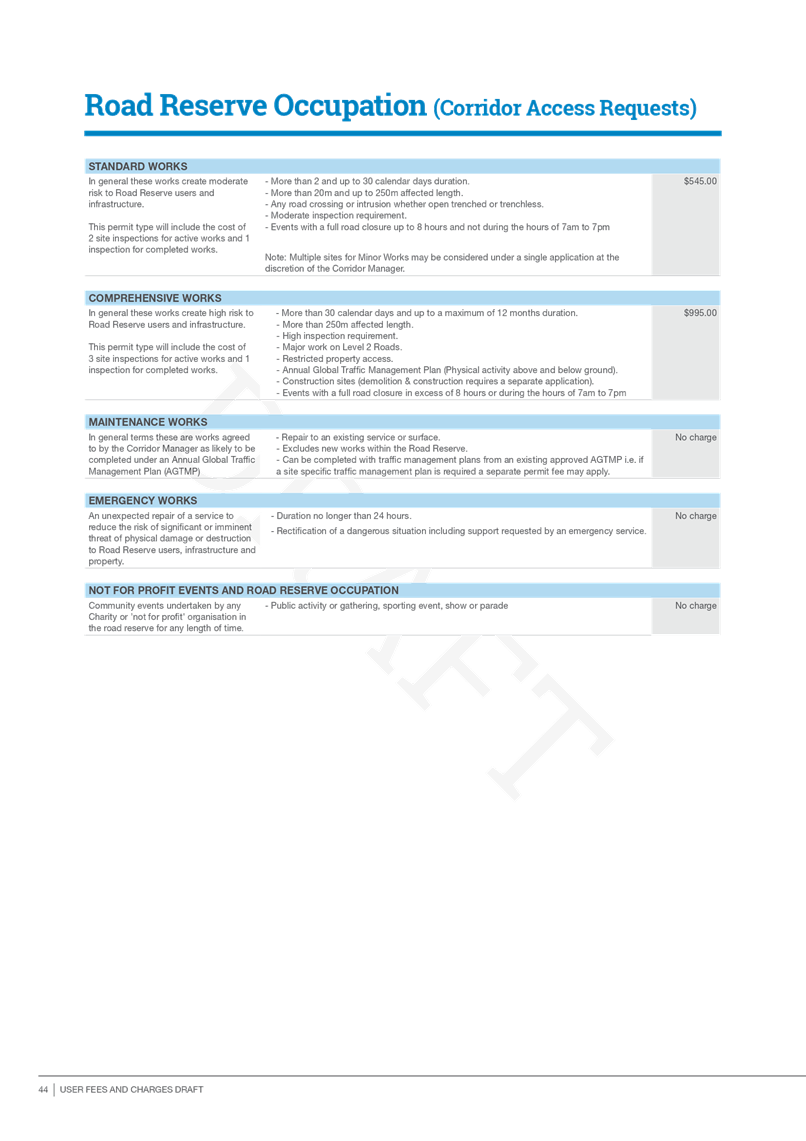







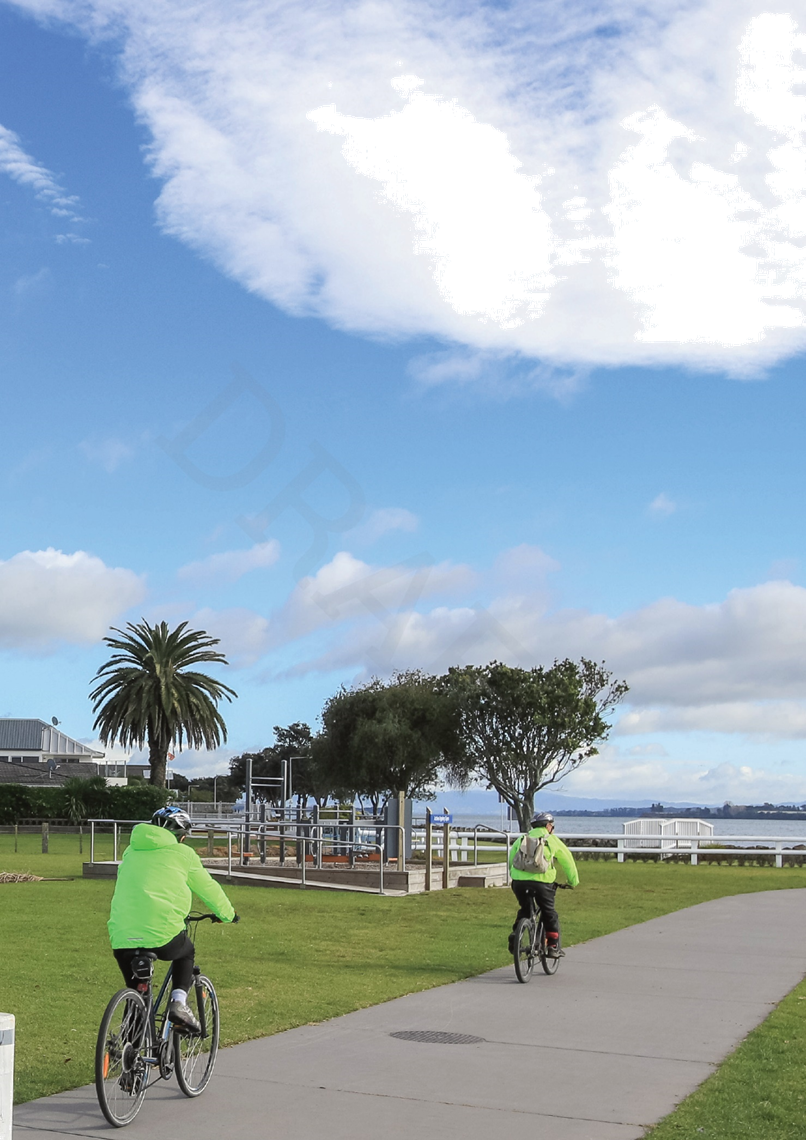


|
Ordinary Council meeting Agenda
|
24 March 2022
|

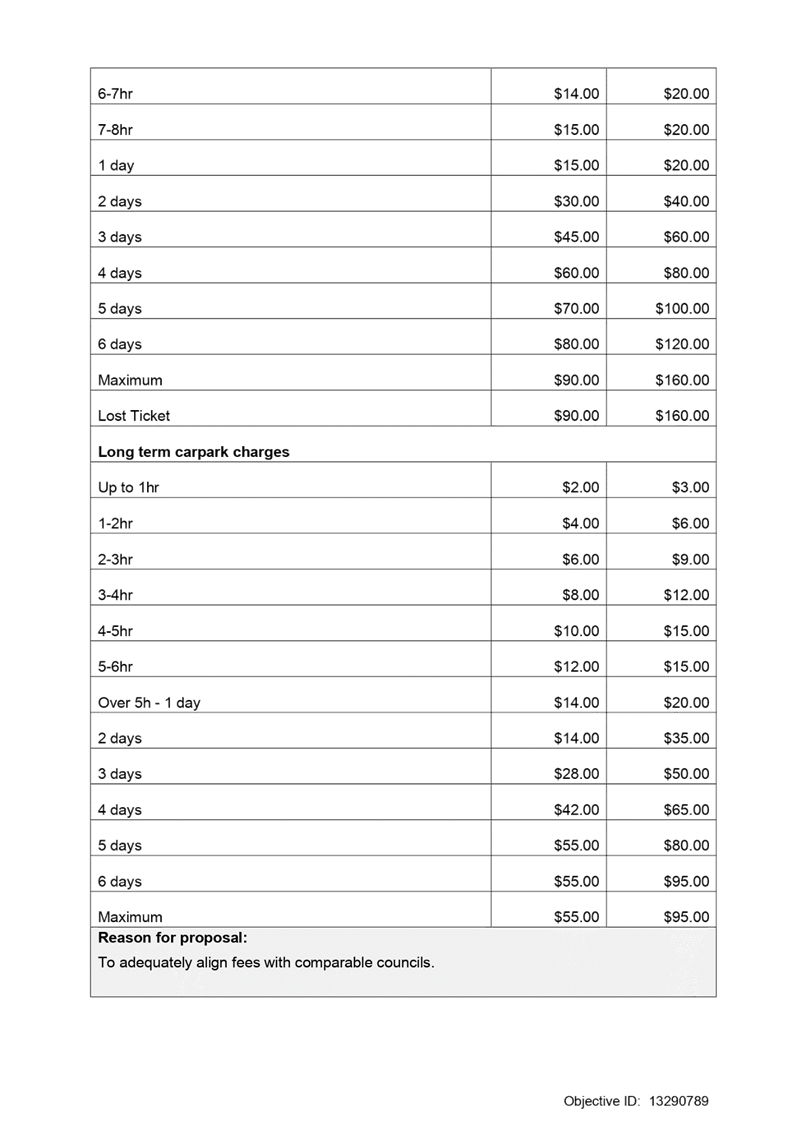
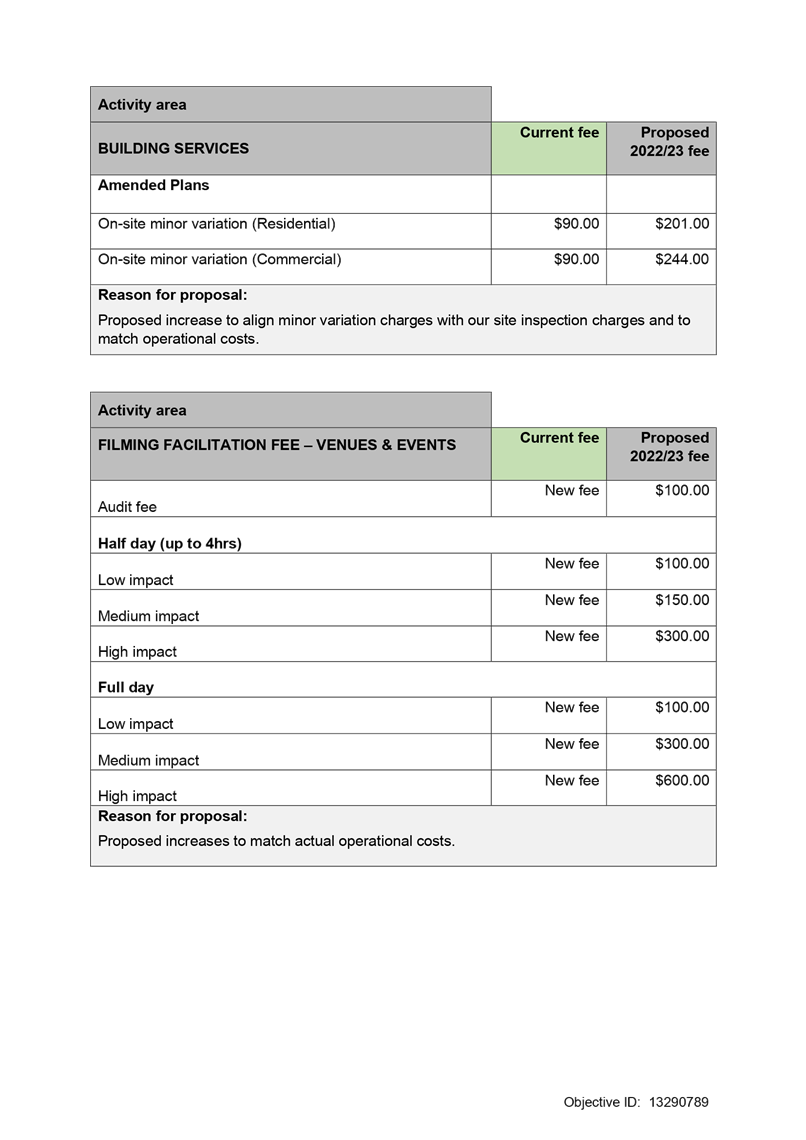





11.2 Adoption
of the Draft 2022/23 Development Contributions Policy
File
Number: A13274783
Author: Ana
Blackwood, Development Contributions Policy Analyst
Authoriser: Christine
Jones, General Manager: Strategy & Growth
Purpose
of the Report
1. To
adopt the draft 2022/23 Development Contributions Policy for the purpose of
public consultation.
|
Recommendations
That the Council:
(a) Adopts
the Statement of Proposal and Draft 2022/23 Development Contributions Policy
for public consultation
(b) Authorises
the Chief Executive to approve minor draft, financial and presentation
amendments to the Draft 2022/23 Development Contributions Policy prior to
printing if necessary.
|
Discussion
2. Council uses Development
Contributions to fund the cost of growth-related capital expenditure. The
Council’s Development Contributions Policy (DCP) is updated annually to
reflect latest cost information and funding decisions.
3. Before adopting a new DCP
the Council must undertake consultation in a manner that gives effect to the
legislative requirements of the Local Government Act 2002.
4. Attached to this report
are copies of a Statement of Proposal for the 2022/23 Development Contributions
Policy which includes a draft version of the policy.
5. The fees within the draft
DCP are the same as those shown in the Council report of 21 February 2022. The
key changes between the operative (2021/22) DCP and draft 2022/23 DCP are:
(a) 15% increase in Citywide development
contributions,
(b) Changes to local development
contributions including a 6% increase in contributions for West Bethlehem and a
4% increase in fees for some areas of Pyes Pa West,
(c) Updates to Section 5 to
explain the new projects funded under the community infrastructure category.
6. To avoid duplication the
reasons for these changes are not discussed within this report as they were
highlighted in the Council report from 21 February and are also detailed within
the Statement of Proposal which is attached.
7. Once
adopted by the Council, the Statement of Proposal for the 2022/23 DCP will be
circulated for public consultation via a mixture of different methods
including:
(a) updates to TCC’s website
including information with links to the policy;
(b) direct mailouts to those who
have requested to be notified and to known developers, planners, and
builders’ groups,
(c) Notification through the
Building Services and Environmental Planning teams’ newsletters (Planning
Panui and Toolbox),
(d) Consultation alongside any
Annual Plan consultation including notes contained with the Annual Plan
consultation documentation.
8. Staff
have also undertaken early engagement to try and advise the community that a
further increase in development contributions was likely this year. Methods
that we have already used in terms of signalling an increase include:
(a) regular updates on the
Development Contributions Policy within the body of the environmental planning
newsletters (Planning Panui and Building Toolbox). The purpose of this was to
make any agents, planners, builders and designers aware of possible increases
so that they could use that information when pricing developments and also pass
information on to customers;
(b) use of targeted social media campaigns
to highlight that Council fees may increase. The purpose of this was to try and
warn potential customers who might be at the early stages of investigating
future building or development but had not yet engaged a consultant;
(c) Regular updates to
Council’s website to reflect best known updates regarding DCP; and
(d) inclusion and references to
ongoing reviews in each year, within annual plan consultation documents and at
the front of the DCP.
Strategic / Statutory Context
9. The Local Government Act
2002 requires Council to have a Development Contributions Policy. Development
contributions are a significant and strategic revenue source for Council and
are critical to funding capital expenditure associated with providing for the
growing city. Development contributions enable infrastructure to be built
to unlock additional development.
Significance
10. The Local Government Act 2002
requires an assessment of the significance of matters, issues, proposals and
decisions in this report against Council’s Significance and Engagement
Policy. Council acknowledges that in some instances a matter, issue,
proposal or decision may have a high degree of importance to individuals,
groups, or agencies affected by the report.
11. In making this assessment, consideration
has been given to the likely impact, and likely consequences for:
(a) the current
and future social, economic, environmental, or cultural well-being of the
district or region
(b) any persons who are likely to be
particularly affected by, or interested in, the issue, proposal, decision, or
matter
(c) the capacity of the local authority to
perform its role, and the financial and other costs of doing so.
12. In accordance with the
considerations above, criteria and thresholds in the policy, it is considered
that the matter is of high significance.
Next Steps
13. Once adopted by Council the draft
policy will be circulated for public consultation via the means discussed in
this report. The public will be able to submit to the Council regarding matters
related to Development Contributions either through the Annual Plan and
Long-Term Plan amendment process or as a separate submission only on the
Development Contributions Policy. Any submissions received in relation to
development contributions will be summarised by staff and presented to the
Council along with a proposed response or options for consideration.
14. A final version of the policy,
incorporating any required budget or policy changes will be brought back to
Council to adopt in June. The intent is that the new policy will be made
operative by 1 July 2022 and new fees and rules applied to any consents
accepted by the Council from that date.
Attachments
1. Statement
of Proposal for the 2022/23 Development Contributions Policy - A13274893 ⇩ 
2. Draft 2022/23
Development Contributions Policy - A13281878 ⇩ 
|
Ordinary Council meeting Agenda
|
24 March 2022
|



|
Ordinary Council meeting Agenda
|
24 March 2022
|






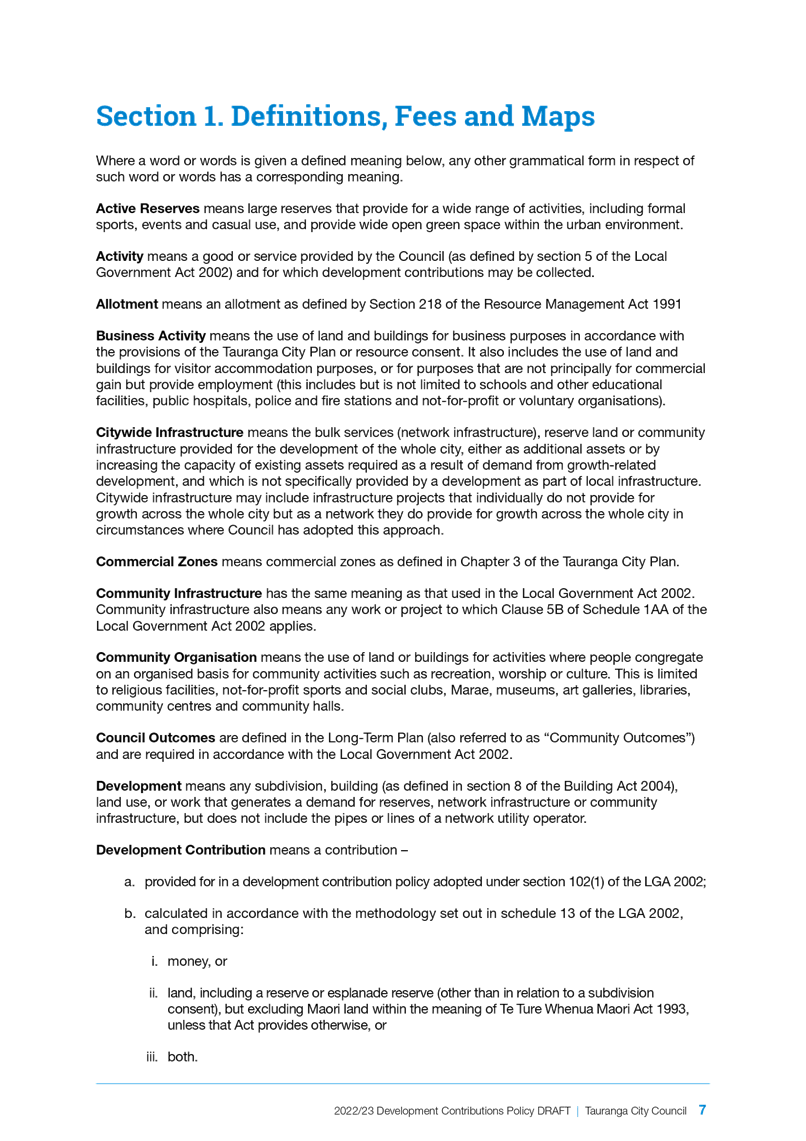










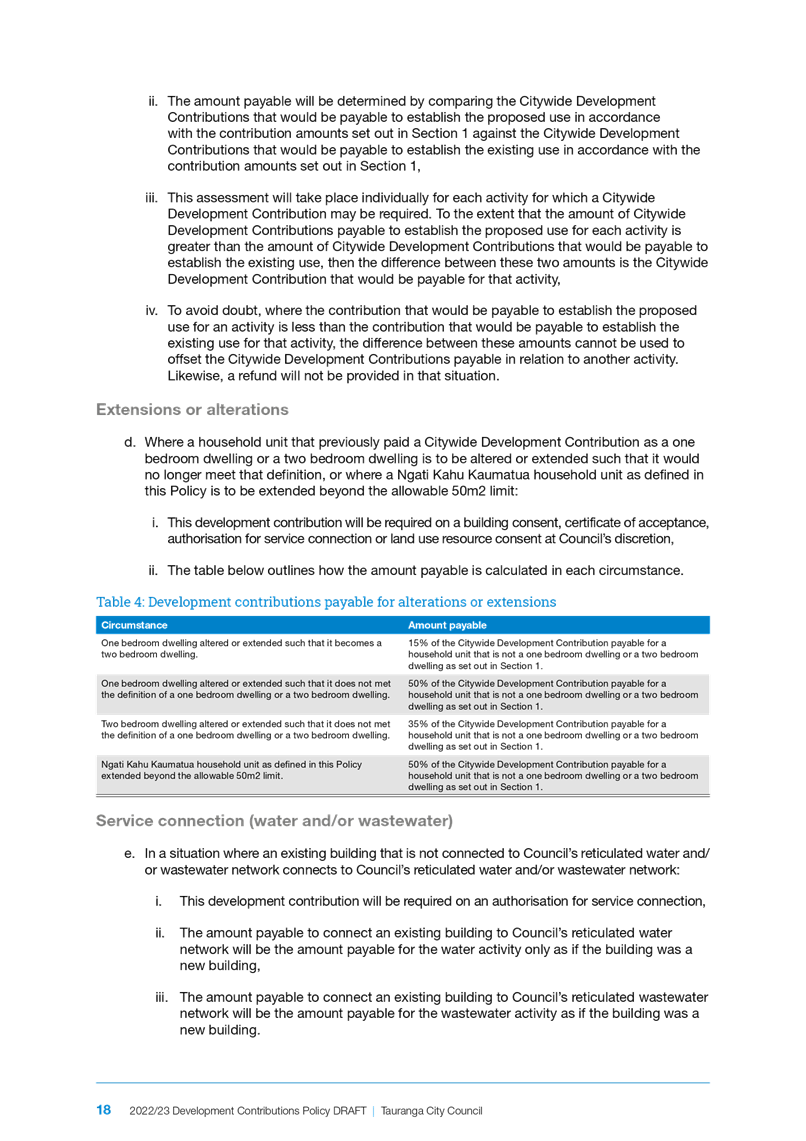





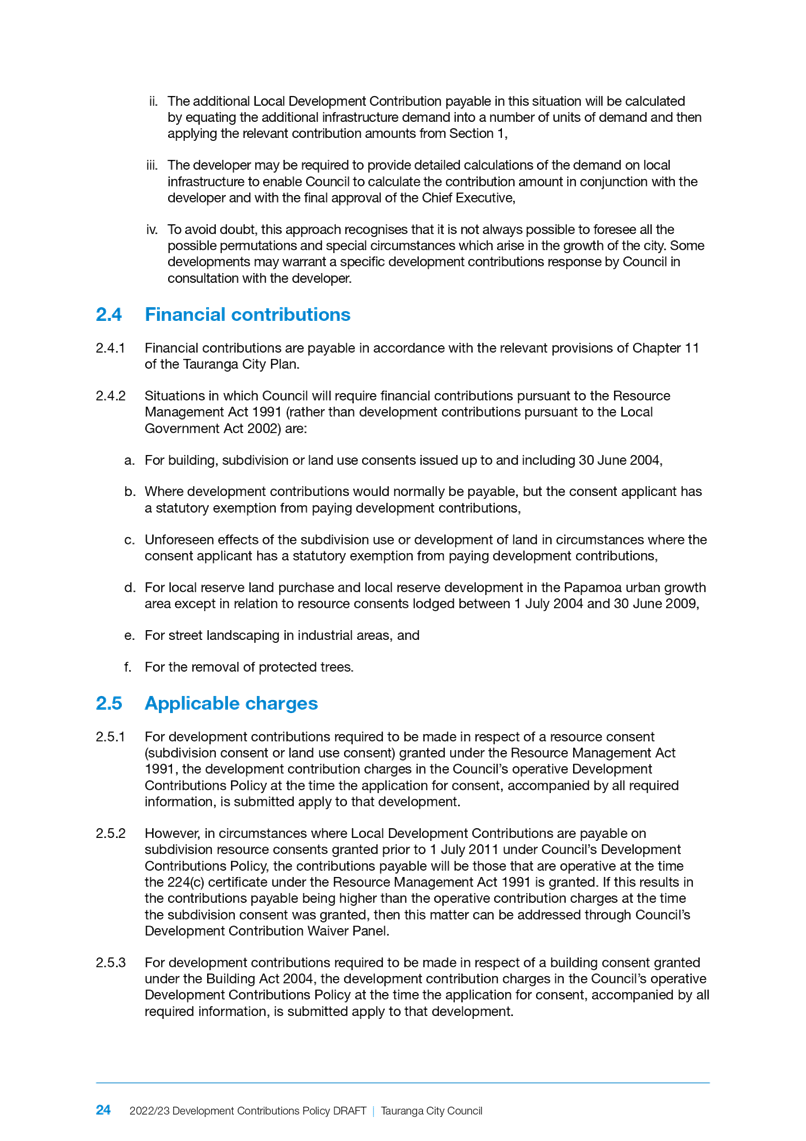





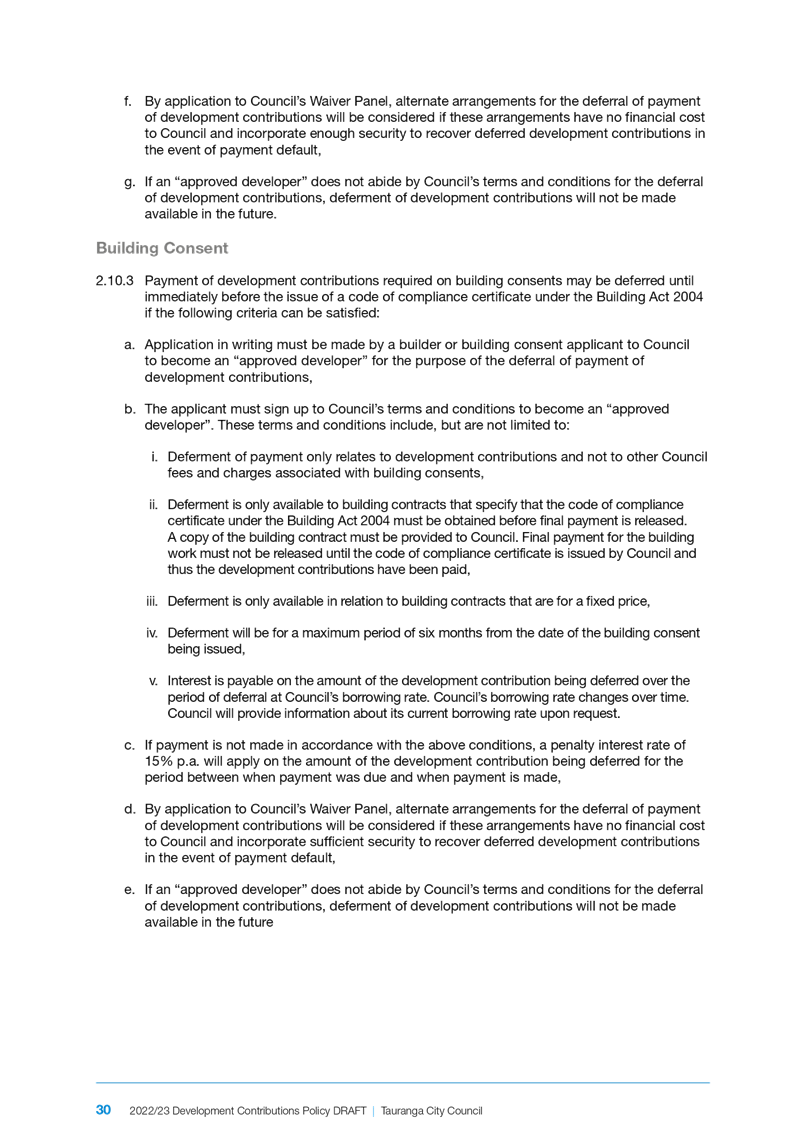








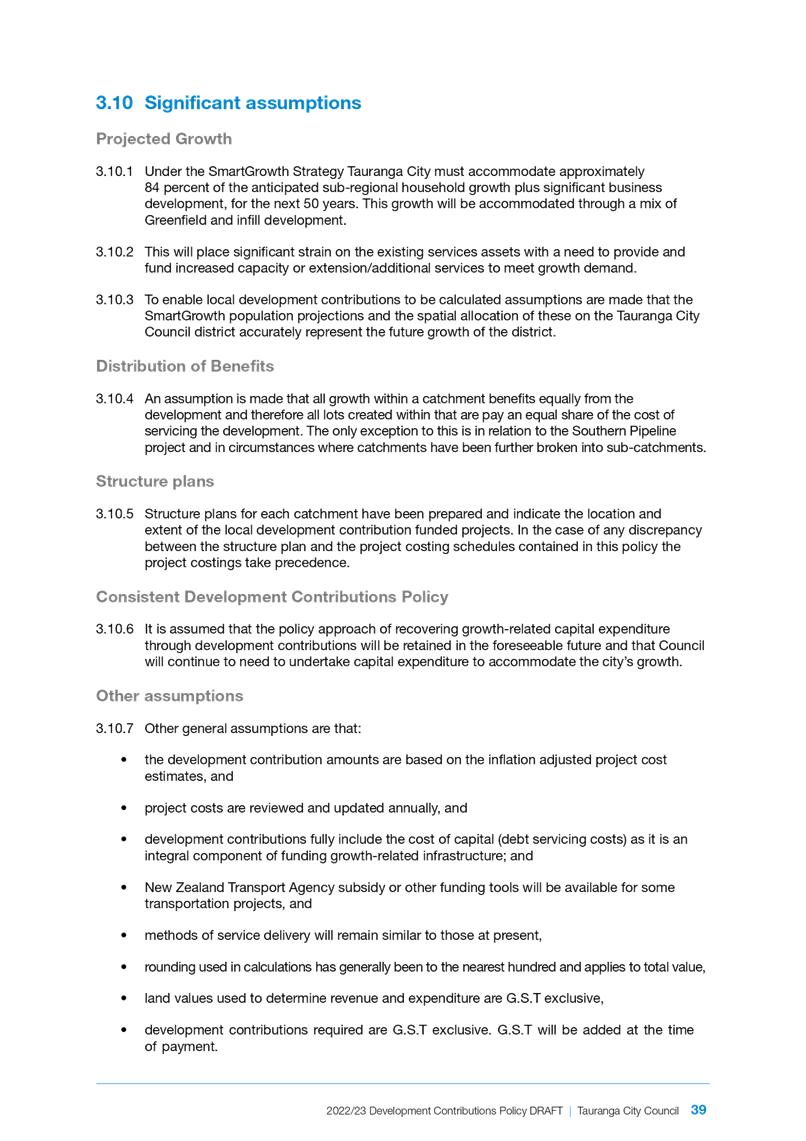
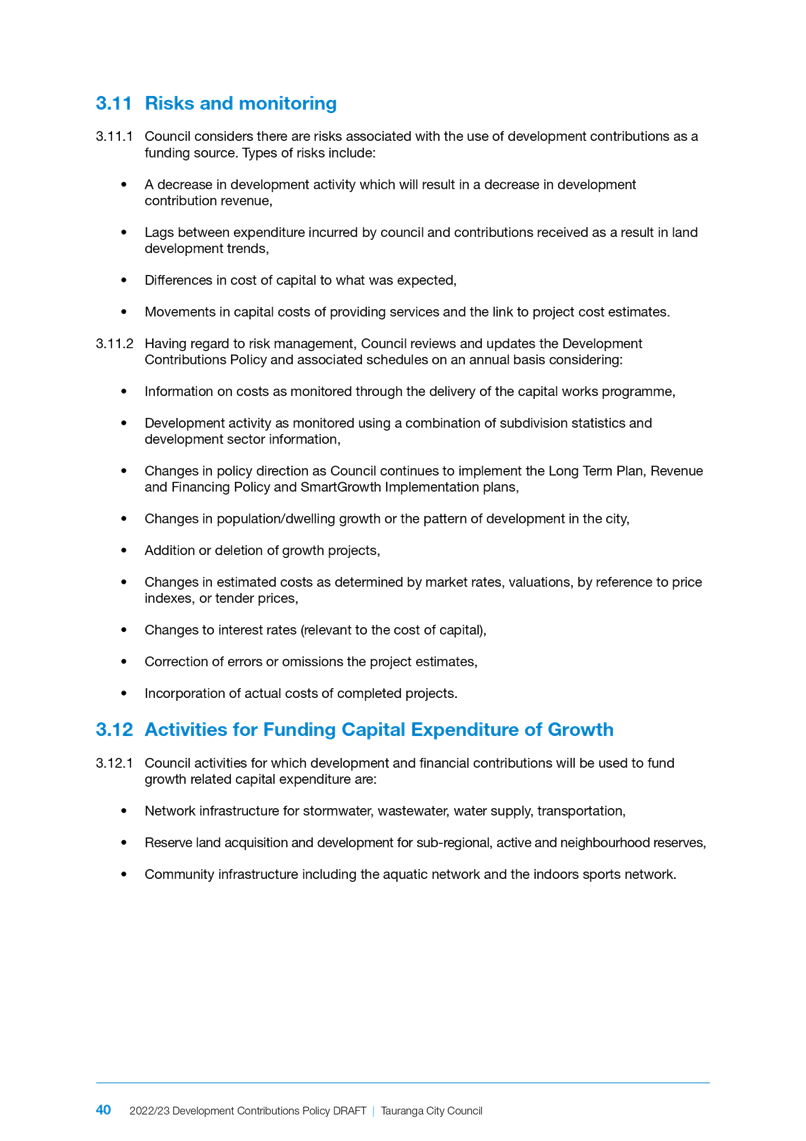









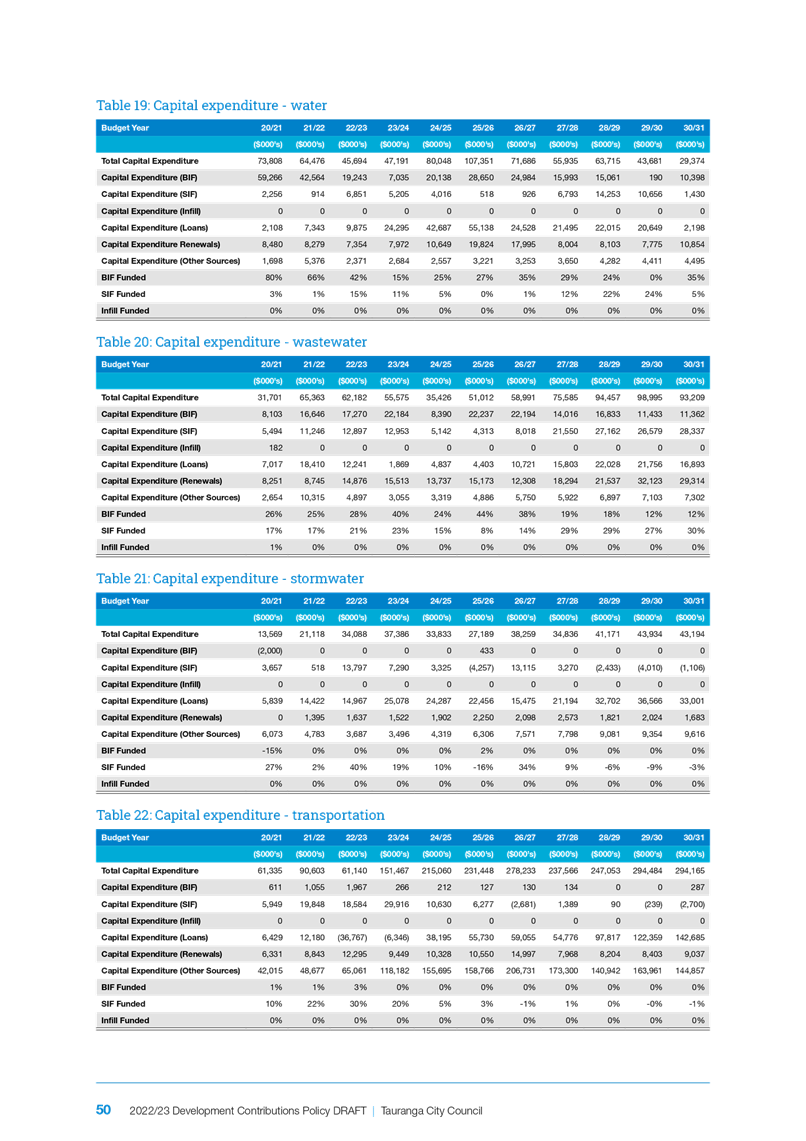

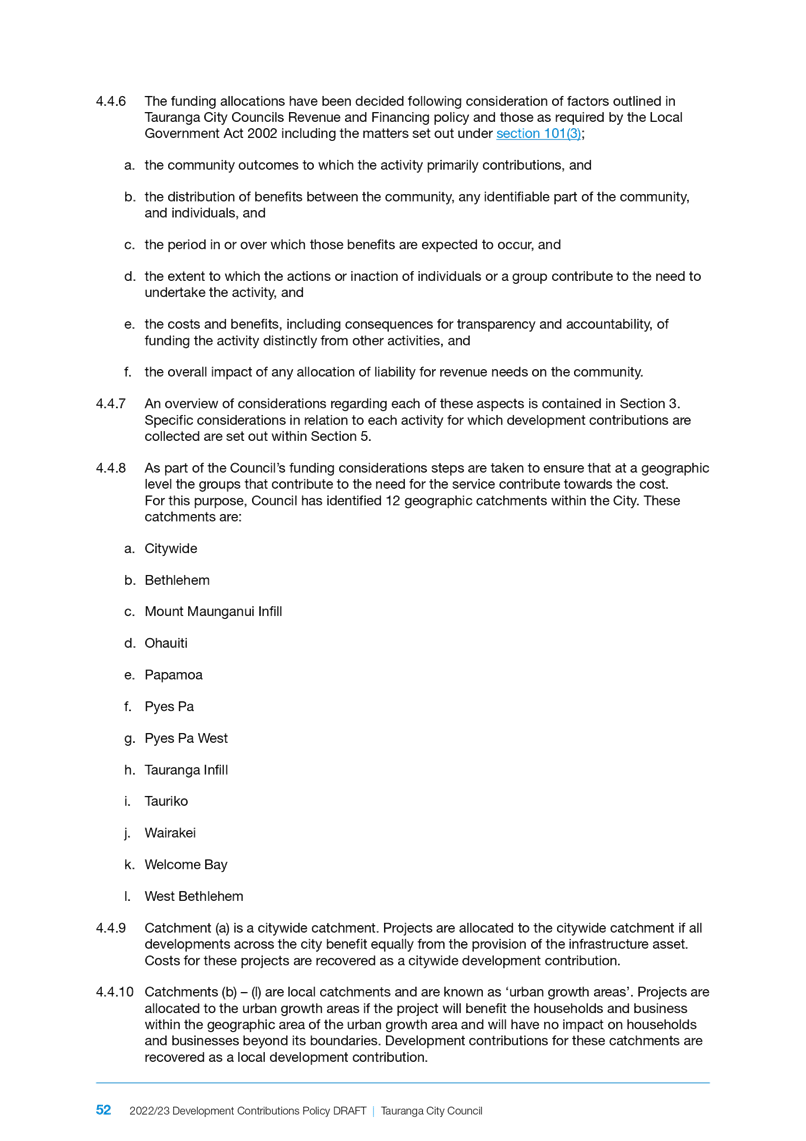













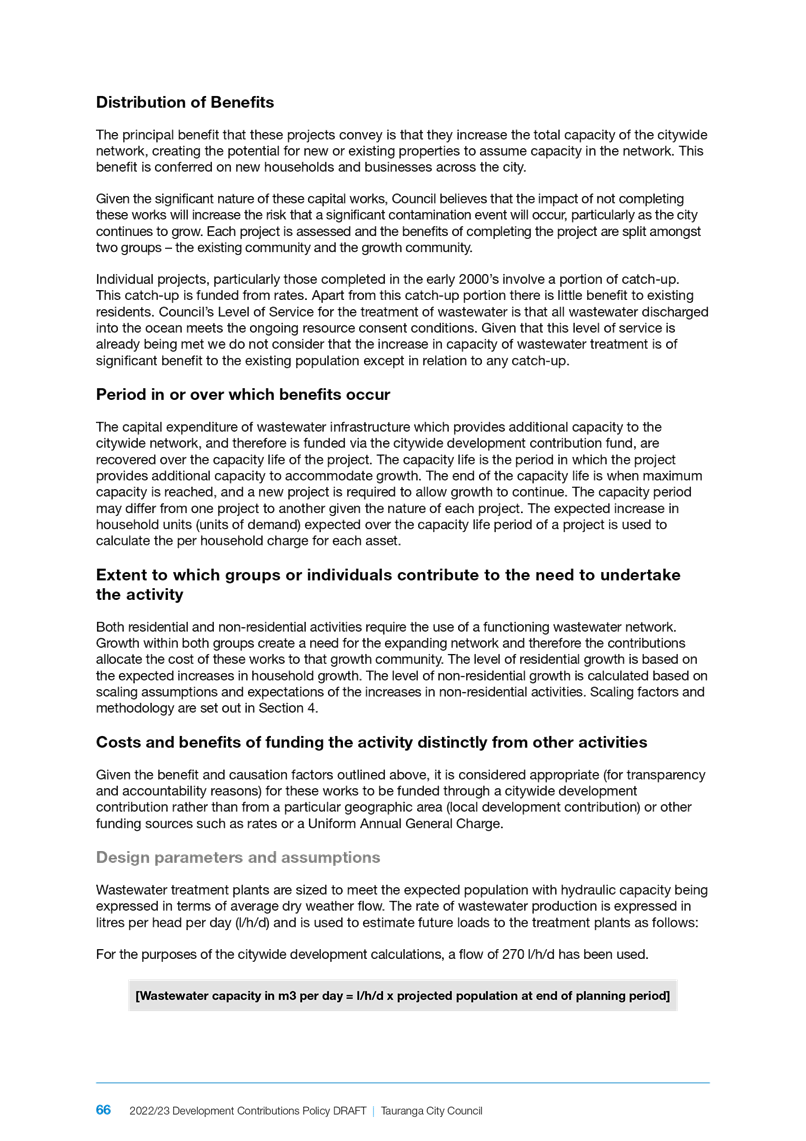















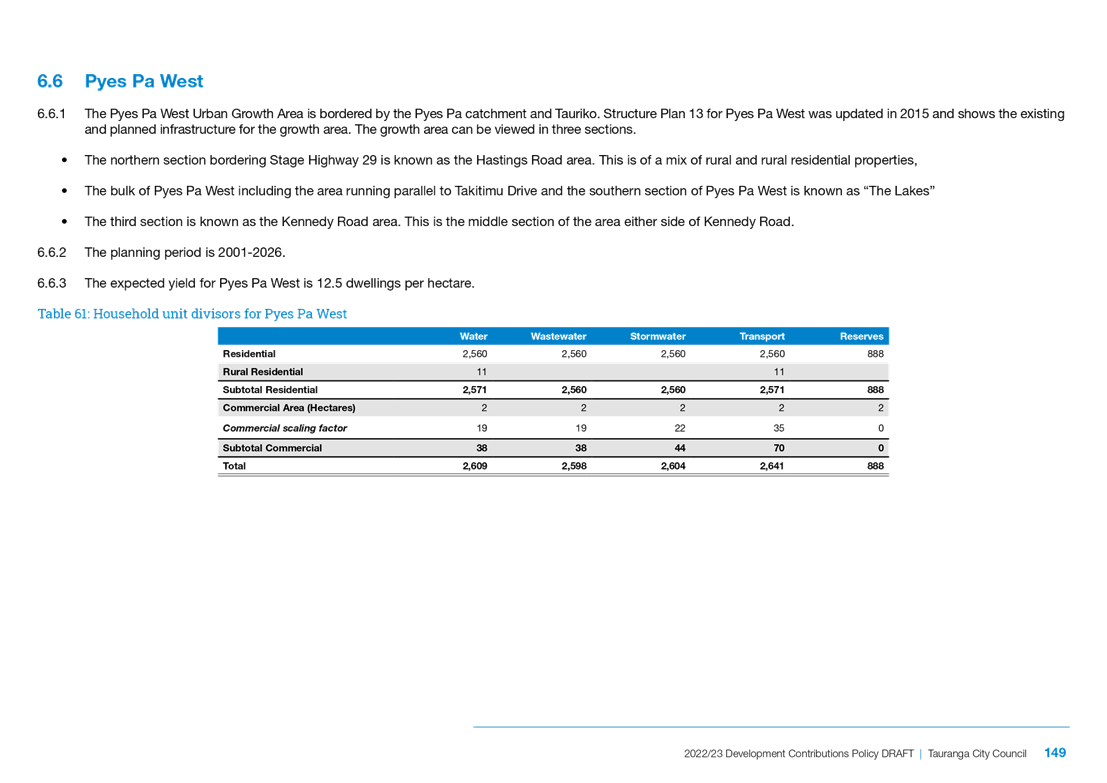



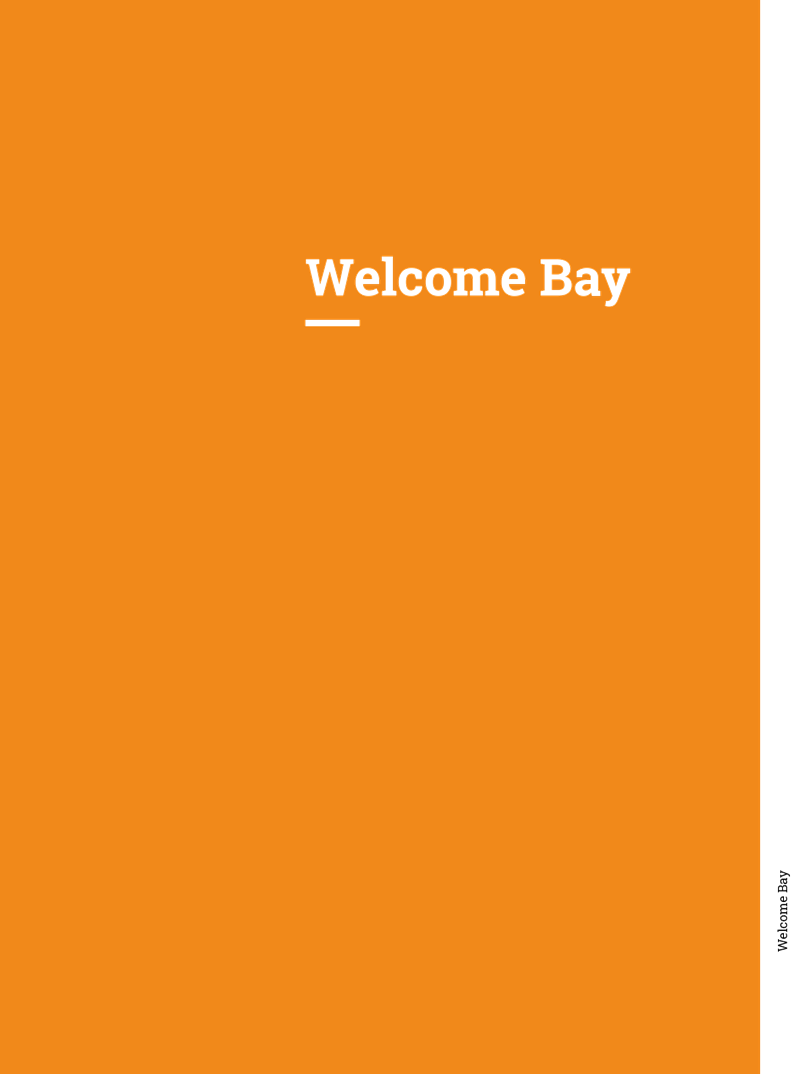




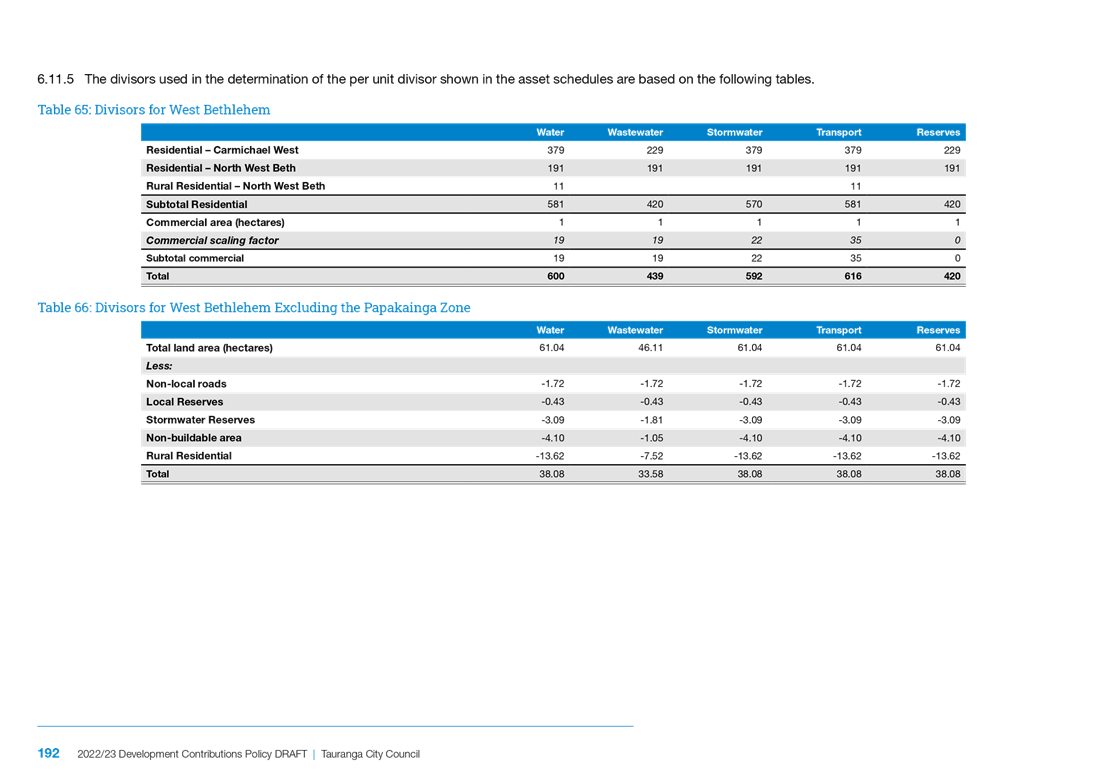

11.3 Active
Reserves - actions to increase capacity
File
Number: A13231321
Author: Ross
Hudson, Team Leader: Planning
Authoriser: Gareth
Wallis, General Manager: Community Services
Please note that this report
contains confidential attachments.
|
Public Excluded
Attachment
|
Reason why Public Excluded
|
|
Item 11.3 - Active
Reserves - actions to increase capacity - Attachment 2 - Attachment B
(confidential) - Active Reserve Options not on Council owned land
|
s7(2)(h) - The
withholding of the information is necessary to enable Council to carry out,
without prejudice or disadvantage, commercial activities.
|
Purpose
of the Report
1. To
seek agreement to short-term and longer-term actions to increase capacity in
Tauranga’s active reserves network.
|
Recommendations
That the Council:
(a) Endorses
the proposed options in Appendix 1 to increase utilisation and capacity in
the active reserves network.
(b) Notes
the need for budget reallocations to enable identified short-term
improvements, to be agreed through the 2022/23 Annual Plan Deliberations
process.
(c) Endorses
upgrades to Links Avenue Reserve and Macville Park in Mount Maunganui, to
enable the development of a centralised facility for football talent
development and a football academy for the city, pending agreements with the
football clubs and agreement of budget reallocations through the Annual Plan
Deliberations process.
(d) Endorses
the provision of artificial turfs as a sustainable and efficient method to
meet local community demand for sports fields, in appropriate circumstances,
and notes the need to amend the Active Reserve Level of Service Policy in due
course to accommodate this.
(e) Attachment
2 can be transferred into the open as and when Council has concluded
commercial negotiations.
|
Executive
Summary
2. As
the city grows, and as our demographics and sporting interests change, we need
to expand and adapt our active reserves network. With increasing pressure on
land for housing, we need to maximise the amount of use we can derive from the
sports fields we provide, in order to minimise the need for additional land,
whilst still seeking to enable accessible, quality and varied recreational
opportunities.
3. The
Community Facilities Investment Plan 2021 (CFIP) informed budgets for Active
Reserves in the Long-term Plan (LTP). Its focus was on the major projects that
would be needed to provide for new active reserves as the city grows in areas
of identified major deficit. In developing CFIP and through the LTP process,
the need for further work to identify and develop options to improve capacity
and availability of sports fields within the existing network, was also
identified.
4. We
have now reviewed our demand projections for active reserves and assessed ways
to meet that demand through improvements to the accessibility or number of
fields within the network. We have also assessed the feasibility of a number of
sites for early actions. Interventions can include flood lights, improvements
to grass quality and irrigation, reconfiguration of fields, as well as land
acquisition for new fields and different ways of managing demand.
5. We
have identified a set of short-term options to increase the utilisation of our
existing network, in particular to allow more mid-week evening training at key
pinch points. We have also identified a set of longer-term options to increase
capacity as the city grows. Some of the short-term options are unbudgeted and
we propose to seek additional funding through the Annual Plan Deliberations
process for those.
6. As
well as looking to provide appropriate local training and match capacity across
the network, we also look to work with the clubs and Sport Bay of Plenty to
enable better development pathways for talented children and young adults. This
can benefit those individuals and can inspire children of all skill levels to
participate in sport.
7. With
significant growing demand for football at all levels, and interest from the
clubs and NZ Football in Tauranga having quality development pathways and
opportunities to come together to enable combined senior teams to participate
in the Northern League, we are proposing to upgrade Links Avenue Reserve and
Macville Park in Mount Maunganui to become our ‘Home of Football’,
with high-quality training and match facilities.
8. Key
to the success of this opportunity will be quality playing surfaces and we propose
providing new artificial turfs for training and a new sand-based grass turf for
match-play at Links Avenue. Additionally, changes to the on-site parking
provision and the potential relocation of the dog club to a suitable
alternative site with improved facilities, will also significantly improve
facilities. At Macville Park, we propose resurfacing to provide a sand-based
grass or artificial turf, allowing more hours of community use and player
development.
9. An
appropriate management and governance regime for the facility would also be
required to balance the demands of community sport with the development
programme. We are currently working with the clubs to scope and create that.
10. The
feasibility and costs of this development, and our other short-term actions are
still being refined and we propose to bring a proposal with cost estimates for
consideration through the 2022/23 Annual Plan Deliberations, along with
consideration of the funding approach and opportunities for cost-recovery.
Background
The active reserves
network
11. Our
active reserve network is a key component of our provision of parks and
reserves across the city. They provide essential opportunities for our
community to be healthy, to participate and compete, to aspire and be inspired.
Our active reserves and our greenspaces as a whole are highly valued by our
community whenever we seek their views, and we often receive feedback that
reflects that sentiment.
12. Often
our reserves have multiple functions – they can be rugby fields but also
provide spaces to play, walk a dog or have a picnic, especially at the local
neighbourhood scale. We also provide larger active reserves, such as Blake Park
or Gordon Spratt Reserve, which have a predominant function as multi-sport hubs.
13. Our
approach to the provision of active reserves is articulated in the Active
Reserves Level of Service Policy (the Policy). The Policy primarily aims to
meet the winter-time demands for grass sports (football, rugby, league) as this
is when field capacity is most constrained. We also aim to provide for
hardcourt sports such as netball and tennis, and other sport and recreational
needs.
14. The
Policy sets out principles that the active reserves will aim to be:
(a) Sustainable,
in that a level of service (capacity and quality) will be established, as far
as practicable, to meet the needs of both current and future sporting codes in
Tauranga.
(b) Enabling,
in that consideration will be given to how we support the development of
successful and sustainable sports clubs that are meeting the needs of the
community at a social, training and competition level.
(c) Efficient,
in that we will look at opportunities for making the most of what is available
in the first instance and ensure that future active reserve development is
undertaken to maximise capacity and efficiencies of use.
(d) Cost
effective, in that we try to achieve a balance between accessibility, quality,
economies of scale, current and future needs and consideration of the wider
needs of the city.
(e) Network
based, in that over and under supply in any one area could be picked up by the
wider network of active reserves, taking into account population distribution.
(f) Accessible,
through endeavouring to ensure a reasonable geographic distribution of active
reserves across the city.
Supply, demand
and options development
15. We
commission an analysis of supply and demand on a three-yearly basis to help
determine current and projected demand from sports codes. There are a range of
factors that determine demand, including population growth and demographic
change, participation rates, popularity of codes, and sport development
factors. We also survey the clubs and regional sporting organisations in the
western Bay of Plenty sub-region to understand their patterns of use and
participation base.
16. We
have also assessed a set of reserves and other sites across the city for their
potential to provide additional sports field capacity, both as grass fields and
as artificial turfs. Our attention has focused in the Western part of the city
where the need to balance the demand for additional capacity against the need
for new land for housing is particularly acute.
17. Appendix
A summarises the findings and intervention options from our latest analysis. It
identifies short and longer-term options for each community area to improve the
useability (increased hours per week) of our existing network, and to increase capacity
through, for example, providing new active reserves in our growth corridors. Appendix
B (confidential) provides further details on some of the Council and
non-council sites in the Western part of the city that we are considering as
possible active reserve sites.
18. As
we develop options, we consider the scale, distribution and accessibility of
our active reserves in the context of our Policy and the Connected Centres
approach to development, considering complementary or alternative options
across wider macro-catchments, as well as within identified community catchment
areas.
19. Our
major issue across the city, both now and as the city grows, is access to
fields for training, especially for football. Most training takes place on
mid-week winter evenings and as such is reliant on decent grass quality (or
artificial turf) and flood lights.
20. Across
the whole network, there is currently a shortfall of 157 hours of training
capacity growing to 261 hours by 2043. For comparison, a new quality grass
field with flood lights can provide circa 20 hours of play a week (so about an
equivalent of eight new fields).
21. It
is important to note that these figures are based on assumptions and represent
our most conservative projections of future demand. Sensitivity testing using
Stats NZ projections, which project a higher proportion of people in the
‘active population’ bracket, could result in the need for a further
eight additional fields by 2043 across the network.
22. Alongside
modelled projections, we have also grounded our understanding with input from
the clubs and with field-by-field assessments of the types of actions we can
reasonably undertake to enhance the capacity of our current network.
23. Our
‘intervention options’ (Appendix A) are specific to each reserve
and each field within it. The resulting actions will include a mix of:
(a) flood
lighting (e.g. improving current provision or new lights)
(b) turf
replacement (e.g. grasses or artificial turfs)
(c) irrigation,
drainage and new water supplies (e.g. water bores)
(d) changes to
field configurations
(e) relocations
of some codes and working with clubs to alter usage patterns
(f) acquiring land and
developing new reserves.
24. The
sections below summarise our options for each community area. We will begin
implementing quick wins from this coming summer, with more complex options
being refined in partnership with the clubs over the same period. Appendix A
will become a comprehensive, budgeted, action plan.
25. The
potential gains from the identified intervention options broadly correlate with
the shortfalls in available hours of play, currently and as the city is
predicted to grow. Note that our projections are out to 2043 only but, due to
structural ageing, demand is expected to have peaked by that point even as the
city grows further.
26. There
remain a number of uncertainties around the viability of some of the
interventions identified, as there are with the extent of future demand. Our
focus is on actions that can be taken now and over the next few years, with
further iterations of our action planning to be undertaken in due course.
Intervention options by community catchment area
Bethlehem
27. In
Bethlehem, we have competing demands for land for housing and active reserves,
with Council considering the extent to which land originally acquired for
active reserves at Pōteriwhi (Parau Farms) and Smiths
Farm should be used for housing. Our most recent assessment recommends that we
should still look to provide three sports fields in the Bethlehem area. The feasibility
of integrating active and passive reserve provision alongside a significant
quantum of housing development at Pōteriwhi (Parau
Farms) is being explored as an option, alongside options that consider full use
of the site for housing. We would envisage any active reserve within Pōteriwhi functioning as a
neighbourhood scale greenspace, providing organised sports opportunities but
also operating as a local park. A report seeking further direction on Pōteriwhi will be brought to Council following conclusion of
engagement with mana whenua.
28. We have investigated alternative options for provision in the
Bethlehem area itself, and in the wider Western part of the city. There are
currently no ‘ready-to-go’ alternative sites to Pōteriwhi or Smiths Farm for the provision of three fields
within Bethlehem. However, we are exploring the potential of an alternative
site on the Te Puna side of the Wairoa River, which is within 2km of Pōteriwhi. This site has the potential to provide sufficient
capacity, albeit that it has a mix of ownership, access and site feasibility
issues to resolve before we could classify it as a workable alternative. These
issues will take some time to resolve but work is underway to do so.
29. Whilst provision of a three field active reserve in Bethlehem
remains preferable to meet our service level objectives, we are also exploring options
in the Tauriko West area that could meet our field supply requirements. We will
need to provide new active reseve capacity to meet the needs of the Western
Corridor, so if new provision in Tauriko were to also serve Bethlehem, it would
require addional land (again in competition with housing) and would be less
accessible from Bethlehem itself.
30. Confidential Appendix B provides some further details in regard to these
sites and sites not in Council ownership.
Western Corridor
31. In
the Western Corridor, we will require four new fields (or their equivalent) in
the next 10-12 years. Options to provide this include:
(a) the
potential development of Maarawaewae (Greerton Racecourse) into a health and
leisure hub with the Western Corridor being its primary source of active
reserve demand;
(b) acquisition
of land through a developer agreement with a Tauriko West landowner, ideally as
part of a community facilities hub (active reserve, indoor courts, library,
community centre, playcentre) which would ideally be located next to a new
school in the area as this, along with use of artificial turf, would
potentially allow sharing of space and therefore less competition for land for
housing;
(c) development
of Council’s Merricks Farm site in Pyes Pa; and/or
(d) provision
outside the catchment at Council-owned land in Ohauiti.
32. The
Maarawaewae option, and/or the Tauriko West options are considered preferable.
33. Confidential Appendix B provides some further details in regard to these
sites.
Otūmoetai
34. Fergusson
Park is the key active reserve in Otūmoetai, which also draws football and
cricket players from a wider catchment (in part due to the deficit of capacity
in the Bethlehem area, and in part because it is a large reserve with
established clubs). A deficit of circa 40 hours a week training capacity is
identified. Lighting, field reconfiguration, irrigation and changes to the
grass type are identified as options for immediate and detailed investigation.
35. A
key constraint at Fergusson Park is access to bore water to sow in and maintain
better grasses, along with the fact that its high use in summer for cricket
constrains options for upgrades in advance of the winter season. Availability
and consent for bore water will be explored. The proposed upgrades to Links
Avenue Reserve will provide alternative training options for some players.
36. There
are existing LTP budgets for improvements to Fergusson Park – sports
field enhancements, upgraded facilities, pathway and stormwater groyne
improvements – and we will begin a comprehensive site design and
undertake any quick wins as soon as possible in 2022.
Te Papa
37. Capacity
shortfalls along the Te Papa Peninsula are not acute and are not expected to
become so. Provision at Maarawaewae would comfortably meet demand growth. Other
options include lighting, irrigation and sowing more resilient grasses at
Morland Fox and/or Pemberton parks in Greerton.
Ohauiti – Welcome Bay – Maungatapu
38. Demand
is expected to peak in this area in 2031, with an additional 51 hours of
training capacity required by that point. Options to provide that capacity over
the next few years include lighting, irrigation and new grasses at Te Wati and
Waipuna parks.
39. We
may also need to use land Council owns in Ohauiti for a new 1.5 field football
reserve, depending on how demand plays out over the next few years. The site is
in the vicinity of an area of expected additional housing development, and
could also provide some sports field capacity, if required, for the Western
Corridor. We would propose holding this land while the other actions in the
catchment are undertaken. However, budget for its development – currently
in 2023/24 and 2024/25 – is to be reallocated to other short-term sports
field capacity projects.
Mount – Arataki
40. In
the Mount, a small deficit in mid-week rugby training capacity has been
identified through the supply and demand modelling. This could be alleviated by
providing some extra lights at Arataki Park. Note also though that through the
Blake Park Future State process, increasing capacity issues were identified by
community rugby users there, especially as a result of increased demand from
the Adams Centre for High Performance. Through our options for the development
for Blake Park, we will further assess options for increased capacity for
community and high-performance use in this area.
41. Aside
from this, because Links Avenue Reserve and Macville Park in the Mount are
football-focused sports fields, and because they are centrally located and
therefore accessible from across the city, we are of the view that they can
provide a citywide function in the provision of development pathways for
talented footballers. Further details of proposed actions are detailed below.
Papamoa
42. The
only sports fields in Papamoa are at Gordon Spratt Reserve, which has a
shortfall of over 50 hours training capacity. This correlates with the views
expressed by the clubs through the recent Future State co-design process. We
have begun detailed and comprehensive investigations of options to increase
capacity, including lighting, new grasses (potentially also an artificial turf)
and field reconfigurations. As with Fergusson Park, water is the main issue and
we are exploring bore water options and consents, and the use of city water supplies
to bed in new grasses over the coming summers. Note also that our current
Agrichemicals policy constrains our ability to grow in better quality grasses
(see below).
43. We
have also explored land swap and land acquisition options in the vicinity but
these have not come to fruition at this point in time. The proposed upgrades to
Links Avenue would also provide alternative training capacity for some players
and, as we explore options for the development of Baypark with Bay Venues
Limited, there may also be options to provide some sports field capacity there.
Papamoa East (including Wairakei – Te Tumu)
44. Existing
demand in Papamoa East is adding to the pressure at Gordon Spratt Reserve.
Future demand will be largely driven by growth and it will be essential that we
provide additional fields in the Wairakei – Te Tumu area in circa 10
years’ time, or before if the Wairakei – Te Tumu development is
enabled sooner. Sufficient land has been identified through the Structure Plan
process and we are in early-stage discussions with the Maori land trust that
has responsibility for the Kaituna 14 Block, to enable it to be secured for active
reserve development in due course.
Artificial turfs
45. We
have also recently undertaken an assessment of the potential to make use of
artificial turfs across the network. In principle, because we have a
significant and growing deficit in mid-week training capacity for football,
artificial turfs have the potential to provide a solution that enables more
hours of use than grass for the same amount of space.
46. However,
they are certainly not a panacea because they compromise field use by other
codes and informal recreational users, and because they are constrained by the
number of hours that teams are able and willing to play. If they replace
existing fields, you can only gain a few additional hours of use and they are
expensive to install, and more complex to manage and maintain.
47. Our
conclusions as to the circumstances that artificial turfs are suitable are as
follows:
(a) where
there is a high football training demand, but limited other uses of the space;
(b) where
there are potential weekday daytime users, especially schools nearby to
maximise the community value that is derived from the investment;
(c) in
new growth areas where active reserves can be designed and managed to provide a
mix of suitable surfaces for different users from the start; and
(d) where
the site is feasible from geotechnical, planning and access perspectives, and
its configuration would suit an artificial turf.
48. Our
analysis of the suitability and feasibility of artificial turfs across a number
of sites has led us to the conclusion that the Links Avenue project described
below is an excellent location of the city’s first football artificial
turf.
Agrichemicals
49. Optimisation
of grass sports fields is dependent on the availability of appropriate
management tools and currently Council’s agrichemical use policy does not
allow the use of products suitable for managing these types of fields.
Council’s use of toxic agrichemicals for vegetation management policy
lists approved products. This currently does not include pre-emergent
chemicals. This list can be amended by Council, however the Toxic Agrichemical
Advisory Forum (TAAF) who assist Council in its determination of acceptable
toxic agrichemicals and their circumstances of use have, in the past, opposed
use of these.
50. Pre-emergent
chemicals are necessary to gain and maintain optimum capacity increases out of
resilient ‘warm season’ grasses, which is one of the key
recommended actions for investigation in Appendix A. Accordingly it will be
necessary to review the use of toxic agrichemicals for vegetation management
policy to determine whether the use of these chemicals can be approved.
Links Avenue – Home of Football
51. As
well as looking to provide appropriate local training and match capacity across
the network, we also look to work with the clubs and Sport Bay of Plenty to
enable better development pathways for talented children and young adults. This
can benefit those individuals and can inspire children of all skill levels to
participate in sport.
52. With
significant growing demand for football at all levels, and interest from the
clubs and NZ Football in Tauranga having quality development pathways and
opportunities to come together to enable combined senior teams to participate
in the Northern League, we are proposing to upgrade Links Avenue Reserve and
Macville Park in Mount Maunganui to become our ‘Home of Football’,
with high quality training and match facilities. The project will provide
additional citywide training capacity and development programmes. The proposed
project (which is in its design phase) will increase capacity for local and
citywide use.
53. Key
to the success of this opportunity will be quality playing surfaces and we
propose:
(a) providing
a new artificial turf for training and a new sand-based grass turf for
match-play at Links Avenue, along with new lighting, increased parking
provision on the site and the potential relocation of the dog club to a
suitable alternative site; and
(b) at
Macville Park, resurfacing to provide a sand-based grass turf (or artificial
turf), allowing more hours for community use and for player development.
54. We
are in the process of attempting to acquire land adjacent to the reserve to
enable additional carparking, and the re-purposing of an area currently used
for spill-over parking and the dog club to become an additional training field.
55. We
are also in discussions with the Transport team to ensure that an upgraded
facility can work with the short and longer-term transport changes that are
proposed for Links Avenue. The times of use of the facility is expected to be
predominantly off-peak and it is considered that site access design can be
configured in such a way as to ensure safe passage of people walking, cycling
and traveling by bus or car down Links Avenue, and into and out of the
facility. We will continue to engage with Transport colleagues and with the
community in the vicinity to ensure quality outcomes for all users and
residents of Links Ave.
56. An
appropriate management and governance regime for the facility would also be
required to balance the demands of community sport with the development
programme. We are working with the clubs to scope and create that.
57. The
feasibility and costs of this development are still being refined and we intend
to bring a proposal with cost estimates for a decision on implementation to an
upcoming Council meeting, along with consideration of the funding approach and
opportunities for cost-recovery.
Strategic / POLICY/
Statutory Context
58. Council’s
work in its active reserves is guided the Active Reserves Level of Service
Policy and in part by the Reserves Management Plan and the Reserves Act,
alongside regular updates of our understanding of the active reserve
network’s operational capacity and changing demand from sports clubs and
recreational users.
59. It
should be noted that the existing Active Reserve Level of Service Policy does
not consider a scenario where Council initiates and funds artificial turf to
meet community need. Therefore, a decision to provide artificial turf in this
circumstance is inconsistent with Council’s policy. It is proposed that
the Policy is amended in due course through the planned review of the Sport and
Active Living Strategy.
Financial Considerations
60. The
2021 Long-term Plan includes approximately $117m for the development of
additional active reserve capacity and the acquisition of land (covering
previously identified projects in Bethlehem, Ohauiti, Fergusson Park and Gordon
Spratt Reserve, and land acquisition in Tauriko West and Te Tumu). Our updated
analysis will lead to recommendations for the reallocation of some of these
budgets to the set of actions identified.
61. In
2022/23, we currently have allocated approximately $1.5m for active reserve
capacity improvements. In 2023/24, we have allocated approximately $6.1m. We
also have $2.9m of development contributions to spend over that period. This is
a total of $14.5m over the coming two financial years and is expected to be
sufficient for the actions identified to be delivered over that period.
Additional budgets are allocated to upgrading facilities on the reserves, such
as clubrooms.
Legal Implications /
Risks
62. No
legal issues or significant risks have been identified in relation to the
decisions being sought. However, risks in relation to key potential projects
will be assessed prior to further implementation decisions.
Significance
63. The
Local Government Act 2002 requires an assessment of the significance of
matters, issues, proposals and decisions in this report against Council’s
Significance and Engagement Policy. Council acknowledges that in some instances
a matter, issue, proposal or decision may have a high degree of importance to
individuals, groups, or agencies affected by the report.
64. In
making this assessment, consideration has been given to the likely impact, and
likely consequences for:
(a) the current and future social,
economic, environmental, or cultural well-being of the district or region;
(b) any
persons who are likely to be particularly affected by, or interested in, the
proposals; and
(c) the capacity of the local authority to
perform its role, and the financial and other costs of doing so.
65. In
accordance with the considerations above, criteria and thresholds in the
policy, it is considered that the proposal is of low significance.
ENGAGEMENT
66. Taking
into consideration the above assessment, the proposal is currently considered
of low significance and we are of the opinion that no further engagement is
required prior to Council making a decision. However, further engagement will
be required with key stakeholders and local communities on many of the
intervention options identified.
Next Steps
67. Next
steps will include the following:
(a) Implementation
of quick wins in the 2022/23 financial year, with any budget reallocations
addressed through the Annual Plan Deliberations process.
(b) Working
with the city’s football clubs, other stakeholders and potential
co-investors to develop the design and management regime for a Home of Football
at Links Avenue Reserve and Macville Park.
(c) Review the
use of agrichemicals for growing in resilient grasses on active reserves.
(d) Development and implementation
of a comprehensive plan for interventions across the active reserves network.
Attachments
1. Attachment
A - Sportsfield Intervention Options - A13291085 ⇩ 
2. Attachment B
(confidential) - Active Reserve Options not on Council owned land - A13294490 -
Public Excluded
|
Ordinary Council meeting Agenda
|
24 March 2022
|




11.4 Blake
Park and Gordon Spratt Reserve & Alice Johnson Oval - actions following
'future state' user workshops
File
Number: A13266050
Author: Ross
Hudson, Team Leader: Planning
Authoriser: Gareth
Wallis, General Manager: Community Services
Purpose
of the Report
1. To
report on the recommendations of the Blake Park and Gordon Spratt ‘Future
State’ processes with park users and make proposals for implementation of
those recommendations.
|
Recommendations
That the Council:
(a) Thanks
the users of Blake Park and Gordon Spratt Reserve and Alice Johnson Oval for
their open-minded engagement in the Future State workshops, and recognises
the support of Sport Bay of Plenty in facilitating these sessions in the
second half of 2021.
Gordon Spratt Reserve & Alice Johnson Oval
(b) Endorses
the recommendations contained in Attachment A – Gordon Spratt and Alice
Johnson Reserve Future State Project – and commences the implementation
of these.
(c) Notes
the opportunity for accelerated delivery of a new cricket pavilion at the
Alice Johnson Oval, with budget reallocations to be considered through the
2022/23 Annual Plan Deliberations process.
(d) Notes
the opportunity for early implementation of lighting projects to increase
availability of sports fields, with budget reallocations to be considered
through the 2022/23 Annual Plan Deliberations process .
(e) Supports
proceeding with site master planning for Gordon Spratt Reserve and Alice
Johnson Oval, to identify and implement opportunities to increase capacity
and utilisation by the sports clubs.
(f) Completes
the business case for a multi-purpose clubroom facilities, and requests that
staff report to Council with indicatively priced proposals for key actions in
2022.
Blake Park
(g) Endorses
the recommendations contained in Attachment A – Blake Park Future State
Options Report – and commences implementation of these.
(h) Proceeds
with site master planning at Blake Park and Baypark, including consideration
of options for the Mount Maunganui Sports Centre, Tauranga Netball Centre,
Mount Maunganui Tennis Club and the High Performance Centre activities that
use grass fields space; and requests that staff report to Council with priced
proposals for key actions in 2022.
(i) Requests
staff to work with Sport Bay of Plenty to establish a Blake Park Management
Board, chaired by the General Manager Community Services.
(j) Requests
that staff consider strategic options for the role of Council in the
provision of facilities for High Performance Sport, and brings these options
to Council for consideration in 2022.
|
Executive
Summary
2. As
the city grows and changes, pressure on our active reserves network increases,
with competing demands from sports clubs, informal recreational users,
high-performance teams and events. Along with planned investments in new active
reserve capacity in growth corridors, reconfiguration of our current reserves,
redistribution of uses across the network, and changes to the management of our
strategic multi-sport sites are all required to maximise the use of and
community benefit from those spaces.
3. Through
the 2021 Long-term Plan (LTP), Council requested staff to undertake engagement
workshops with the users of Blake Park and Gordon Spratt Reserve to work out
and agree the best future for those key sites, in the context of the Tauranga
network as a whole. We realise that the users of these sites, mana whenua, and
our partners at Sport Bay of Plenty and Bay Venues Limited are all invested and
therefore carried out an open, transparent engagement process to build trust
and engender better relationships.
4. Both
sites were identified by staff and user groups as in need of change through
clarification of priorities, multi-year investment, and master planning of the
sites. The outputs and recommendations of those ‘Future State’
engagement workshops are captured in Attachment A – ‘Gordon Spratt
Reserve and Alice Johnson Oval Future State Project’; and Attachment B
– ‘Blake Park Future State Options Report’.
5. Following
those workshops, we continue to engage with the users and are implementing key
actions identified. At Gordon Spratt Reserve, the key actions proposed include:
(a) Progressing
with urgency the planned cricket pavilion and parking improvements at the Alice
Johnson Reserve.
(b) Investigating
options to increase field capacity/hours of use at the Reserve, or in the
nearby area, particularly for the rapidly growing football demand.
(c) Undertake
a detailed business case for the proposed multi-sport clubrooms, building on
the initial feasibility work undertaken, to identify a sustainable funding and
operational model.
(d) Masterplan
the reserve and any supporting fields in the vicinity, including identifying
appropriate locations for the pavilion and clubrooms, and suitable
configurations and management approaches for the sports fields and hardcourt
activities.
6. We
propose to report back to Council later in 2022 on progress with the detailed
planning and implementation of these actions.
7. In
relation to Blake Park, the key actions identified are as follows:
(a) Establish
a Management Board to help manage the park in ways that best accommodate the interests
of all its stakeholders, clubs and regular users.
(b) Proceed
with the relocation of the Mount Playcentre to Golf Road Reserve.
(c) Assess
the potential for the relocation of the Tauranga Netball Centre to Baypark, potentially
freeing up space for additional grass fields at Blake Park. Also consider
options for the relocation or reconfiguration of the tennis courts.
(d) Consider
the removal of the Mount Sports Centre, with potential accommodation of current
uses as part of the proposed Tatua Reserve Badminton and multi-sport facility,
potentially freeing up more space for carparking.
(e) Consider
options for the use of the grass fields by the High Performance Centre and give
consideration to Council’s strategic approach to high performance sport,
and its complementary and competing interests with community sport.
8. Note
also that the overflow carpark at the junction of Hull and Maunganui Roads at
Blake Park is a shortlisted location for a Destination Skatepark. If this were
to proceed it would include the relocation of the current skate facilities from
the South-eastern end of the park.
9. We
will also investigate the option to accommodate a temporary facility for the
Mount Cricket Club. We are currently working with the club to understand the
requirements, preferred location, and timeline. Our plan is to bring this to
the new Blake Park Management Board, if establishment of the board is
agreed.
10. Given
the multiple potential actions at Blake Park and the inter-relationship between
activities there, and current and potential activities at Baypark, we intend to
produce plans for the two parks in tandem (also giving consideration to
activities at Tauranga Domain), informed by feasibility assessments of the key
actions identified above. We would intend to report back on progress of that
planning work later in 2022 to inform future decision-making.
Background
Gordon Spratt
Reserve and Alice Johnson Oval
11. Gordon
Spratt Reserve and Alice Johnson Oval are currently used by a number of
sporting codes for summer and winter training and competition, as well as
non-regular sporting uses such as tournaments and holiday programmes, and other
non-sporting uses including informal recreation and the local Lions market. The
Reserve and Oval form part of Council’s citywide active reserve network.
12. Three
co-design workshops were held in the second half of 2021 with regular users of
the Reserve to discuss value, challenges, aspirations, and options for the
future. It was clear that serving the Papamoa communities’ sport and
recreation needs is the priority for these groups. Representatives from mana
whenua and 13 different organisations participated in this process.
13. The
overarching challenge being experienced by the user groups at Gordon Spratt
Reserve and Alice Johnson Oval is the availability of playing surfaces, and
supporting infrastructure and facilities on Gordon Spratt and Alice Johnson
Oval, to meet demand and changing expectations from current and future club
members, as a result of continual growth in Papamoa’s population and club
participation numbers.
14. Key
challenges that have been identified by user groups through the workshops are:
(a) Shortage
of grass field space
(b) Need
to future-proof space for code specific surfaces (i.e. tennis, bowls, baseball
and netball)
(c) Lack
of clubroom space for after match functions, meetings, prize giving, shelter
for spectators etc.
(d) Lack
of changing rooms
(e) Lack
of storage
(f) Inadequate
and insufficient lighting (i.e. tennis, netball, baseball, winter grass codes)
(g) Field
quality not meeting expectations
(h) Lack
of conveniently located toilets
(i) Car
parks and access
(j) User
group communications/visibility of booking information.
15. The
process identified a number of immediate actions to be undertaken, as well as
some longer-term actions, and has created an action plan to work through in
order to address the challenges experienced by users of and to future-proof the
site. Attachment A provides further details. We have begun implementation
planning for the suite of actions identified and seek endorsement of the key
actions at this meeting.
16. We
have also explored land swap and land acquisition opportunities in the vicinity
of the park. The land swap opportunity was not successful. We are still in
negotiation on the land acquisition opportunity. Further active reserve
capacity will be provided in the Wairakei – Te Tumu catchment, in line
with the availability of infrastructure to that growth area. In the meantime,
we will be implementing all available measures to enhance capacity at Gordon
Spratt Reserve.
Blake Park
17. Blake
Park is currently the city wide/regional base for hockey, netball, junior rugby
and cricket. International standard sporting facilities provided on the Park
include; cricket at Bay Oval, hockey at the Tauranga Hockey Centre, and croquet
at the Mount Greens Sports site. The University of Waikato Adams Centre for
High Performance is adjacent to the Park, with users such as the NZ Rugby
Sevens teams and Bay of Plenty Steamers making regular use of the Park for
training purposes.
18. Four
co-design workshops and some additional separate meetings were held in the
second half of 2021, with representatives of existing user groups and hapu, to
identify and discuss the values, challenges, aspirations, and options for the
future of Blake Park. Representatives from 21 different organisations
participated in this process.
19. Users
of the Park identified a wide range of challenges and issues. These include
strategic issues such as the desire of all codes to have space to grow, and the
age and condition of many existing buildings. There are also relationship and
operational issues including clashes of use, competition between users for
access, especially to field space, and ground maintenance and quality issues.
In addition to feedback from users, bookings data highlights significant
increases in field use from 2013 to 2021 across high performance and community
sport (both competition and training).
20. The
process found that given the significant pressure that Blake Park is under,
there is a clear need for relatively immediate change. Blake Park cannot
continue to cater to all of the current users and uses in a way that will be
satisfactory to them in terms of either current operation, and/or growth
projections/aspirations.
21. Accordingly,
a number of actions have been identified that are required to transition the
park from the current state to the desired future state. A key challenge is
identifying space for codes that require grass fields for training and
competition.
22. We
will undertake a masterplan for the site including development of options for
changes to the use of space on the site, and relocation of some uses off it. We
will do this in tandem with the development of options for Baypark, with Bay
Venues Limited, as there are likely to be opportunities to maximise the use of
Baypark, freeing up space at Blake Park. We will report back these options,
with implementation plans later in 2022.
Strategic / Statutory
Context
23. Council’s
work in its strategic active reserves is guided in part by the Reserves
Management Plan and the Reserves Act, alongside regular updates of our
understanding of the active reserve network’s operational capacity, and
changing demand from sports clubs and recreational users.
Financial Considerations
24. In
order to more quickly meet community expectations on the long-standing proposal
to provide a new cricket pavilion at Alice Johnson Oval, and in order to
proceed with quick wins to improve the hours of use of the sports fields at
Gordon Spratt Reserve, we will propose reallocation of existing active reserve
budgets through the Annual Plan Deliberations process, pending work underway on
a revised project and programme.
Legal Implications /
Risks
25. No
significant legal implications or risks are currently identified, but as we
undertake detailed planning and implementation these will be accounted for.
Consultation /
Engagement
26. Extensive
engagement was undertaken through the Future State processes. Where significant
changes to reserves are identified, we will propose consultation in line with
Council’s significance and Engagement Policy, the Tauranga Reserves
Management Plan, and the Reserves Act as appropriate.
Significance
27. The
Local Government Act 2002 requires an assessment of the significance of
matters, issues, proposals and decisions in this report against Council’s
Significance and Engagement Policy. Council acknowledges that in some instances
a matter, issue, proposal or decision may have a high degree of importance to
individuals, groups, or agencies affected by the report.
28. In
making this assessment, consideration has been given to the likely impact, and
likely consequences for:
(a) the current and future social,
economic, environmental, or cultural well-being of the district or region;
(b) any
persons who are likely to be particularly affected by, or interested in, the
proposals; and
(c) the capacity of the local authority to
perform its role, and the financial and other costs of doing so.
29. In
accordance with the considerations above, criteria and thresholds in the
policy, it is considered that the proposal is of low significance.
Next Steps
30. Implementation
of key projects that can be delivered over the next 24 months, and in parallel,
detailed planning, feasibility and business case work, leading to proposals for
delivery of further actions or, if already budgeted, direct implementation.
Attachments
1. Attachment
1 - Gordon Spratt and Blake Park FSA Recommended Action Summary - A13294663 ⇩ 
2. Attachment
2 - Gordon Spratt Reserve and Alice Johnson Oval - Future State Report -
March 2022 - A13091723 ⇩ 
3. Attachment 3 - Final
Blake Park Future State Report - RSL - February 2022 copy - A13294667 ⇩ 
|
Ordinary Council meeting Agenda
|
24 March 2022
|

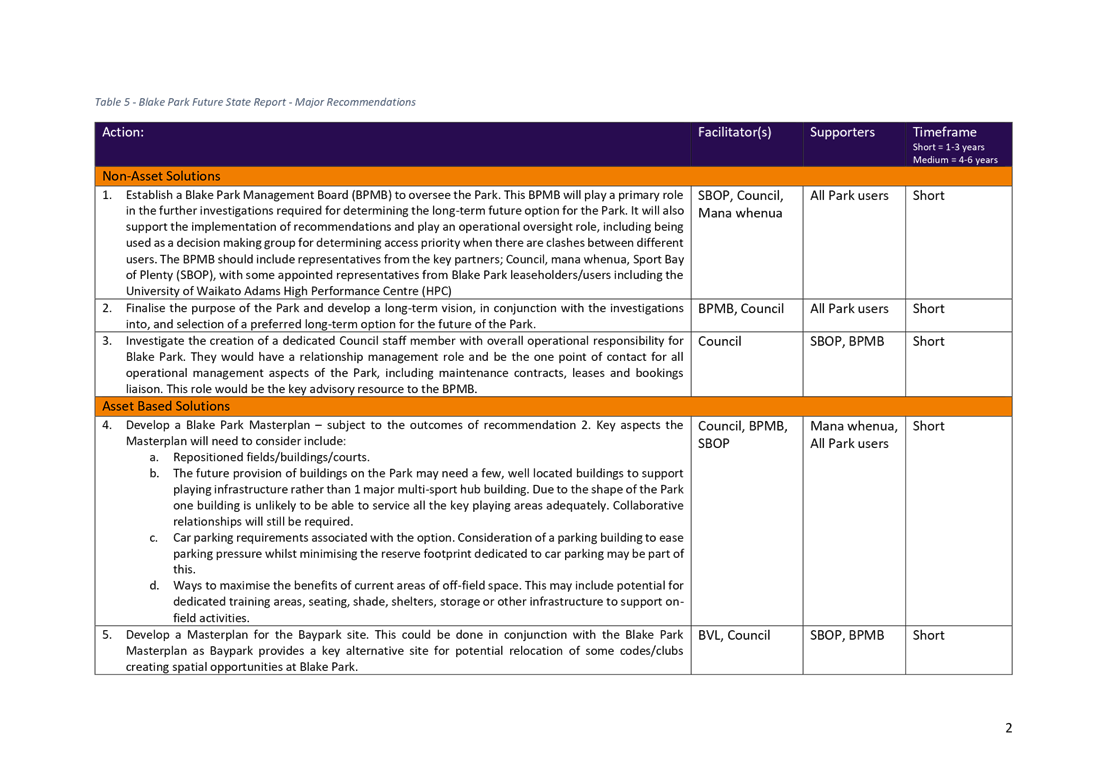

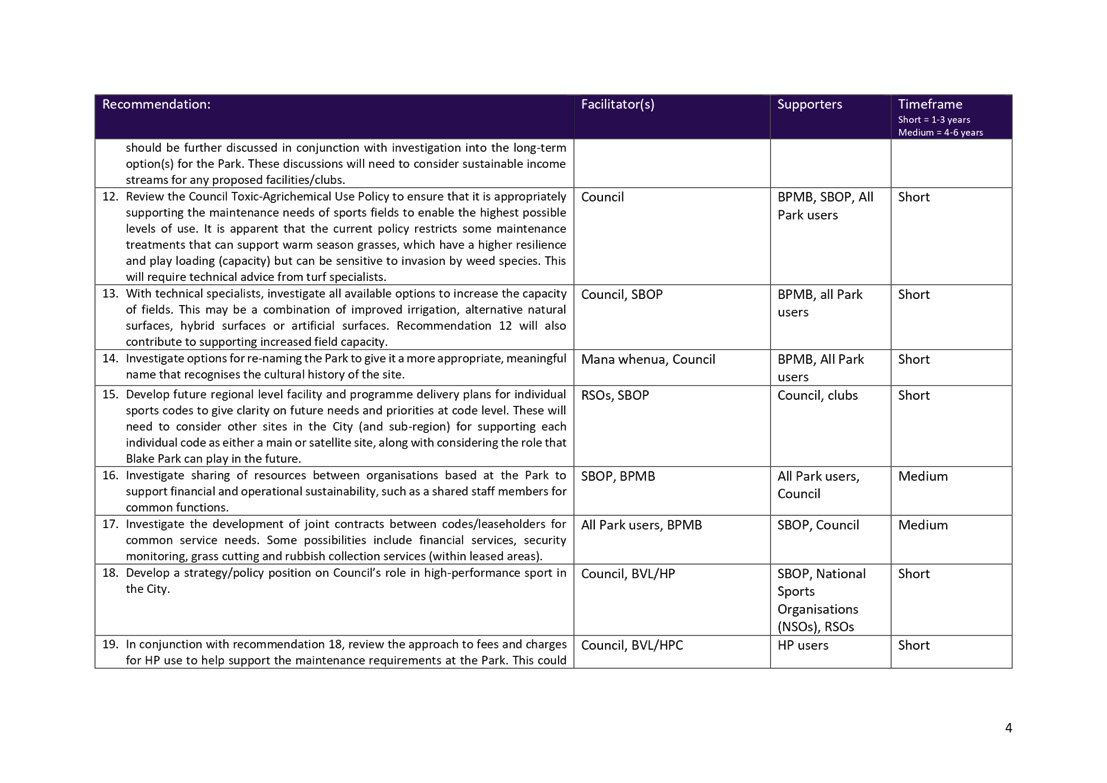


|
Ordinary Council meeting Agenda
|
24 March 2022
|


|
Ordinary Council meeting Agenda
|
24 March 2022
|





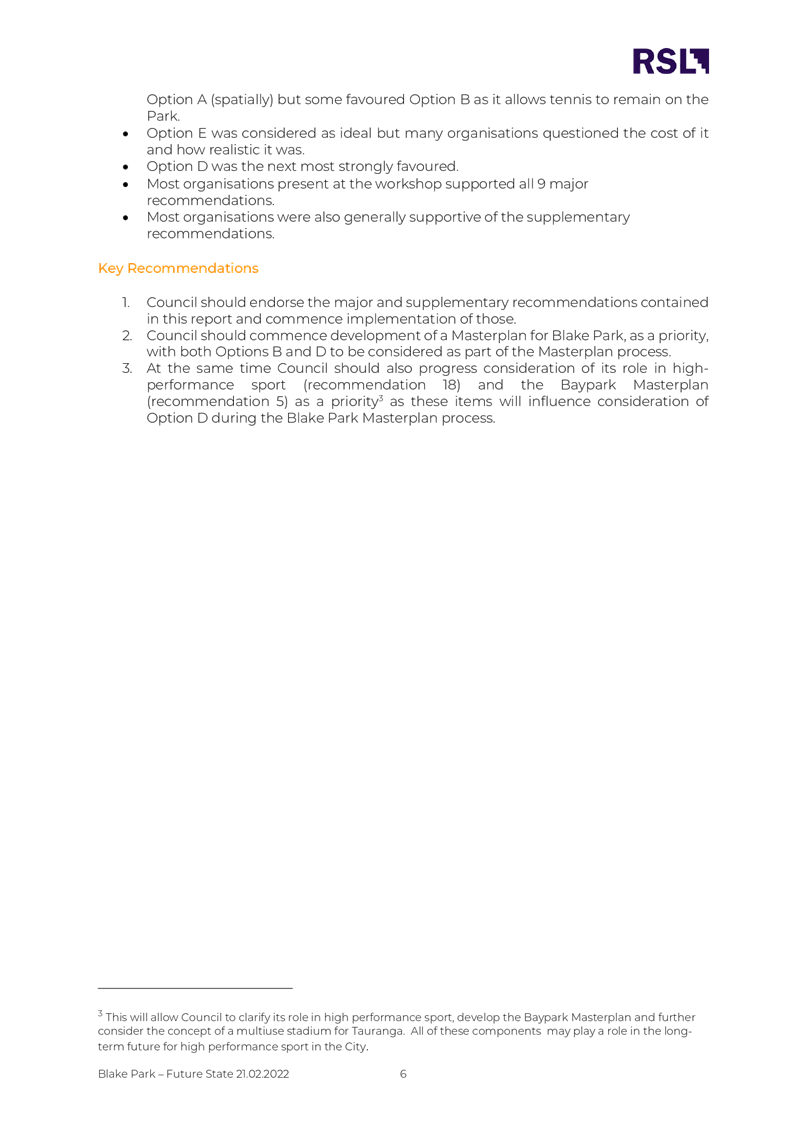






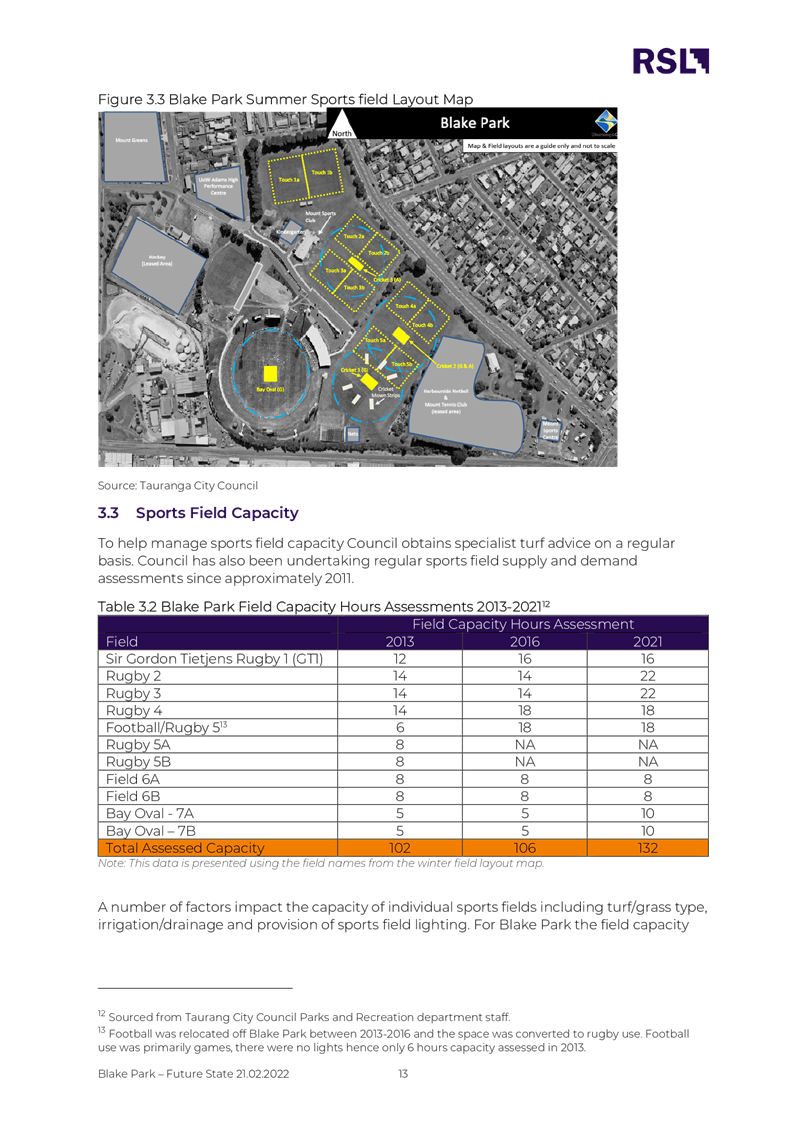
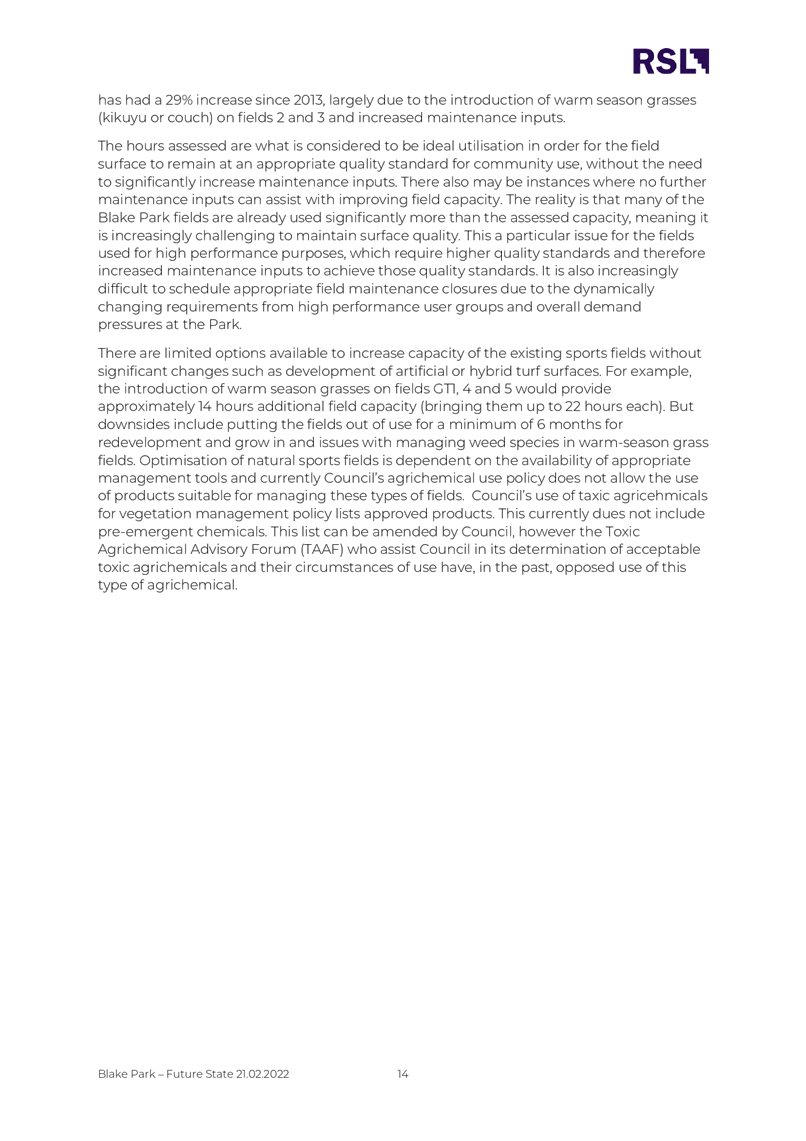
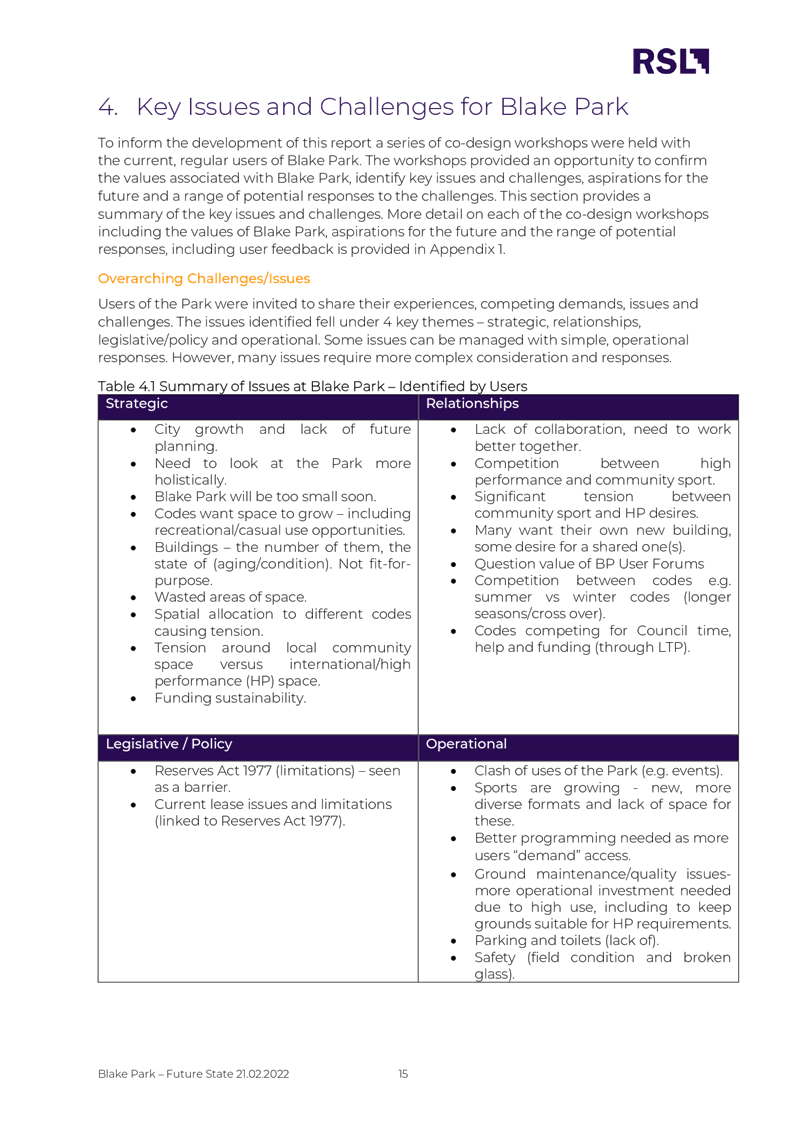










11.5 Traffic
& Parking Bylaw 2012 - Amendment 35
File
Number: A13288575
Author: Will
Hyde, Senior Transportation Engineer
Authoriser: Nic
Johansson, General Manager: Infrastructure
Purpose
of the Report
1. To
obtain approval from the Commission to introduce amendments to the appropriate
Attachments within the Traffic and Parking Bylaw 2012
|
Recommendations
That the Council:
(a) Receives the Traffic and Parking Bylaw 2012 Amendments Report.
(b) Adopts the proposed amendments to the Traffic and Parking Bylaw 2012
Attachment as per Appendix B, effective from 25 March 2022.
|
Executive
Summary
2. The
Traffic and Parking Bylaw 2012 includes Attachments each of which lists various
traffic and parking restrictions.
3. Council
can amend the Attachments by Council Resolution.
4. This
report sets out amendments to the following:
(a) Attachment 7.1: No Parking
Behind Kerb
(b) Attachment 7.2: Prohibited
Stopping and Standing of Vehicles
5. These
amendments are proposed to reflect and support operational and safety needs on
the road network, which have arisen following the opening of a new school (Te
Manawa o Papamoa located on Te Okuroa Drive, Papamoa).
Background
6. Te
Manawa o Papamoa Primary School commenced operation at the start of Term 1 in
February 2022. At that time, no parking controls had been introduced on
the roads surrounding the school.
7. A
new pedestrian (zebra) crossing is due to be constructed on Te Okuroa Drive
prior to Term 2. The crossing is located adjacent to the school and will
be the main crossing point for pupils walking to and from the south.
8. A
significant proportion of pupils are driven to and from the school. The
lack of parking controls, combined with a general desire to park as close as
possible to the school, results in significant parking and traffic congestion
around the main pedestrian entrance to the school and in the vicinity of the
imminent pedestrian crossing (refer to Appendix A for a plan showing the proposals).
9. It
is the opinion of the Network Safety and Sustainability team that this
constitutes a significant safety hazard to pedestrians, many of whom are year 1
– 6 children.
10. To
mitigate the risk of harm it is proposed to introduce parking restrictions in
the general vicinity of the school’s road frontages, including the
imminent pedestrian crossing, in the form of yellow ‘No Parking’
lines on nearby roads and ‘No Parking Behind Kerb’ restrictions for
the adjacent berms.
11. Effects
on parents and caregivers driving to the school will be minimal as there is
ample parking immediately beyond the area covered by the proposed restrictions,
and the school has a dedicated pick-up and drop-off area on-site.
12. The
proposed changes are summarised in Appendix A and detailed in Appendix B.
Strategic / Statutory
Context
13. The amendments
achieve the vision and strategic transport priorities to help make our network
safer and easier for people to get around the city.
Financial Considerations
14. Negligible
– the associate signs and markings costs can be accommodated within
existing budgets.
Legal Implications /
Risks
15. The bylaw amendment is needed to allow enforcement
of changes deemed necessary for safety and amenity purposes.
Consultation /
Engagement
16. The
principal of Te Manawa o Papamoa school has been made aware of the proposed
parking restrictions through liaison with the TCC TravelSafe team, and fully
supports the proposal.
17. Public
consultation prior to implementation is not proposed, as these parking
restrictions are considered an essential safety feature. However,
residents of adjacent properties will be notified in advance of the proposed
restrictions.
18. The
operation and effects will be monitored post-implementation (approximately
three months after), including reviewing any concerns raised by local
residents. If required, and subject to any effects on safety being
acceptable, changes to the restrictions will be made.
Significance
19. The
Local Government Act 2002 requires an assessment of the significance of
matters, issues, proposals and decisions in this report against Council’s
Significance and Engagement Policy. Council acknowledges that in some
instances a matter, issue, proposal or decision may have a high degree of
importance to individuals, groups, or agencies affected by the report.
20. In
making this assessment, consideration has been given to the likely impact, and
likely consequences for:
(a) the current
and future social, economic, environmental, or cultural well-being of the
district or region.
(b) any persons who are likely to be
particularly affected by, or interested in, the decision.
(c) the capacity of the local authority to
perform its role, and the financial and other costs of doing so.
21. In
accordance with the considerations above, criteria and thresholds in the
policy, it is considered that the decision is of low significance.
ENGAGEMENT
22. Taking
into consideration the above assessment, that the decision is of low significance,
officers are of the opinion that no further engagement is required prior to
Council making a decision.
Attachments
1. Appendix
A - Plan of proposal - A13288811 ⇩ 
2. Appendix B - T&P
Bylaw Amendment 35 - A13288813 ⇩ 
|
Ordinary Council meeting Agenda
|
24 March 2022
|

|
Ordinary Council meeting Agenda
|
24 March 2022
|


12 Discussion
of Late Items
13 Public
Excluded Session
RESOLUTION TO
EXCLUDE THE PUBLIC
|
Recommendations
That the public be
excluded from the following parts of the proceedings of this meeting.
The general subject
matter of each matter to be considered while the public is excluded, the
reason for passing this resolution in relation to each matter, and the
specific grounds under section 48 of the Local Government Official
Information and Meetings Act 1987 for the passing of this resolution are as
follows:
|
General subject of each matter to be
considered
|
Reason for passing this resolution in
relation to each matter
|
Ground(s) under section 48 for the
passing of this resolution
|
|
13.1 - Public Excluded Minutes of the Council
meeting held on 21 February 2022
|
s7(2)(i) - The withholding of the information is
necessary to enable Council to carry on, without prejudice or disadvantage,
negotiations (including commercial and industrial negotiations)
|
s48(1)(a) - the public conduct of the relevant
part of the proceedings of the meeting would be likely to result in the
disclosure of information for which good reason for withholding would exist
under section 6 or section 7
|
|
13.2 - Te Maunga Pond 1 Desludging
|
s7(2)(b)(ii) - The withholding of the information
is necessary to protect information where the making available of the
information would be likely unreasonably to prejudice the commercial
position of the person who supplied or who is the subject of the
information
s7(2)(i) - The withholding of the information is
necessary to enable Council to carry on, without prejudice or disadvantage,
negotiations (including commercial and industrial negotiations)
|
s48(1)(a) - the public conduct of the relevant
part of the proceedings of the meeting would be likely to result in the
disclosure of information for which good reason for withholding would exist
under section 6 or section 7
|
|
13.3 - Sale of Elder Housing
|
s7(2)(i) - The withholding of the information is
necessary to enable Council to carry on, without prejudice or disadvantage,
negotiations (including commercial and industrial negotiations)
|
s48(1)(a) - the public conduct of the relevant
part of the proceedings of the meeting would be likely to result in the
disclosure of information for which good reason for withholding would exist
under section 6 or section 7
|
|
13.4 - The Sale of Pitau Road and
Hinau Street Elder Housing Villages
|
s7(2)(i) - The withholding of the information is
necessary to enable Council to carry on, without prejudice or disadvantage,
negotiations (including commercial and industrial negotiations)
|
s48(1)(a) - the public conduct of the relevant
part of the proceedings of the meeting would be likely to result in the
disclosure of information for which good reason for withholding would exist
under section 6 or section 7
|
|
Confidential Attachment 2 - 11.3 -
Active Reserves - actions to increase capacity
|
s7(2)(h) - The withholding of the information is
necessary to enable Council to carry out, without prejudice or disadvantage,
commercial activities
|
s48(1)(a) the public conduct of the relevant part
of the proceedings of the meeting would be likely to result in the
disclosure of information for which good reason for withholding would exist
under section 6 or section 7
|
|
14 Closing
Karakia































































































































































